4 Advanced Wildlife Photography Tips
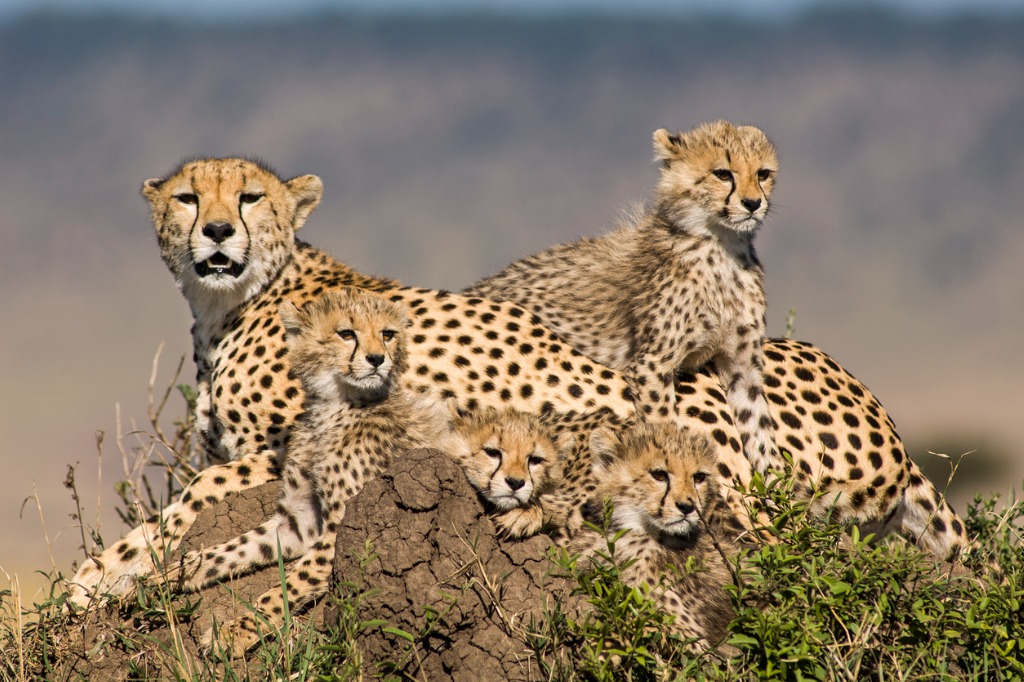
photo bydrferry via iStock
I’m sure many photographers would like to know how to take better wildlife photos or perhaps how to photograph wildlife in general. You’ve found the right place!
Photographing wildlife can be an exceptionally rewarding endeavor, and with these advanced wildlife photography tips, you’ll be better prepared to capture gorgeous images.
Let’s get started!
The Basic Tips
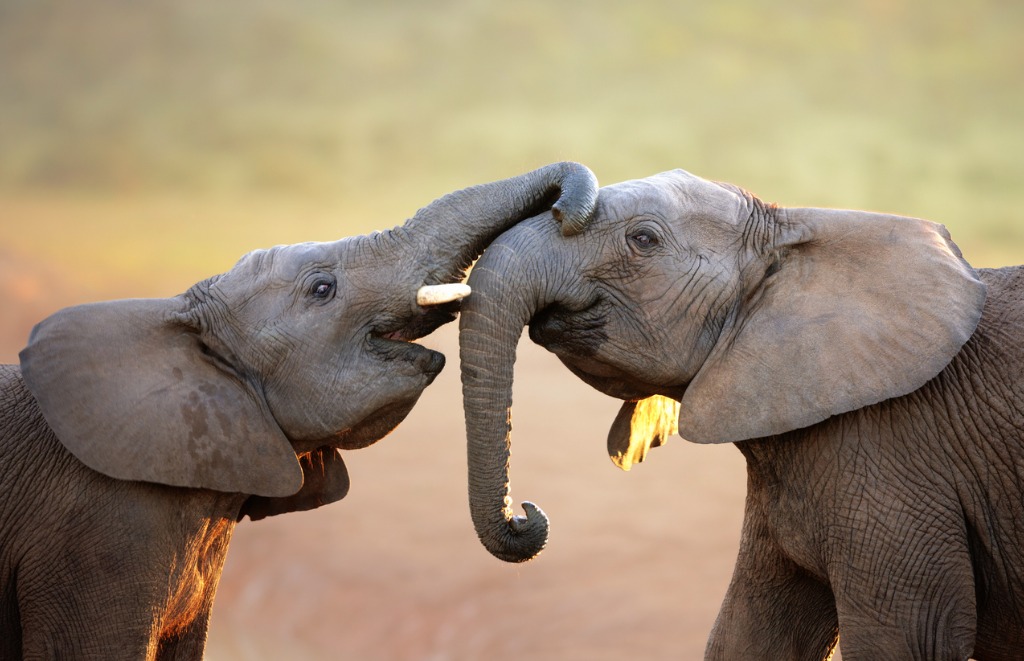
photo byjohan63 via iStock
We already know the basic wildlife photography tips of how to photograph animals and wildlife. Use a long lens to isolate the subject but don’t be afraid of normal or wider lenses for including the surroundings, try to have fast shutter speeds for action stopping but also allow for motion blur to imply speed of action, and use composition tips such as Rule of Thirds or negative space to achieve a nice view.
Using the right equipment is only half the story, being able to control it to achieve the wanted results is vital as well. So we learn all of the functions and features of our camera and practice the techniques of wildlife photography so that they become comfortable and familiar, allowing us to concentrate on the photography.
Here are 4 other advanced wildlife photography tips to take your images to the next level.
Focus Points
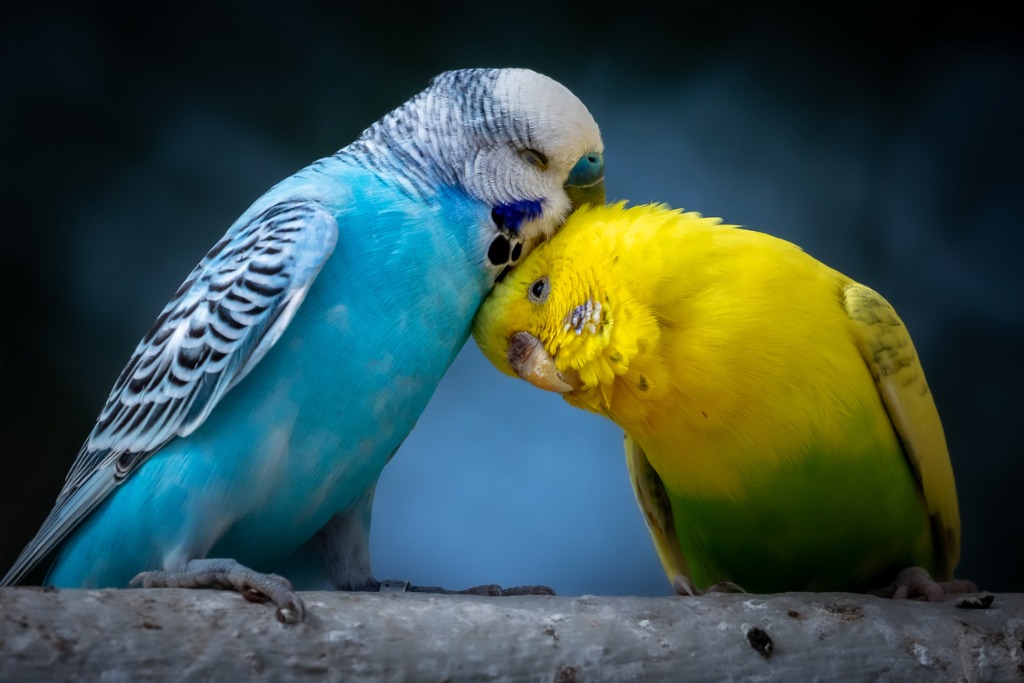
photo byWerner Baumgarten via iStock
Autofocus is one of the best advances in modern photographic equipment, allowing us to get sharp photos in many varied situations. Modern AF is actually so good, many professionals use it for most of their work.
The advanced technique is how to make AF work even better. Choosing the right focus points and AF modes will get you better wildlife images.
Some cameras have an incredible amount of focus points, these points are activated by predictive programs or can be assigned and chosen by means of shooting modes or physically assigning them.
For wildlife photography tips, choosing a few or even one focus point puts you in control of what to focus on and what can be ignored by the camera automation. Some cameras have available modes such as eye focus automation, but you will want to practice with these modes first before relying on them 100% for capturing your wildlife images.
Using one or a centralized small group of focus points is very helpful when shooting for selective focus techniques. Learning the back focus button technique is also a nice option.
Other aspects of AF control are the settings for continuous AF or single shot AF modes. Most cameras allow the shutter to be released regardless of focus status when set for continuous, while single shot allows shutter release only when focus is confirmed.
Continuous AF can be very useful when tracking wildlife motion, but the odds of being slightly off focus, especially with long lenses and selective focus, are high enough to require our careful attention while shooting.
Learn More:
- The Canon 7D Mark II Is a Great Budget Camera for Wildlife Photography
- Wildlife Photography Tips for Bad Weather
Embrace the Elements
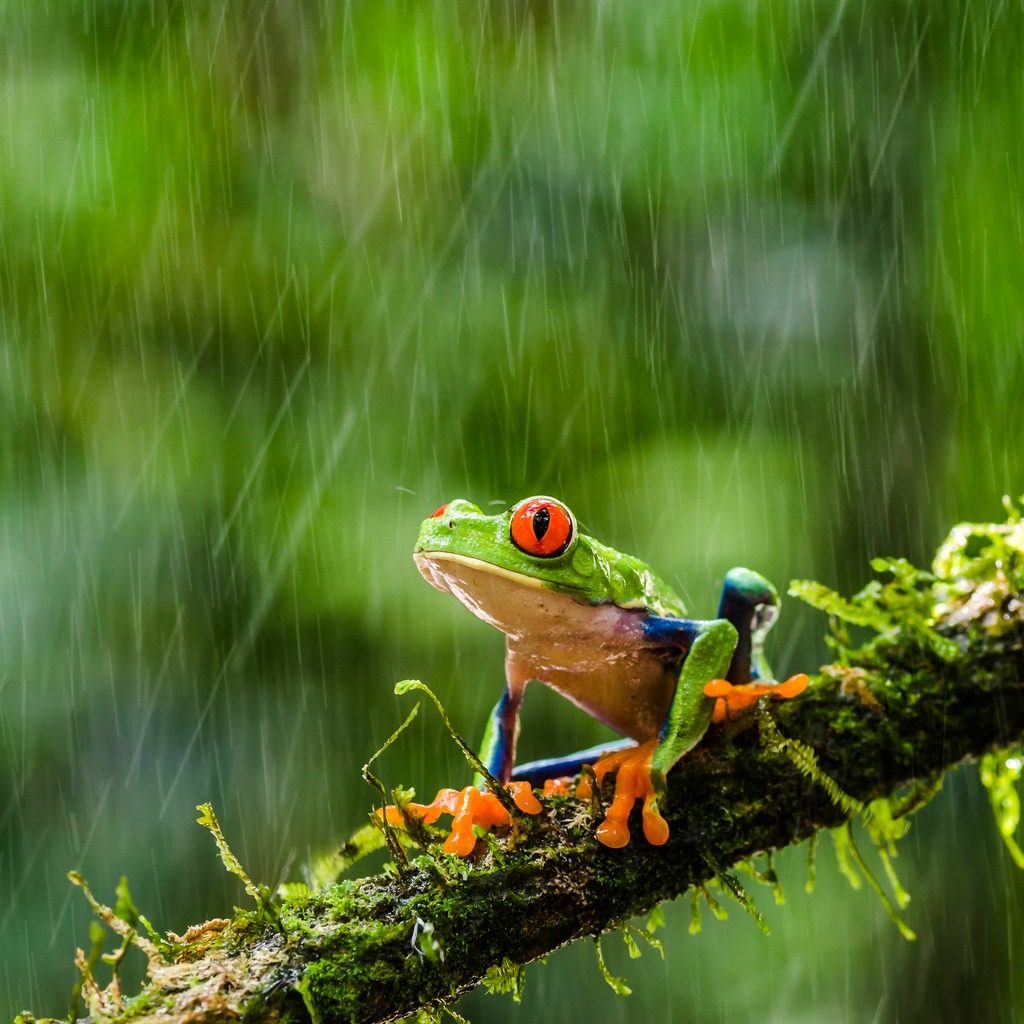
photo byRimenPix via iStock
Since we’re covering advanced wildlife photography tips, it pretty much is a given that we will be outside ourselves. Even in the relatively mild wilderness of being outside near our home in the city or the suburbs, the weather conditions can have an immediate impact on our imaging choices.
Sometimes, the wildlife we’re seeking seem to enjoy inclement weather more so than a bright, clear, sunny day. So, we need to be prepared with adequate protection for ourselves and our camera gear.
Much of this protection is stuff we probably already have, but if not, moisture wicking undergarments are essential gear for outdoor photography in every season. Especially will moisture wicking socks be a welcome addition to your outdoor wardrobe.
Camera protection can be simple or sophisticated. Simple gear can be as simple as a plastic bag and rubber bands. More sophisticated camera protection will range from specialty made plastic bags for your specific type of camera gear, to rain shields that mount to the camera like a canopy, all the way up to underwater housings good for as deep as 300 feet or more.
Clear lens filters and hard lens hoods are important for many wildlife photographers, as they add an extra layer of damage protection from bumps and pokes and blowing things.
Concealment
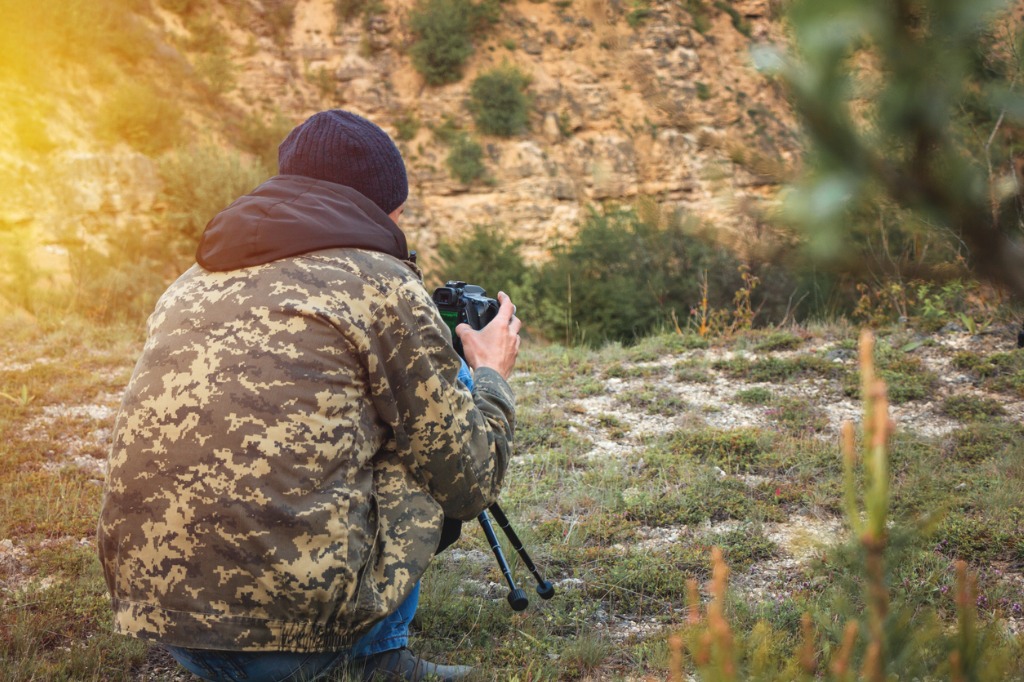
photo byRudenko Taras via iStock
In addition to protecting us and our camera gear from the elements, some of that same gear can also be used as a form of concealment and stealth.
A trip to a local outdoor gear store that caters to a wide range of outdoor enthusiasts, such as hunting, fishing, camping, and outdoor sports, will teach us how much can be found and how concealed, or not, we want to be for our wildlife photography.
If our cameras have silent modes, these are also useful for concealing our intrusion into their habitat. Many current lenses use silent focus motors, we can turn off all beeping notices, and if we have a mirrorless camera we can be almost completely silent, though DSLRs can be quieted down quite a bit by different settings and by using some of the weather proofing gear already discussed.
Work When They Do
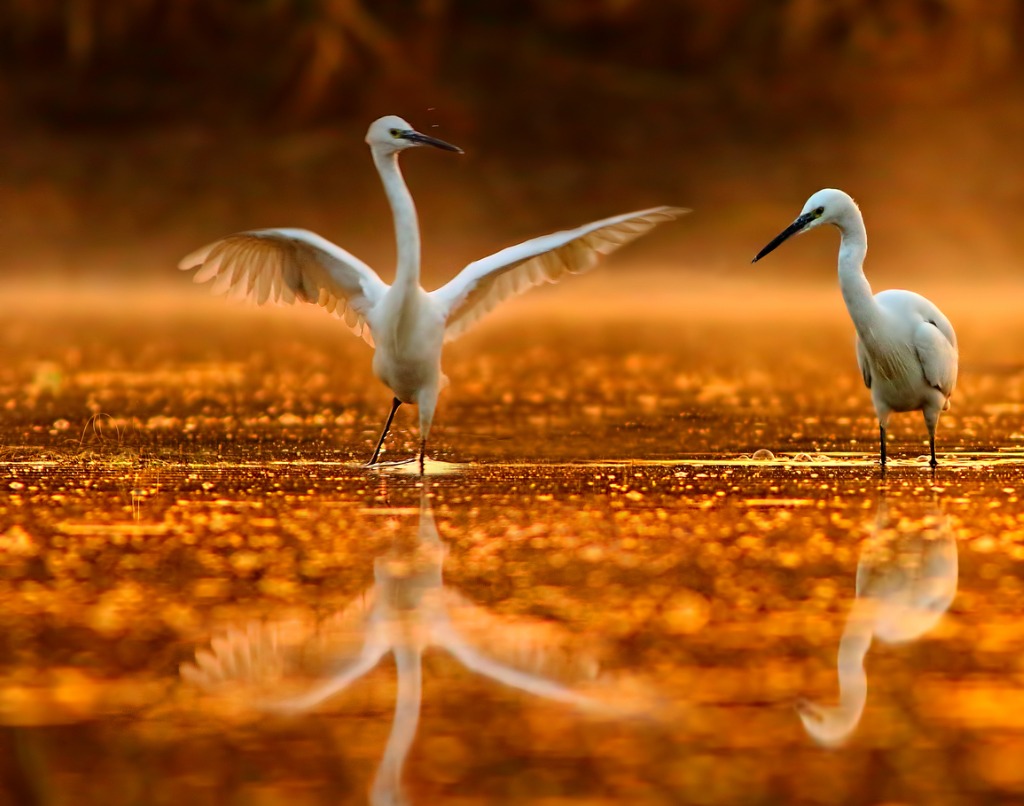
photo byTahirAbbas via iStock
Unlike that old cartoon, animals rarely punch time clocks, so we will need to know when and where our photography targets will be active and available for imaging opportunities.
A lot of animals are very active at times some of us may consider to be outside our normal work hours, such as at dusk and dawn. A little research will go a long way in our figuring out when to try to take our wildlife photos.
Take full advantage of these and other advanced wildlife photography tips for increasing your enjoyment of this fascinating genre.
Learn More:
We Recommend
Be Bear Aware: How to Photograph Bears Safely
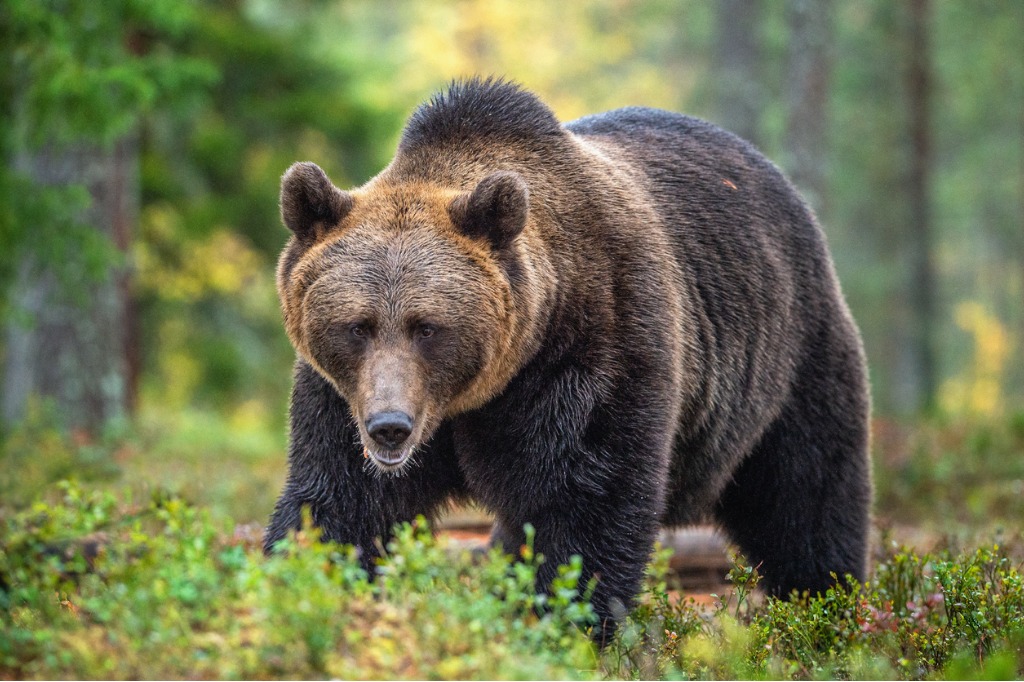
photo byUSO via iStock
In order to get great photos of wildlife, we have to be concerned with more than photographic techniques, we also should be concerned with how to photograph bears safely.
Even when we’re not necessarily out to photograph wildlife, we still need to be bear aware. Just being in the wild requires a certain level of diligence. So let’s look at a few wildlife photography safety tips.
Be Prepared
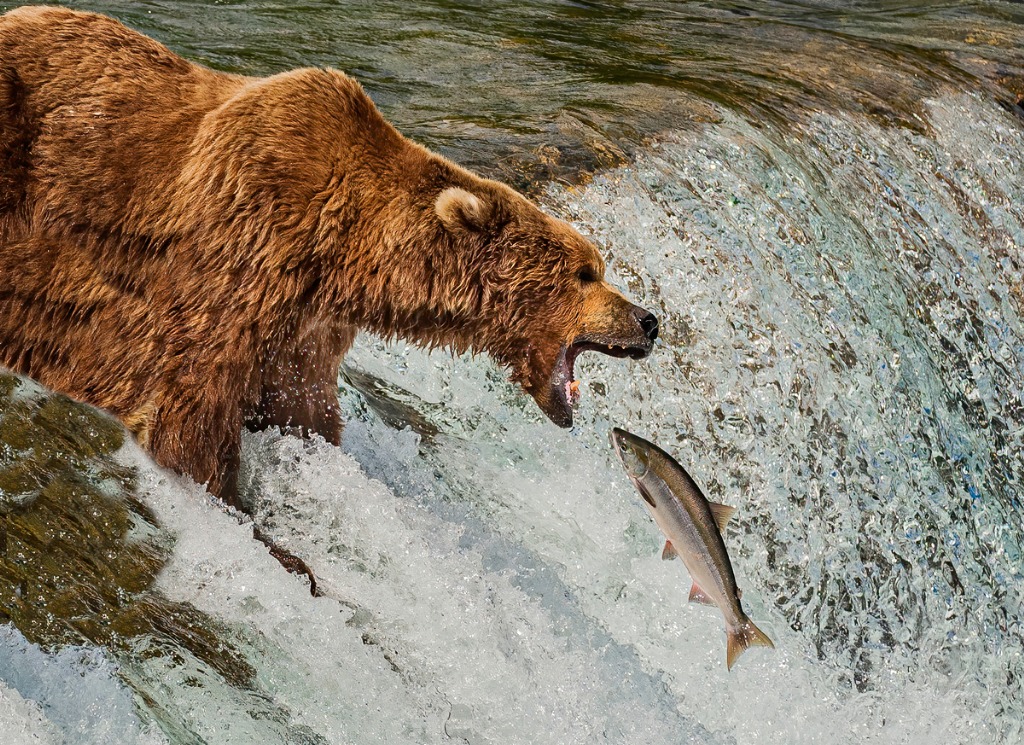
photo byGerald Corsi via iStock
Whenever we’re out in nature, the Boy Scout motto of “Be prepared” is a good way to engage in wildlife photography. What does being prepared mean for bear photography or other animals? For one thing, it’s a good idea to know just what wildlife is in the area and what times some of them may be more likely to be active.
It’s more than just bears we should be aware of. In some of the national parks and in some other rural areas, we could run into bison, elk, moose, wolves, coyotes, snakes, and even predatory birds. All of these make excellent subjects for wildlife photography and each of them have certain dangers associated with them.
Don’t Stand So Close

photo byrusm via iStock
The biggest issue I see among casual wildlife photographers, especially in some of our national parks, is that they get too close to the animals. Most professional wildlife photographers have techniques for photographing bears safely that involve some pretty special equipment such as very long, very fast telephoto lenses.
Whenever I see a news report of people standing right in front of a bison or elk, I think that they must be aware of how dangerous it is to be within striking range of a giant, unpredictable creature with sharp things pointing out of their head.
Few people would make such a huge mistake when involved in bear photography, but when dealing with “just an elk” or moose, they let down their guard. This has resulted in countless injuries and a few deaths.
Remember, the operating word in wildlife is “wild.” Actually, a domesticated dog or a cow can be dangerous when provoked, wildlife is even more unpredictable.
Learn More:
- The Canon 7D Mark II Is a Great Budget Camera for Wildlife Photography
- Wildlife Photography Tips for Bad Weather
Use Long Lenses
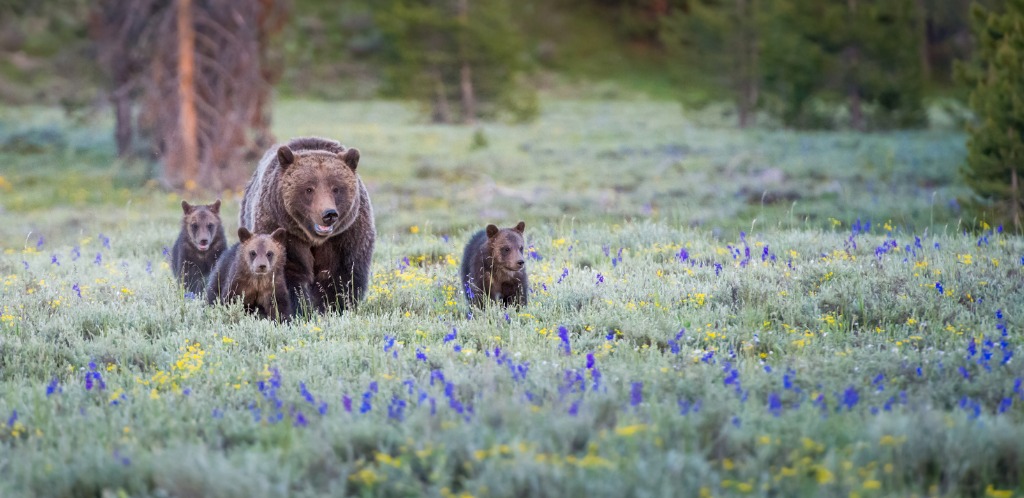
photo byJillian Cooper via iStock
We have a lot of options for telephoto lenses with our interchangeable lens cameras. If we’re using an APS-C format mirrorless camera, we have a great setup for wildlife photography. The reason that’s so good for wildlife photographers is because of the crop factor of APS-C vs Full Frame and also because mirrorless cameras can use a huge variety of lenses with an adapter.
Crop Factor is an often misunderstood subject for beginners so you might want to look at our articles that cover formats and crop factors. But the bottom line is that a mirrorless APS-C camera gives us an apparent but very usable advantage with telephoto lenses.
Interestingly, many professional wildlife photographers choose APS-C format pro level or prosumer level cameras for their wildlife photography. A lot of the prosumer cameras have weather sealing and advanced features that make nature and wildlife photography easier to capture.
Bump Up the ISO
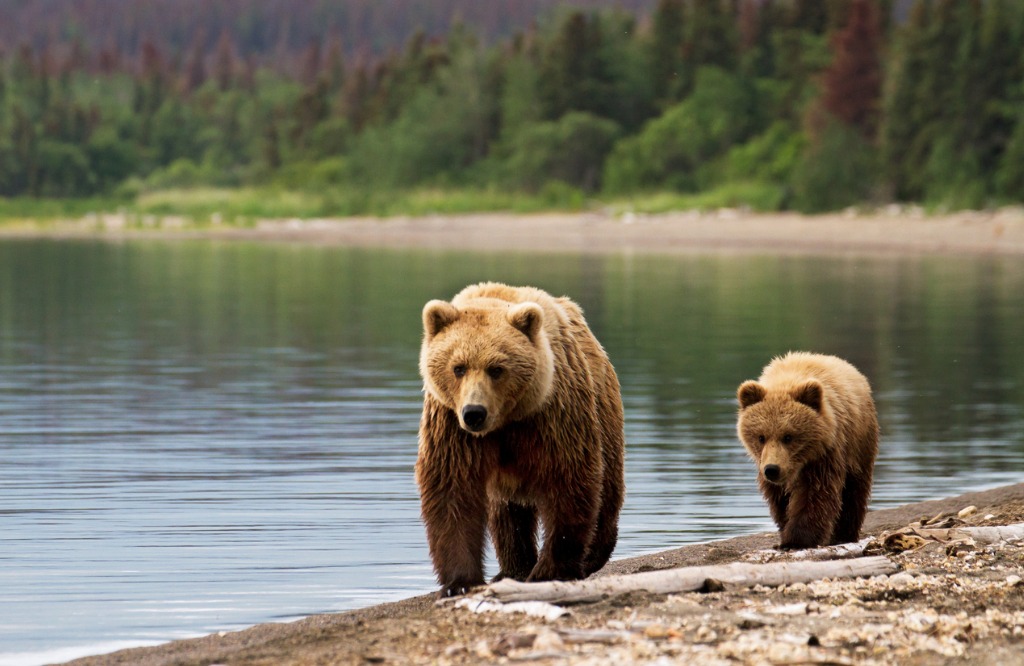
photo byfedericoriz via iStock
With many of the newest cameras, we can capture incredibly sharp images at higher ISO levels. What this means for wildlife photography is that we can use faster shutter speeds even with longer lenses that have smaller maximum apertures.
Those older lenses we adapted to our mirrorless cameras or the new long telephotos with a reasonable price point tend to have slower maximum apertures than the super fancy and extremely expensive lenses many professionals would choose so being able to shoot at a higher ISO is one of the more useful wildlife photography tips for beginner nature photographers.
A Gimbal is Great
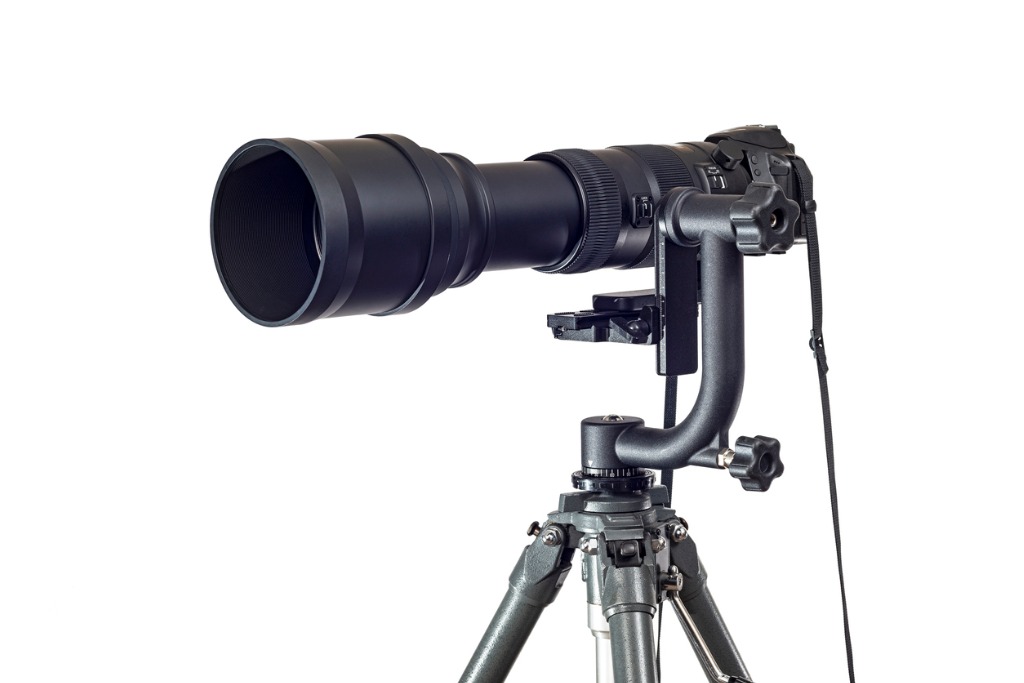
photo byWendellandCarolyn via iStock
You’ve probably noticed I keep coming back to telephoto lenses and the techniques and tools that are used in long telephoto photography as bear photography tips and general wildlife tips. That’s because telephoto lenses give us the distance from the subject that is better for how to photograph bears safely.
The other wildlife subject matter such as birds, deer, wildebeest, kangaroo, and bobcats are safest photographed from a distance, too, so telephoto lenses are a basic tool for how to photograph bears and other wild animals in natural settings.
Using very long telephoto lenses, especially if we don’t have the small car priced ultra fast super telephotos used by National Geographic and Sports Illustrated photographers, means we should use a tripod to ensure sharp and usable results. Even those super telephoto lenses are best served by a good tripod.
But, the wild creatures we’re seeking aren’t likely to stay still for us, so a tripod may slow us down some. That’s where the fantastic tripod tool called a gimbal head comes in for us. A gimbal for tripod use is different from the gimbals we use to stabilize an action cam.
A tripod gimbal head is a sturdy and secure mount for long telephotos that allows us to rapidly swing a camera around and up and down to follow action such as what you might run into when photographing sports and wild animals.
Safe Is Smart
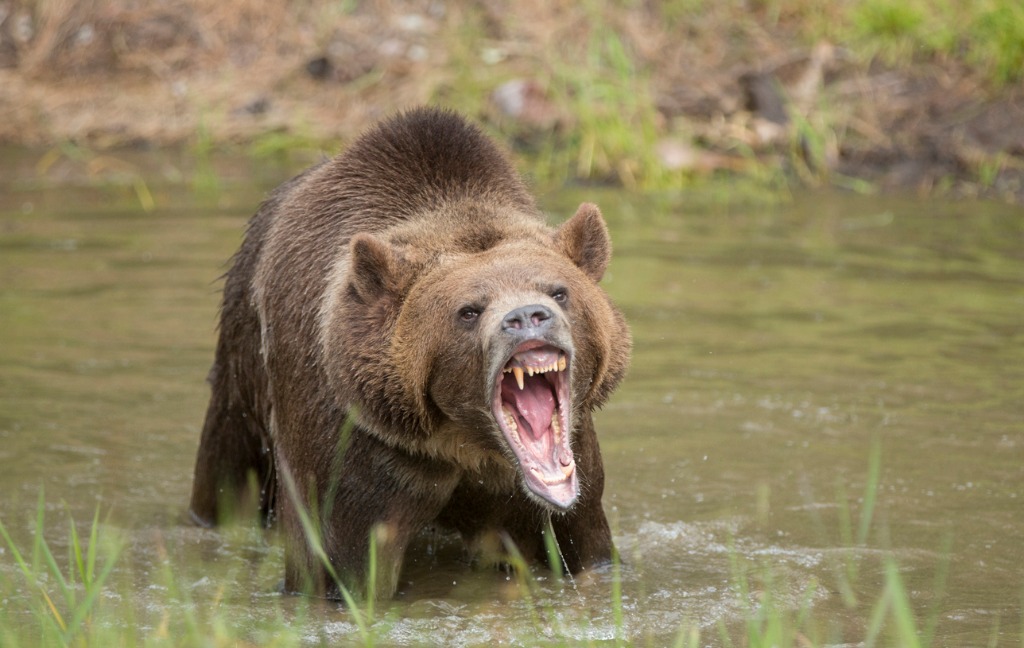
photo byJNevitt via iStock
Staying safe should be a primary concern whenever we’re in the great outdoors engaging in photography. A major method used by pros and enthusiasts alike for how to photograph bears and other wildlife safely is to keep your distance physically and get closer by means of telephoto lenses.
Our equipment choices aren’t required to be extremely costly, but certain types of gear and techniques to use them properly will result in us getting more images, better images, and more fun while staying safe as amatuer wildlife photographers.
Learn More:
- Basic Composition Tips for Wildlife Photography
- Beginner Wildlife Photography Tip: Basic Camera Settings
We Recommend
Brazil Photography and Travel Guide
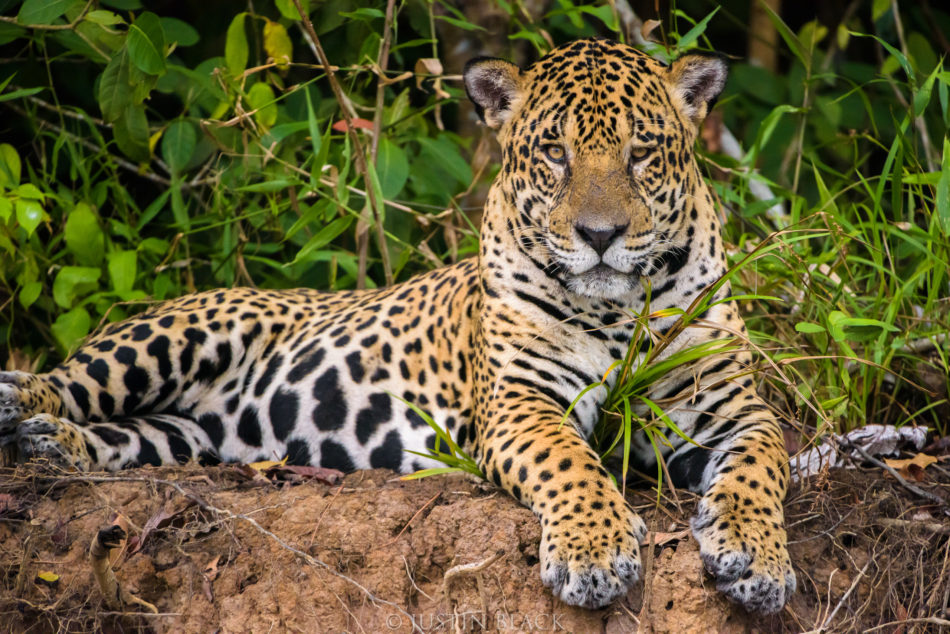
photo by Justin Black
National Geographic named the Pantanal, “Brazil’s Best Kept Secret,” because while most photographers have their eyes on the Amazon rainforest, the Pantanal truly has the most biodiversity.
The Pantanal is part national park, part UNESCO World Heritage site, and all a dream come true for landscape, nature, and wildlife photographers.
Plus, it’s huge at over 70,000 square miles. No wonder it’s Brazil’s best-kept secret! Even if you’ve visited the area before, you’ve probably barely begun.
While you’re planning your first trip to Brazil, don’t forget the Pantanal and don’t forget these tips and tricks to make the most of your time there.
What to Photograph in Brazil - Landscapes

Photo by Sébastien Goldberg on Unsplash
The Pantanal is the world’s largest freshwater wetlands, so it goes without saying that the landscapes here are breathtaking (and many are undiscovered). Because of the absence of roads, the Pantanal is both the landscape photographer’s best friend and worst enemy.
While there will be no people or manmade structures to obscure your views, there will also be a high chance of flooding and an even higher chance of not showering for a few days.
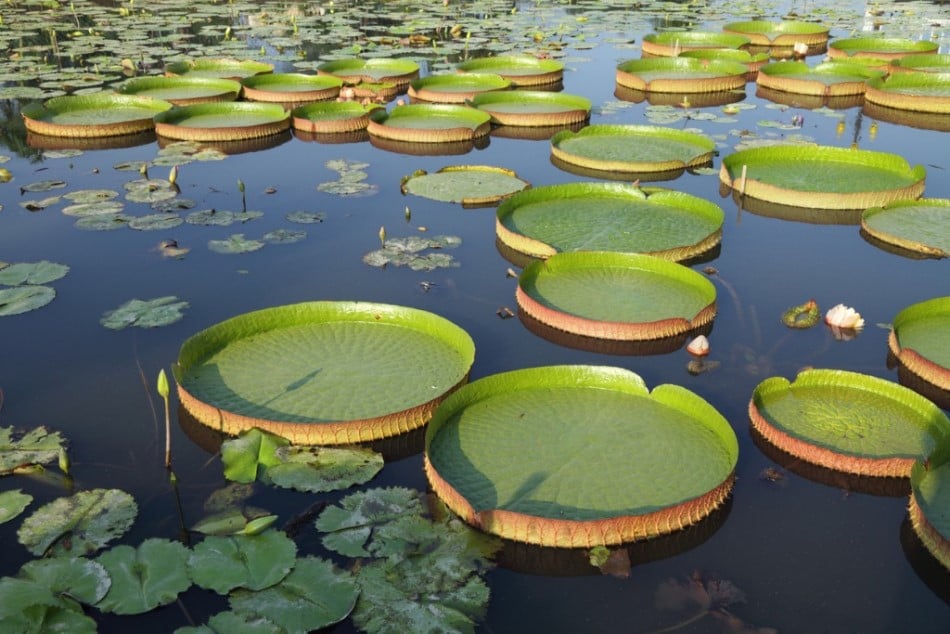
photo byVideowok_art via iStock
One of the prettiest landscapes in the Pantanal are the areas where giant lily pads lie in abundance.
Of course, while you’re out photographing these giant lily pads you will need to be hyper aware because anywhere there is water there are also caimans.
And it’s difficult to see them until you are almost on top of them. The hissing alone is enough to give you a heart attack!
What to Photograph in Brazil - Jaguars
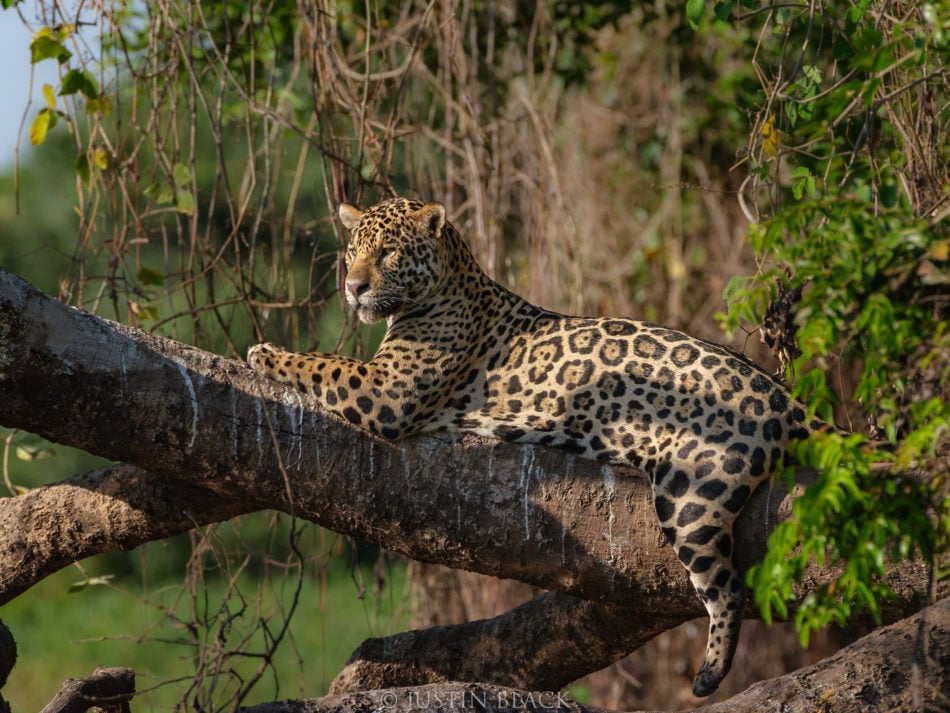
photo by Justin Black
The Pantanal’s biggest attraction is its abundance of jaguars. Jaguars are incredibly elusive in most parts of the world, considering there are only 64,000 of them in all of the Americas.
In the Pantanal there are 9 jaguars every 40 miles, the highest concentration anywhere in the world.
Plus, unlike the Amazon rainforest, the Pantanal is mostly open wetlands, so your chances of spying a jaguar are much higher. Imagine trying to photograph this through brown and black branches.
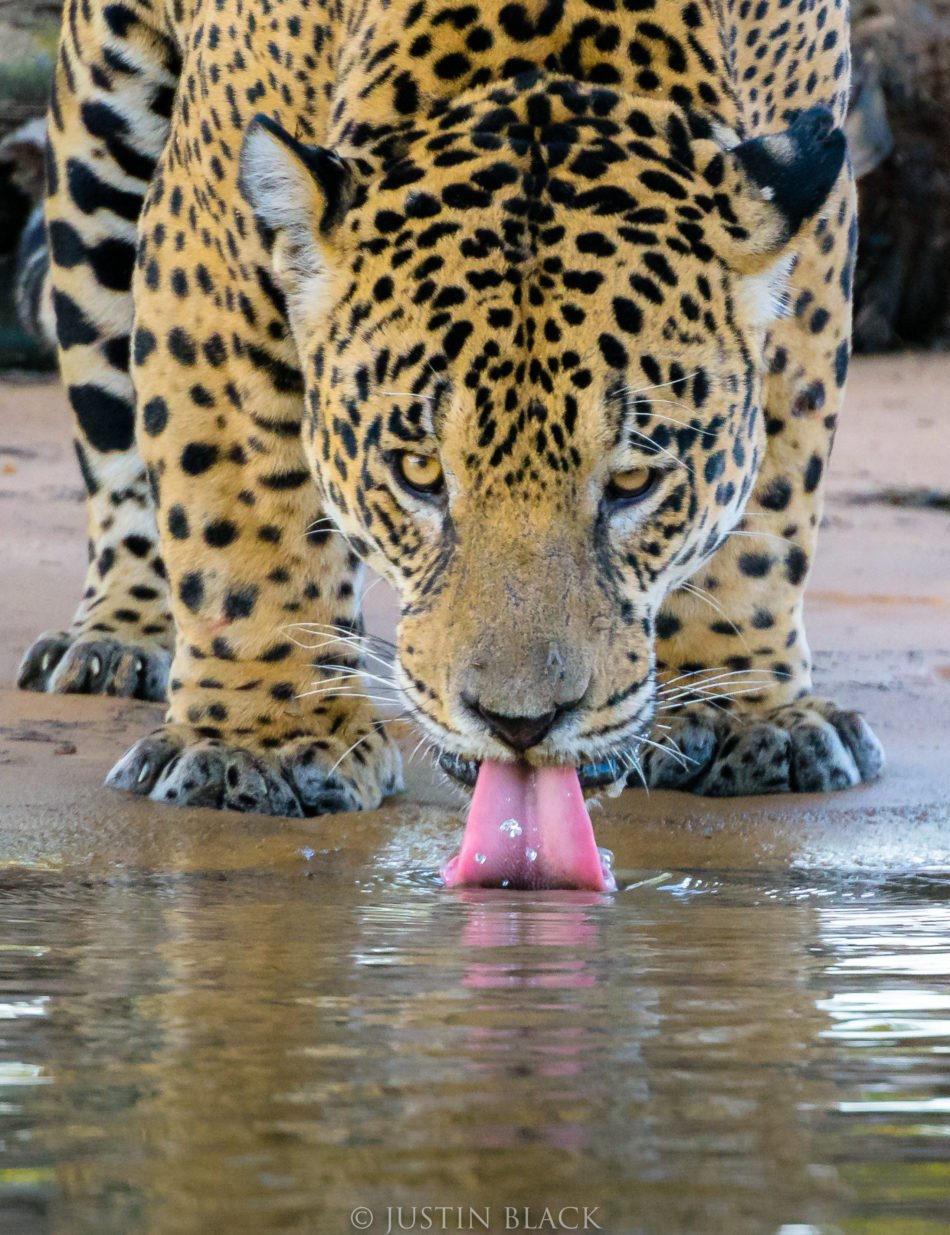
photo by Justin Black
While your chances of seeing a jaguar somewhere in the Pantanal are pretty high already, there are places where you are almost guaranteed to spot some jaguars.
The hotel Fazenda Santa Teresa, for example, has several wildlife observation towers. If you get up high, and if you get close to water, you will double your chances of the perfect shot.
If you are really serious about shooting jaguars on your trip, you will need to rent a boat or go on tour with a group that is planning on chartering one.
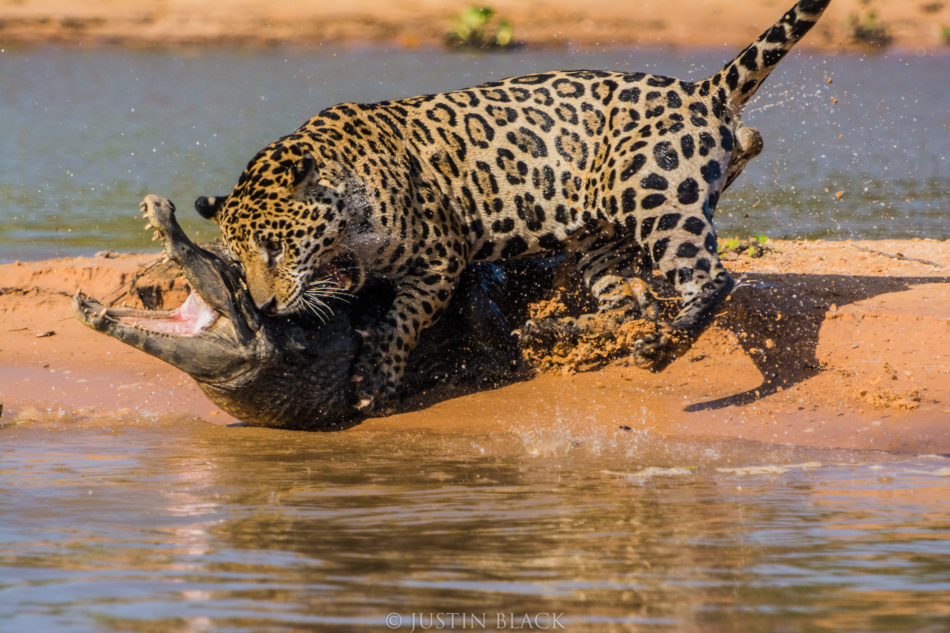
photo by Justin Black
The easiest place to photograph jaguars is along the water. This is where they come to drink and it is also where they hunt incredible beasts like caimans and capybaras.
It also helps your chances if you’re going to the Pantanal with an experienced host (more on that later).
What to Photograph in Brazil - Birds
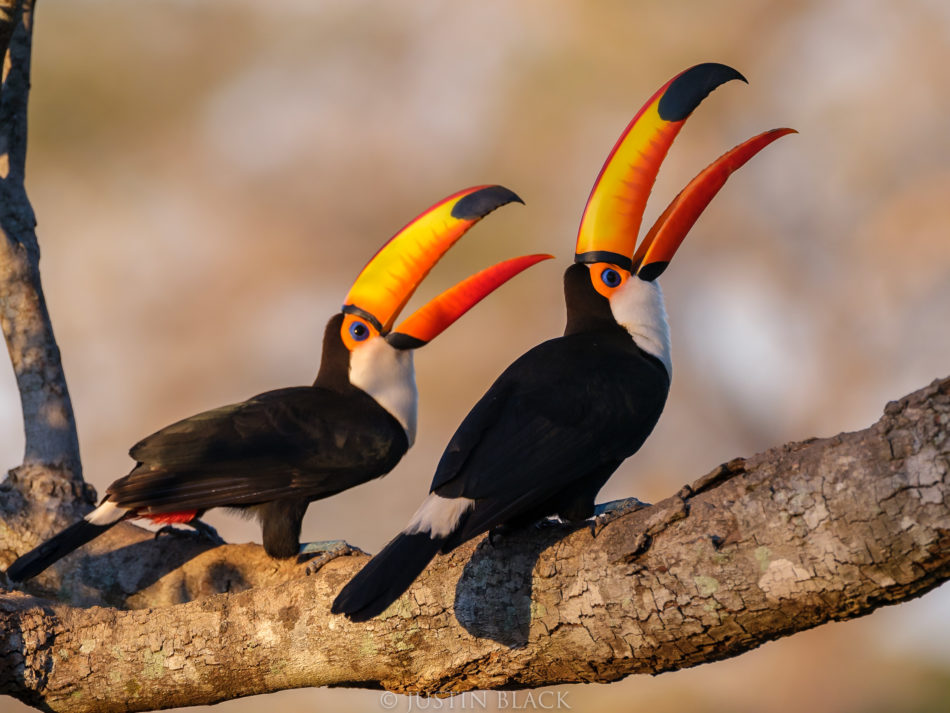
photo by Justin Black
The Pantanal is also known for housing nearly 377 (known) species of birds. It’s estimated that those 377 species probably make up about 81% of the area’s total bird species.
Among the birds you are bound to spot are toucans, parrots and herons. If you’re lucky, you can spot feeding frenzies of storks, ibis and jacanas.
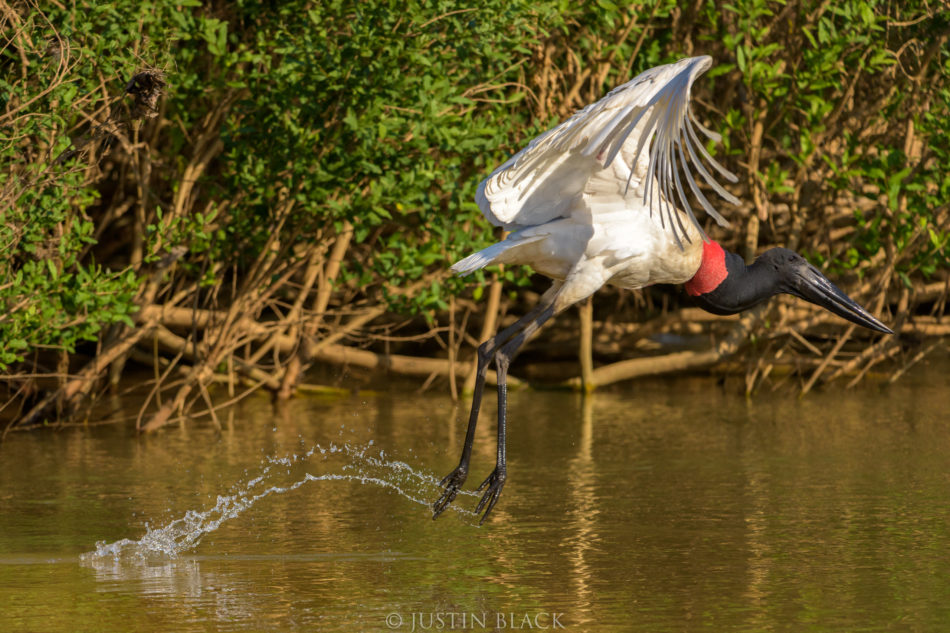
photo by Justin Black
If you venture deep enough into the Pantanal with your lodging choices, you can photograph birds right outside of your hotel room in the middle of the hot, sweaty days.
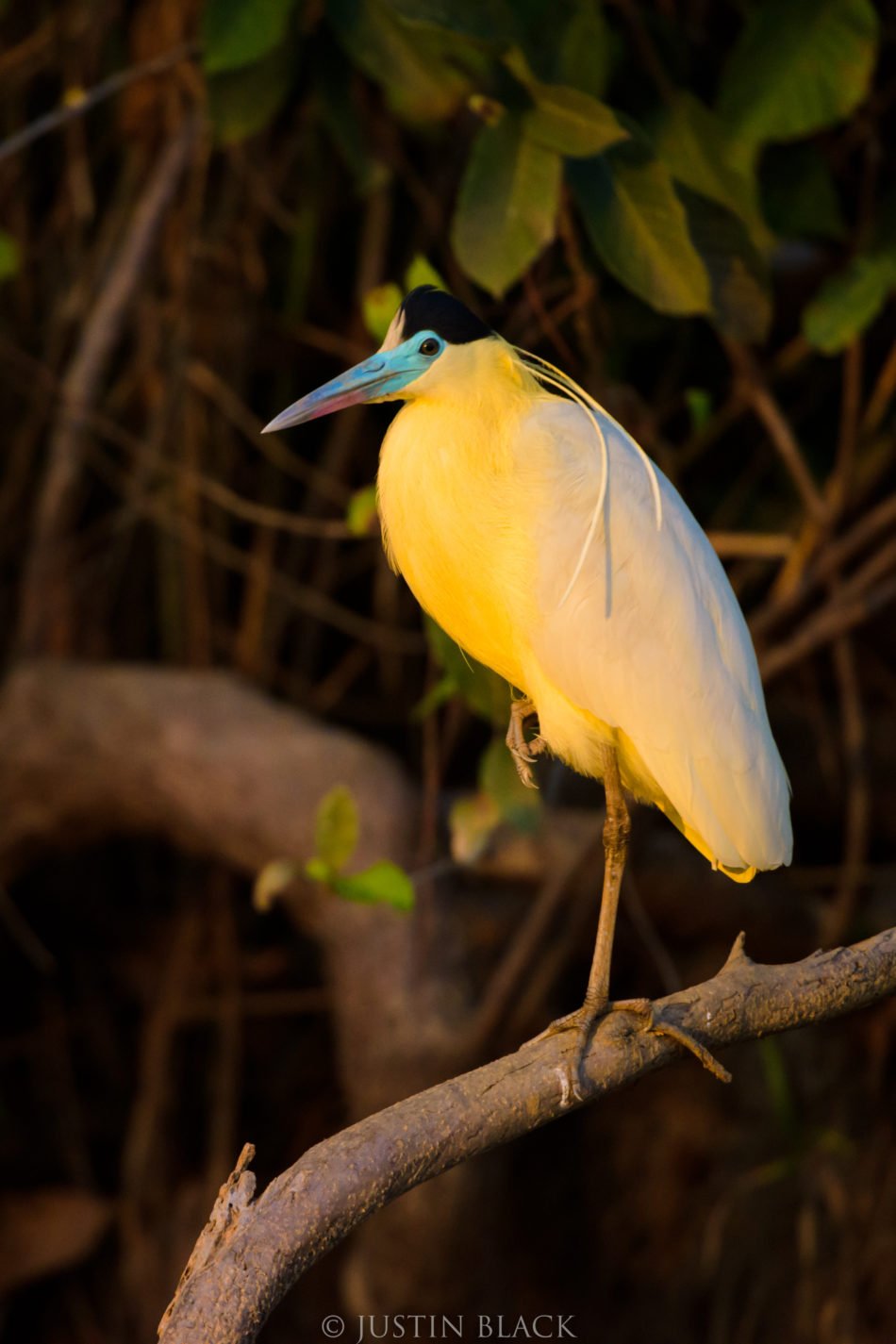
photo by Justin Black
It also helps to maximize your time in the Pantanal by staying in a variety of different lodges, so you are more likely to spot dozens of species instead of just the few that are nearest you.
How to Make the Most of Photographing Brazil
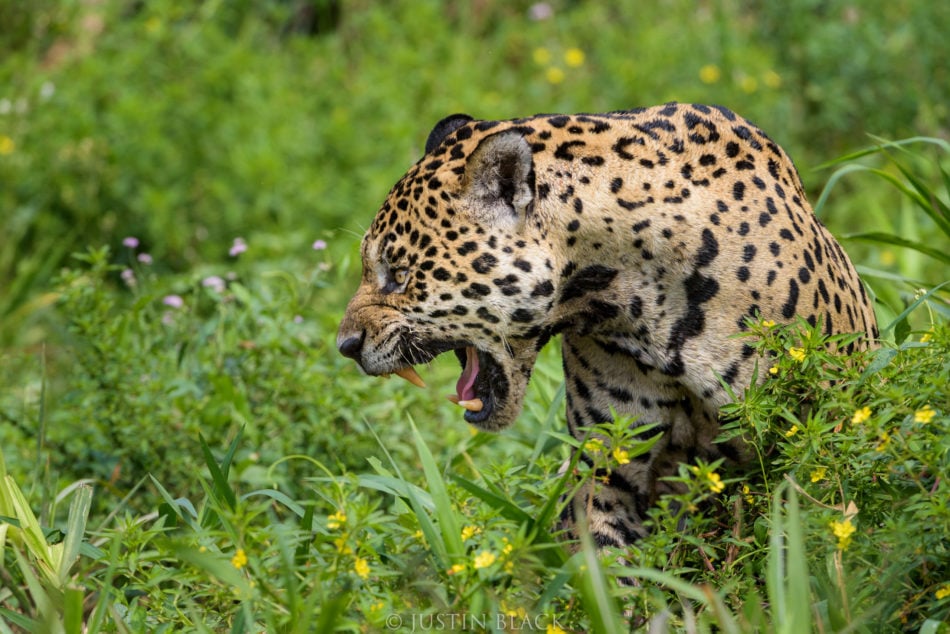
photo by Justin Black
I always say in order to make the best of a new travel destination you either need to do intense research or go with someone who has gone before.
Nobody knows the place best like a local, and nobody knows how to photograph the place best like a photography teacher.
Visionary Wild, a photography travel company, is hosting a Pantanal trip in 2020.
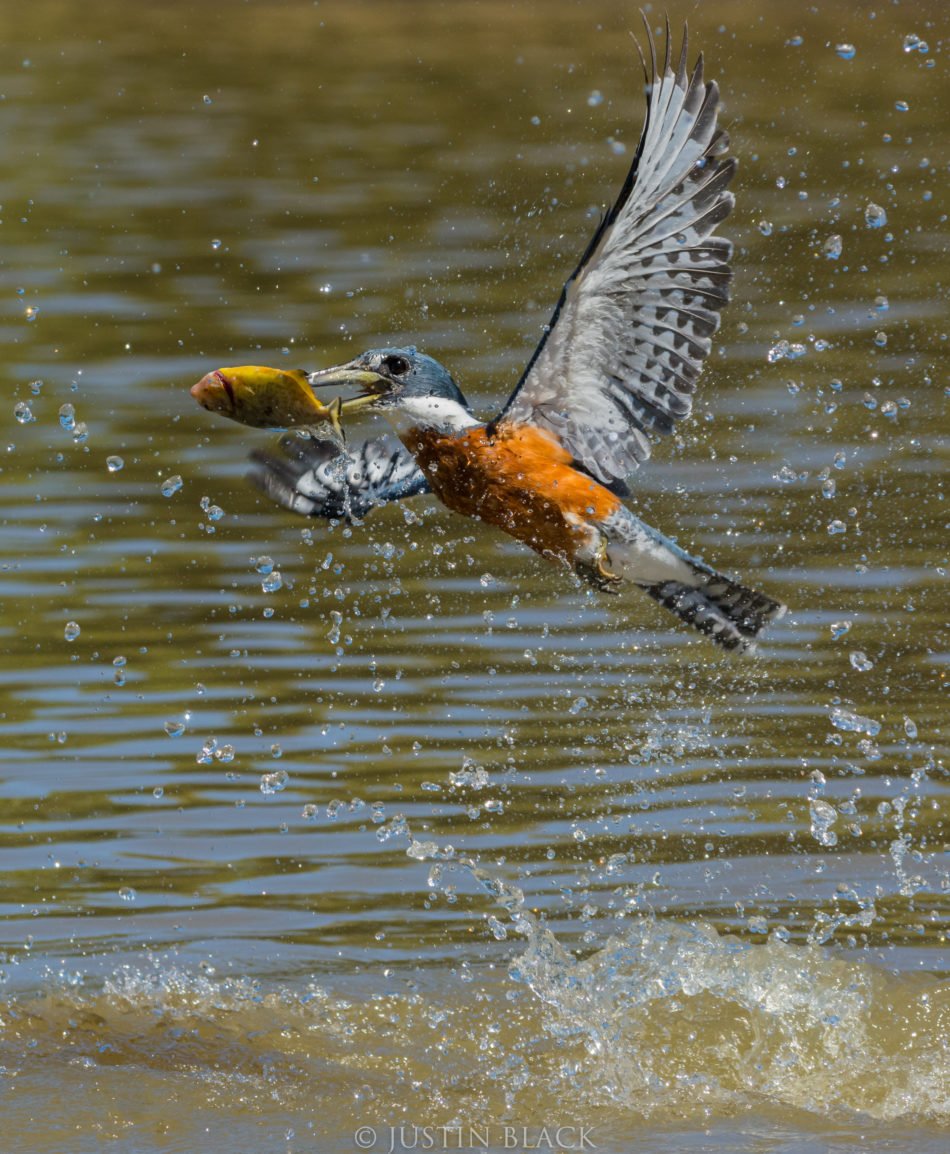
photo by Justin Black
This Pantanal trip will be the ninth trip with the company for the tour’s leader, Justin Black, so you can be sure all of your questions will be answered by someone who has had the same questions before.
The tour takes place from August 31 to September 10, 2020, and begins at around $10,000, which is a steal considering the number of locations you will be visiting.
Visionary Wild also isn’t like other photography travel companies because the tour guides are focused on active education throughout the trip.
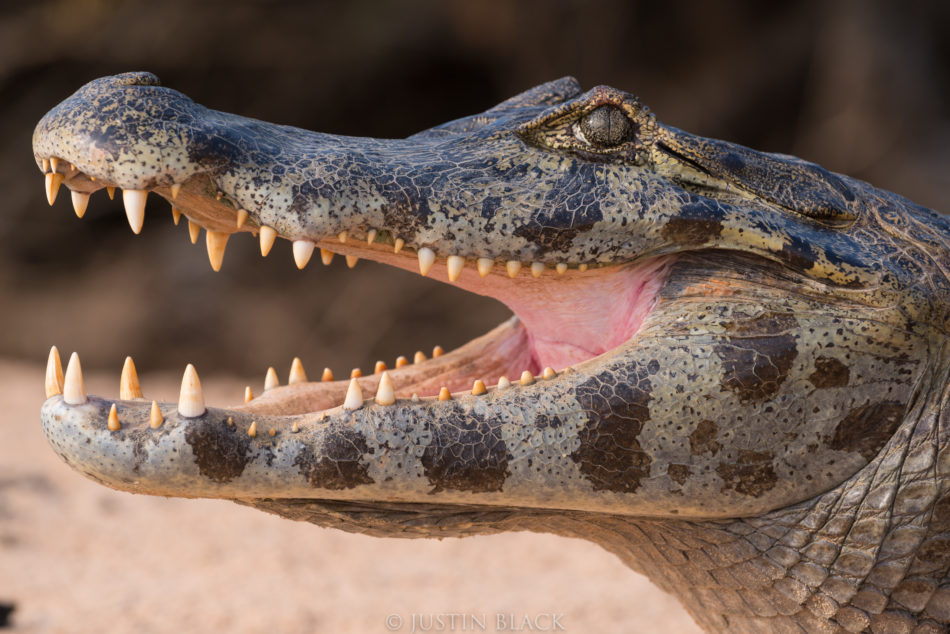
photo by Justin Black
While this education begins on the areas you will be staying and the flora and fauna you will be photographing, it also extends to the ways you are photographing these subjects.
You will be mentored one-on-one throughout the trip with your artistic expression as the focus. Sure, you will have your basic photography questions answered on any photography tour, but isn’t it better to be with a tour guide who can also help you convey the exact emotions you are trying to in your photos?
During Visionary Wild’s Pantanal trip you will stay in 3 different hotels and be able to focus on jaguars, landscapes, birds and a variety of other wildlife, all while networking with world-class photographers.
If that doesn’t sound like my ideal vacation, I don’t know what does!
We Recommend
Capturing the Majesty of African Big Cats: A Photographer's Guide
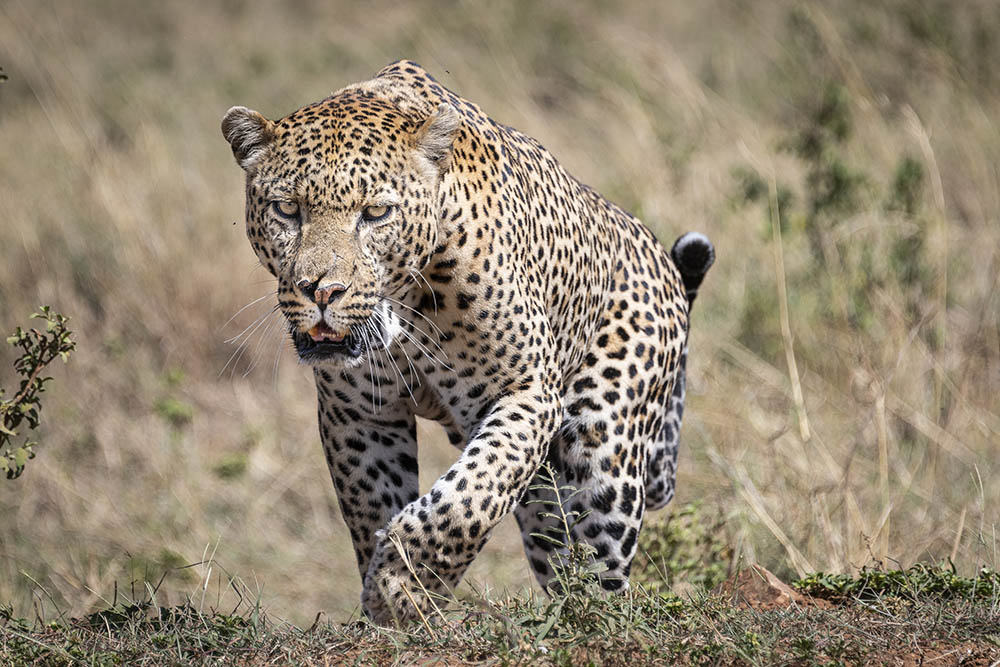
Photo courtesy of Exposure Tours
Embarking on a photographic safari in the heart of Africa, where the untamed wilderness echoes with the majestic roars and stealthy prowls of its iconic big cats, is a dream for any wildlife enthusiast. Capturing the essence of African lions, leopards, and cheetahs in their natural habitats requires more than just a keen eye and a good camera—it demands a profound understanding of their behaviors and the patience to wait for the wild to unveil its secrets.
In this guide to photographing African big cats, we dive into the intricate art of capturing these awe-inspiring creatures through the lens. We'll explore essential tips for capturing incredible photos and offer a host of breathtaking photos taken by my friend Bryan Pereira from Exposure Tours—a company at the forefront of crafting unforgettable photography adventures.
If you prefer to learn visually, you can check out my video above about photographing African big cats. The video and this article offer the same tips, so think of it like a choose-your-own-adventure situation!
Table of Contents:
- Understanding African Big Cats
- The Magic of Golden Hour
- Planning for Picture-Perfect Shots
- Safety First: Navigating the Wild with Nerves of Steel
- Eyes: The Gateway to Intimate Portrayals
- Balancing Close-Ups with Environmental Shots
- Background Matters: Composing the Perfect Shot
- Rule of Thirds for Visual Interest
- The Virtue of Patience in Wildlife Photography
- Elevating Your Photography with Photo Tours
Understanding African Big Cats: Background Research and Observations
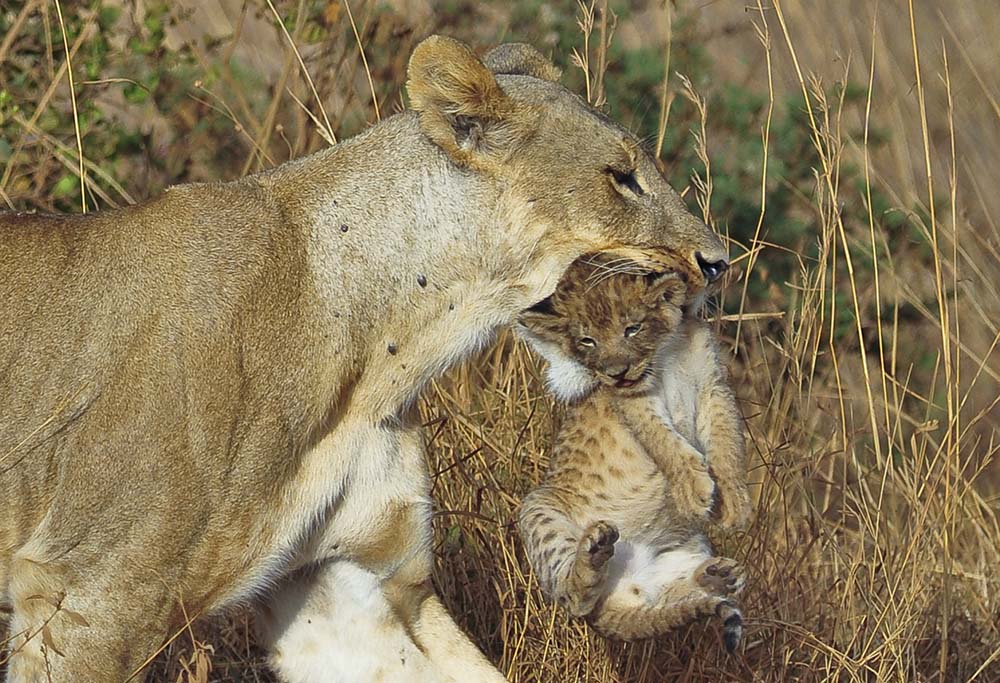
Photo courtesy of Exposure Tours
Before embarking on a photographic safari to capture the enigmatic beauty of African big cats, it is essential to invest time in comprehensive background research and keen observations. This phase involves diving into the intricate details of the behavior, habits, and social dynamics of these magnificent creatures.
Background Research
Conducting thorough background research provides crucial insights into the daily routines, preferred habitats, and unique characteristics of African big cats. This knowledge serves as the foundation for anticipating their movements, facilitating a more strategic approach to photography. By understanding the ecological roles of lions, leopards, and cheetahs, you gain a deeper appreciation for the delicate balance that exists within their ecosystems.
This is one of the advantages of photographing African Big Cats in the context of a photography tour - rather than having to become intimately knowledgeable of African big cats, you can rely on the decades of experience of guides like Bryan and companies like Exposure Tours to get you to the right place at the right time to capture incredible photos.
Observations
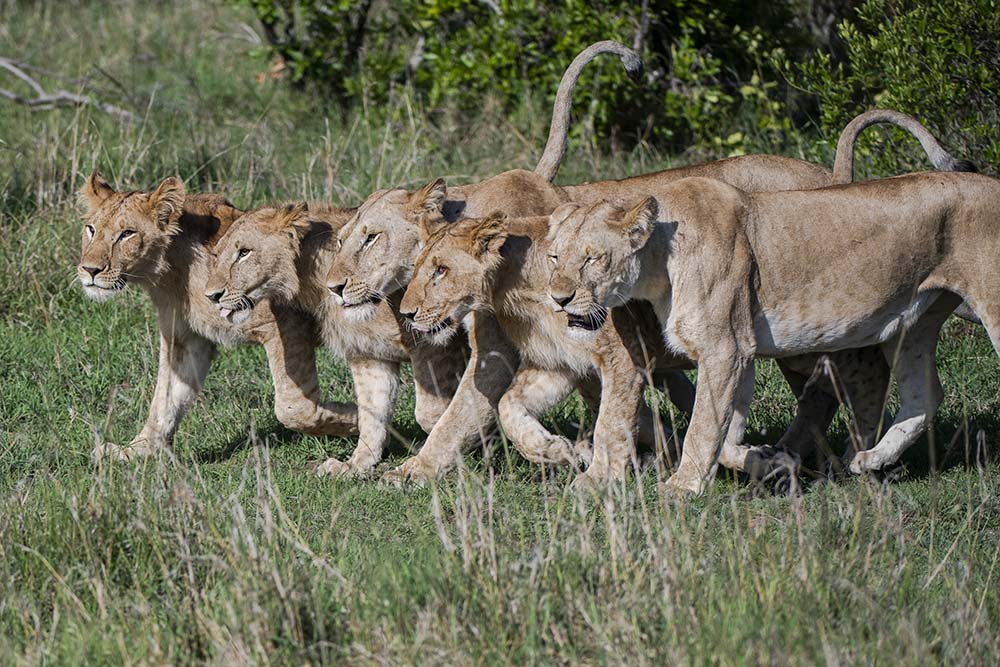
Photo courtesy of Exposure Tours
Direct observations in the field are equally vital. By spending time in proximity to these big cats, you can witness firsthand the nuances of their behavior. Whether it's observing a lioness in repose, a cheetah on the prowl, or a leopard stealthily navigating its territory, these moments contribute to a more nuanced understanding of their lives.
Notably, unexpected and unscripted events, like the interaction between younger and older lions, can present unique photographic opportunities that go beyond what research alone can predict.
Unique Characteristics of Different Species
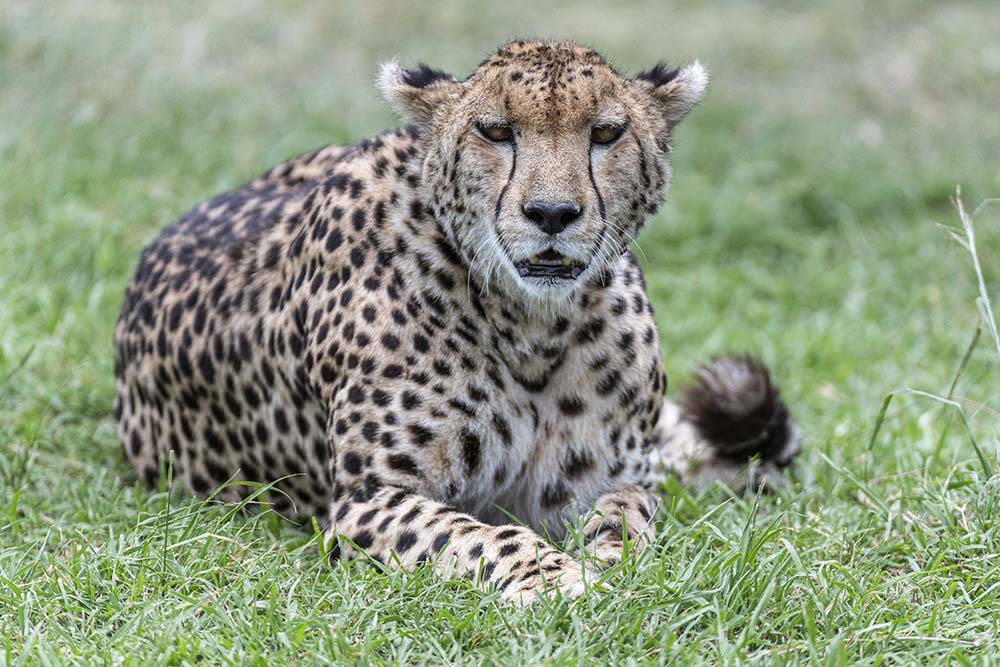
Photo courtesy of Exposure Tours
African big cats, including lions, leopards, and cheetahs, exhibit distinct characteristics that influence their behavior and interactions with their environments. Understanding these unique traits is essential for both safety and creating respectful, impactful photographs.
- Lion Behavior: Lions are known for their social structures, living in prides with complex dynamics. Understanding how they greet, communicate, and establish hierarchies is crucial for capturing authentic moments. The unexpected dynamics within a pride highlight the unpredictable nature of photographing lions.
- Leopard Elegance: Leopards, on the other hand, are solitary and elusive. Their ability to adapt to diverse habitats and their stealthy hunting techniques make them fascinating subjects. Knowing how leopards navigate their territories and react to their surroundings contributes to successful photographic encounters.
- Cheetah Speed and Agility: Cheetahs are renowned for their speed and agility. Knowledge about their hunting behavior and preferred environments provides photographers with the insights needed to capture these swift creatures in action. Anticipating their movements during hunting or playful moments enhances the chances of getting compelling shots.
The Magic of Golden Hour
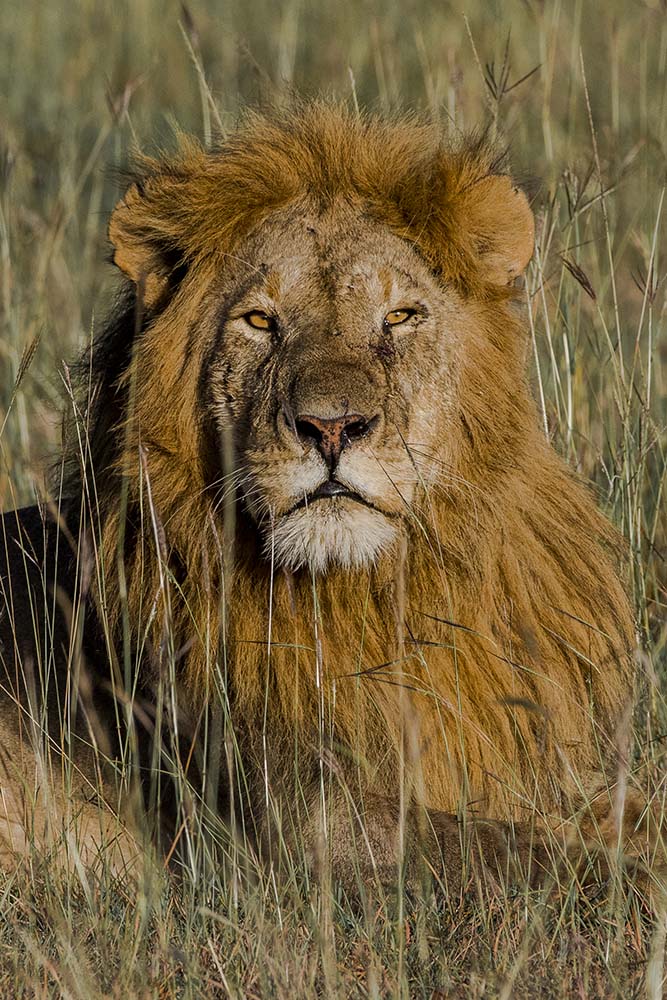
Photo courtesy of Exposure Tours
Needless to say, timing is crucial when photographing big cats in Africa...
Explore photographic opportunities during golden hour—early morning and late evening—to bathe the landscape in warm, soft light. This period coincides with the cats' most active times, allowing you to witness diverse activities.
On top of that, the quality of light during golden hour enhances textures and colors, elevating your big cat portraits from so-so to spectacular!
Planning for Picture-Perfect Shots
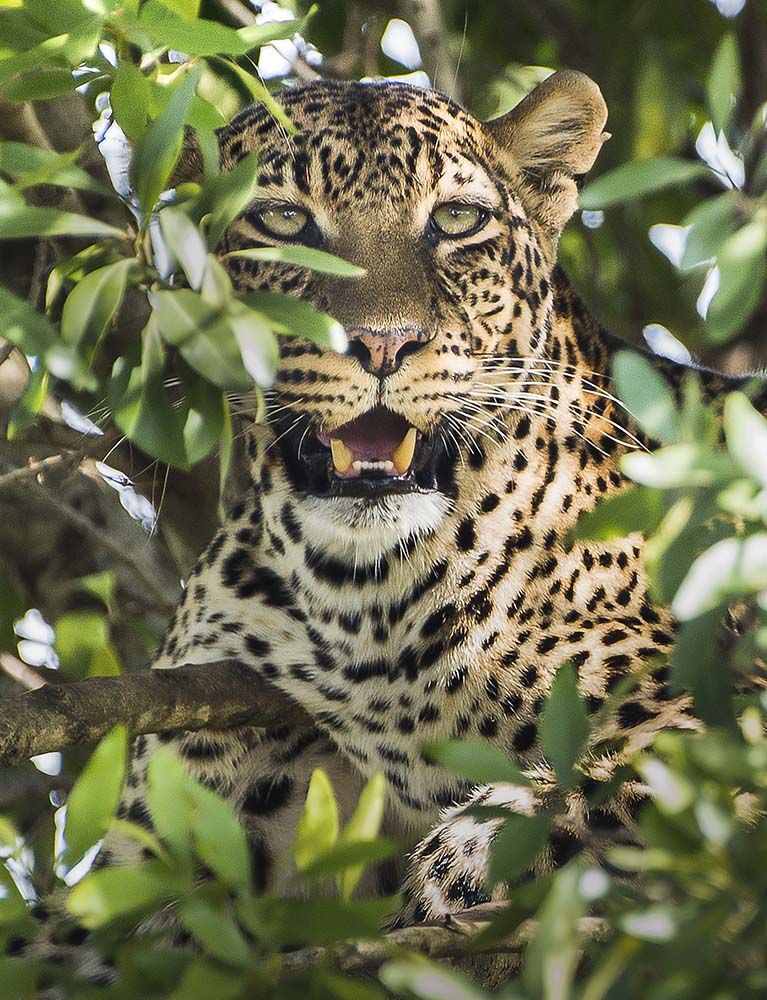
Photo courtesy of Exposure Tours
Photographing big cats requires more than reacting to the moment; it demands thoughtful planning.
Envision the shots you want, considering lighting conditions, backgrounds, and compositions. A well-thought-out plan increases the likelihood of capturing critical moments, ensuring a deliberate approach to photography in the wild.
Now, clearly, sometimes your plan needs to go out the window to adapt to the unpredictable nature of wildlife photography. But, having a shot list in your pocket to refer to, in addition to some pre-planning done beforehand (such as in a pre-trek meeting with a photography guide), can give you the structure you need to act when the moment of an incredible scene arises.
Safety First: Navigating the Wild with Nerves of Steel
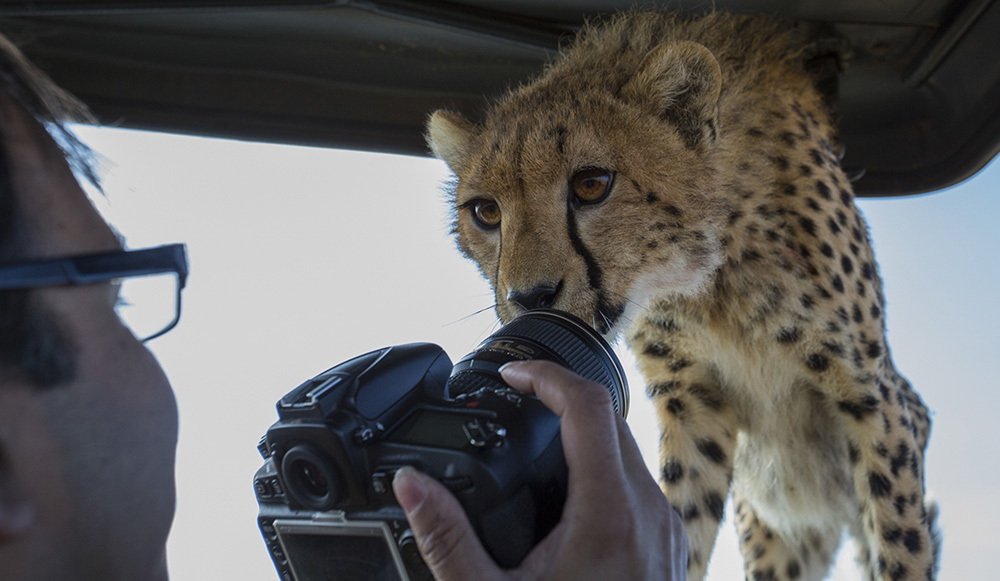
Photo courtesy of Exposure Tours
Safety is paramount when photographing African cats - for your sake and for theirs.
Joining a photography tour provides guidance on big cat behavior and ensures a safe experience for everyone involved. Understanding when and where to go, and how to behave when big cats approach, is crucial for a safe experience.
But even when you're engaged in safe practices, you still need to have nerves of steel. African big cats are curious creatures, and you might well find that they approach you - very closely, too! In those situations, being in a secure vehicle with an experienced guide is invaluable for keeping calm and ensuring your safety and the safety of the cats.
Eyes: The Gateway to Intimate Portrayals
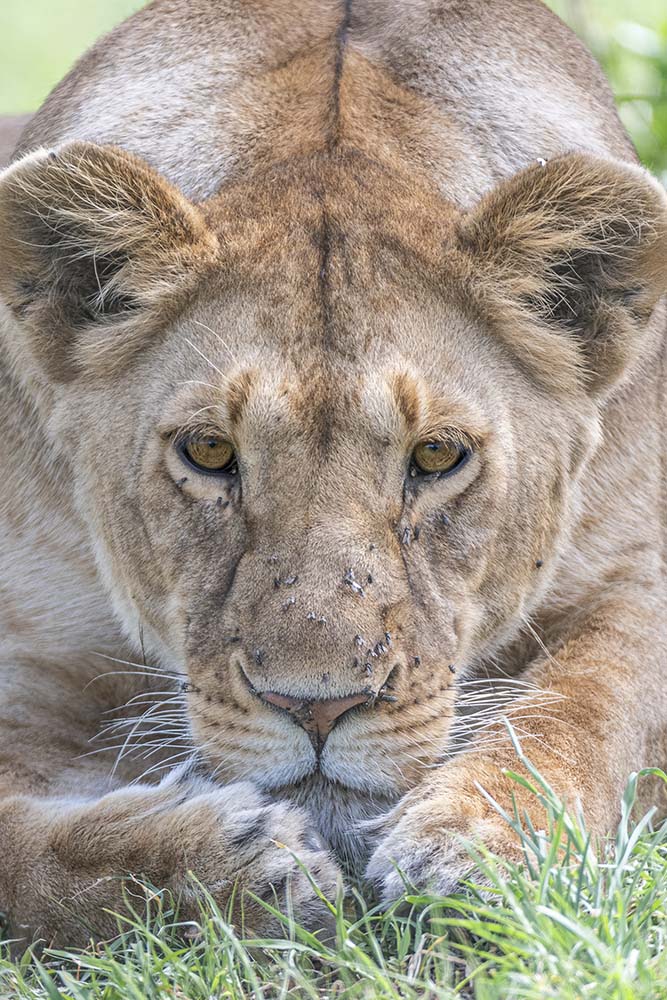
Photo courtesy of Exposure Tours
Photographing an African big cat necessitates an understanding of how to create a portrait. Just like when you photograph a person, you want to position yourself at the eye level of big cats for an intimate and powerful portrayal.
Bryan's experience with a curious lioness (shown above) highlights the importance of focusing on the eyes. This image is beautifully intimate, with the lioness appearing to look right down the barrel of Bryan's lens. Not only does this positioning emphasize the cat's impressive stature, but it also provides for a more engaging narrative in the photo. What is the cat looking at? Is she ready to pounce? These and other questions highlight the intrigue of the shot.
To capture a shot like this, ensure that the cat’s eyes are sharp and well-lit. Use a wide aperture to create a shallow depth of field, isolating the cat’s eyes and face from the background and drawing attention to their features.
Balancing Close-Ups with Environmental Shots
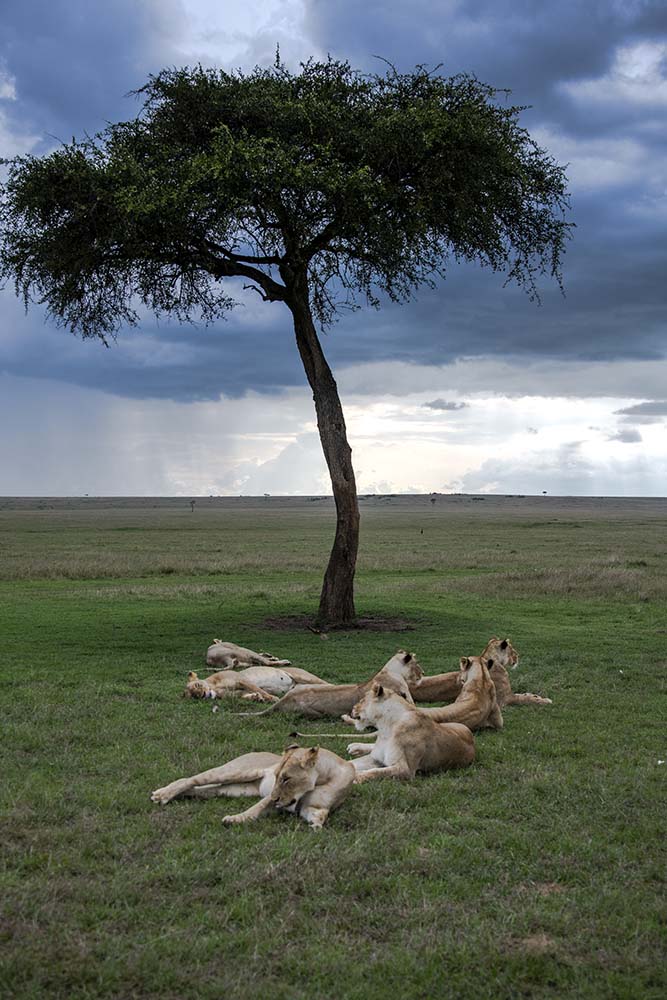
Photo courtesy of Exposure Tours
While capturing the eyes is crucial, don't forget to showcase the grandeur of big cats in their natural habitats.
Include environmental shots with wide-angle lenses to provide context, emphasizing the size and power of the cats within the African wilderness. Adding photos that show the cats sleeping, hunting, eating, or playing adds to the narrative created by more intimate, close-up photos. Together, these varying images tell a complete story of African big cats, from their individual features to their social behavior to the environment they call home.
Background Matters: Composing the Perfect Shot
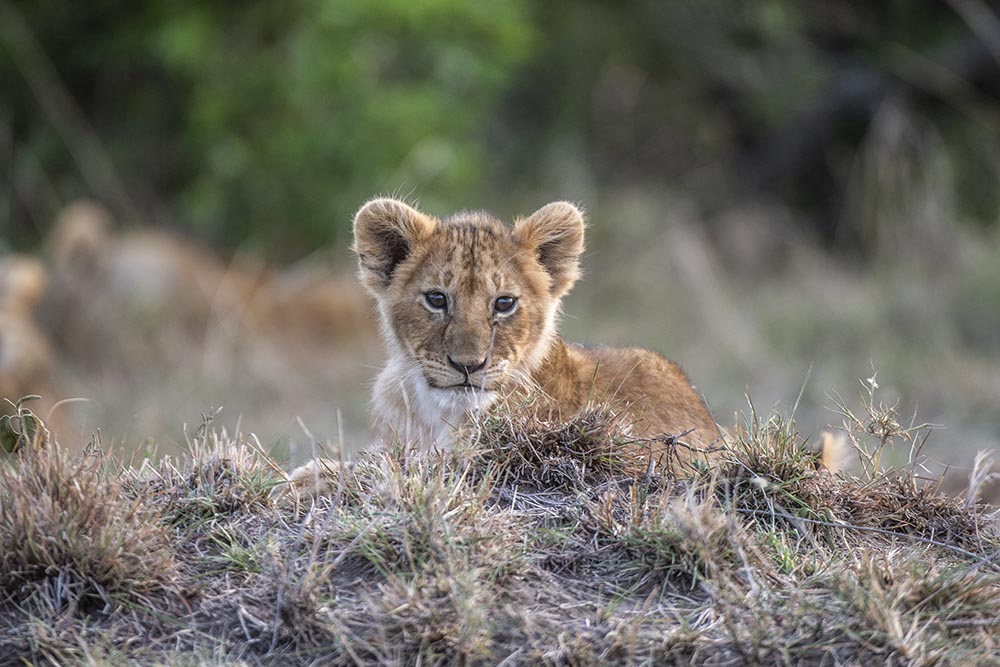
Photo courtesy of Exposure Tours
Pay close attention to the background when framing shots to avoid distractions. Aim for backgrounds that complement the composition and make the cats stand out. Regularly assess the surroundings and adjust your position to find the most aesthetically pleasing backdrop with minimal visual clutter, too.
This is a simple, yet very powerful tip. Sure, the subject of your photos is not the background, but if you don't pay attention to the background, it can easily distract from the African big cats in the shot. Again, this is not unlike photographing a person - when framing up the shot, do a quick check for distracting elements and do what you can to reframe or recompose the shot. Opening up the lens aperture to blur the background is a solid approach, too.
Rule of Thirds for Visual Interest
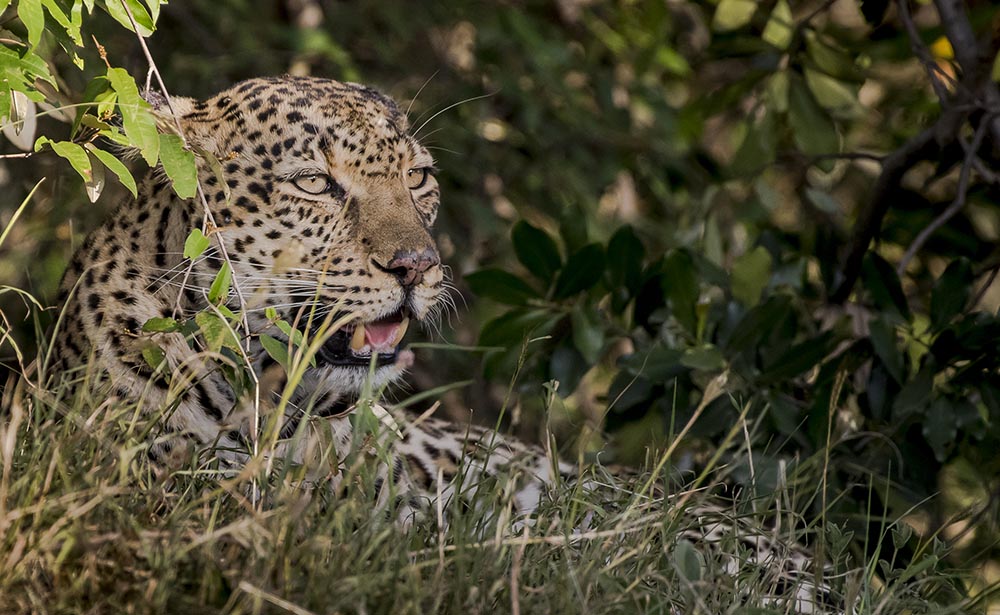
Photo courtesy of Exposure Tours
This is another simple, yet powerful tip.
Compose your shots using the rule of thirds for visual interest. Position key elements along the grid lines or intersections to create dynamic and balanced compositions. This technique draws attention to different aspects of the photograph, making it visually engaging.
Likewise, it helps simply the process of composition. If you rely on the rule of thirds, there's less time to second-guess how you frame the shot. When photographing African big cats, one second can make the difference between capturing a peak moment or not. So, streamline the process and use the rule of thirds to get quality compositions every time!
The Virtue of Patience in Wildlife Photography
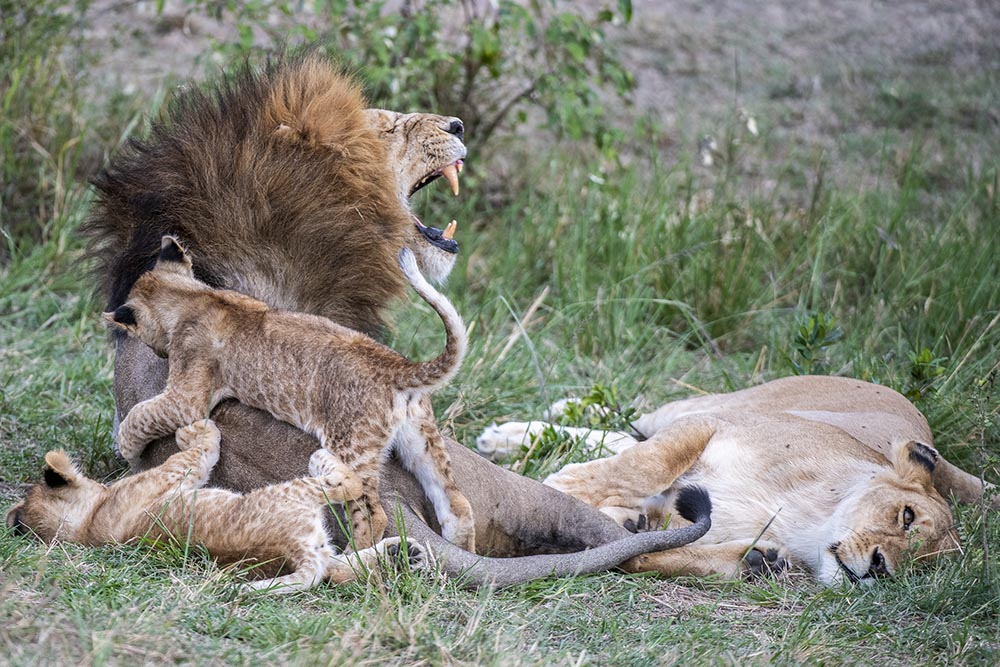
Photo courtesy of Exposure Tours
Patience is key when photographing big cats in their natural habitat...
Be prepared for extended periods of observation and waiting. Embrace the quiet moments, allowing authentic behaviors and interactions to unfold naturally without disturbing the cats.
Again, this is a situation in which you can see the value in exploring African big cat photography with a photography guide like Bryan from Exposure Tours. Those times when long waits are necessary, you'll have everything you need to be comfortable while you wait. For example, Exposure Tours limits the number of photographers in each vehicle to just two people (other companies cram six or so photographers into each vehicle). Not only does this give you more room to stretch out and relax while you wait for great shots, but it also gives you more room to maneuver yourself and your gear when the moment comes to take your best shot!
Elevating Your Photography with Photo Tours
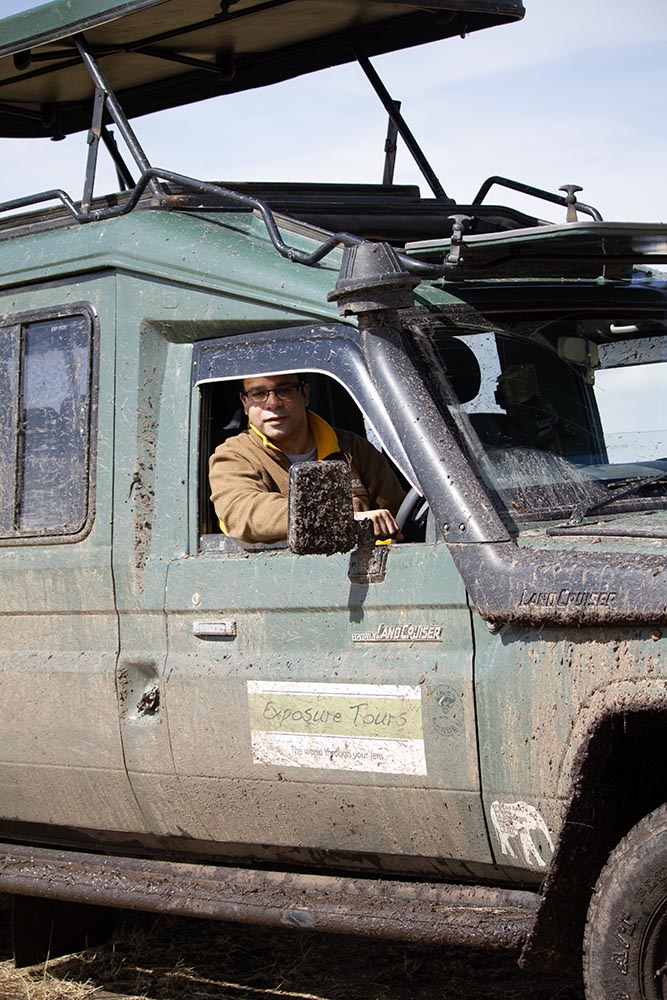
Photo courtesy of Exposure Tours
There is no doubt that tackling an adventure like photographing African big cats by joining a photography tour can generate much-improved results.
On the one hand, you benefit from having everything planned for you so you can concentrate on capturing the best images. On the other hand, you get individualized instruction and feedback on your photos so you can learn and grow as a photographer during your tour. It's the best of both worlds!
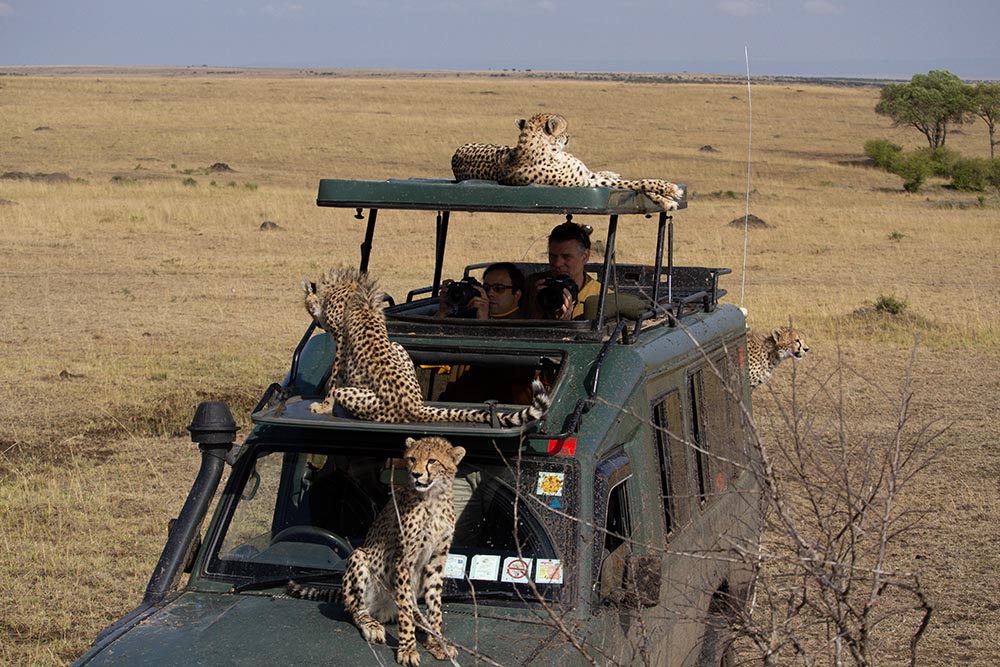
Photo courtesy of Exposure Tours
Bryan's success with Exposure Tours demonstrates these benefits, including providing unique opportunities for photo-taking and a supportive environment for wildlife photography enthusiasts. As someone who's been on numerous photography tours over the years, I can speak with firsthand experience that a photography tour is one of the best ways to improve your photography skills in a short amount of time.
If you're ready to become a better wildlife photographer, why not do it while photographing African big cats?! Visit Exposure Tours to learn more about their various tours, Bryan, and his team of professionals.
A quick heads-up: If you snag something through our affiliate links or check out our sponsored content, we might earn a commission at no extra cost to you. But fear not, we're all about recommending stuff we're truly stoked about!
Learn More:
- Capturing the Perfect Shot: How to Choose the Right Photography Tour
- These Tips for Wildlife Photography Will Help You Get Breathtaking Results
We Recommend
It’s Time to Start Planning a Costa Rica Photography Trip
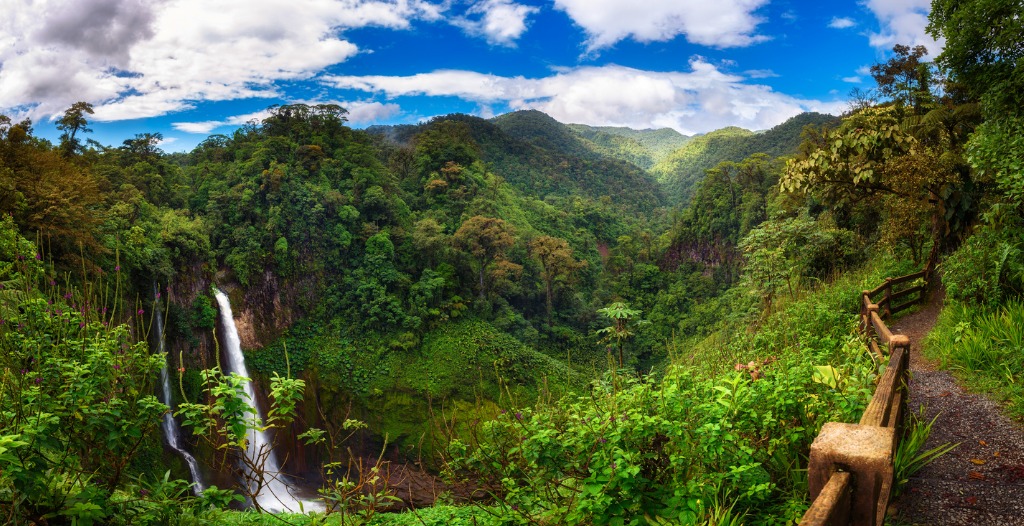
photo bymiroslav_1 via iStock
Costa Rica is one of the most peaceful countries in the world. If you know what you’re looking for, Costa Rica also happens to be a wildlife photographer’s mecca.
The moment you step off of your plane, you’ll know you’ve arrived in a place that feels almost like another world.
Costa Rica features gorgeous beaches, cheap and delicious street food, and some of the nicest locals you’ll ever meet.
If you’re thinking about planning a Costa Rica photography tour, there’s no better time than now. Once the pandemic has subsided, airlines and hotels alike are going to be desperate to get their tourists back, which means your Costa Rica photography trip will be cheaper than ever before.
Photographing Costa Rica
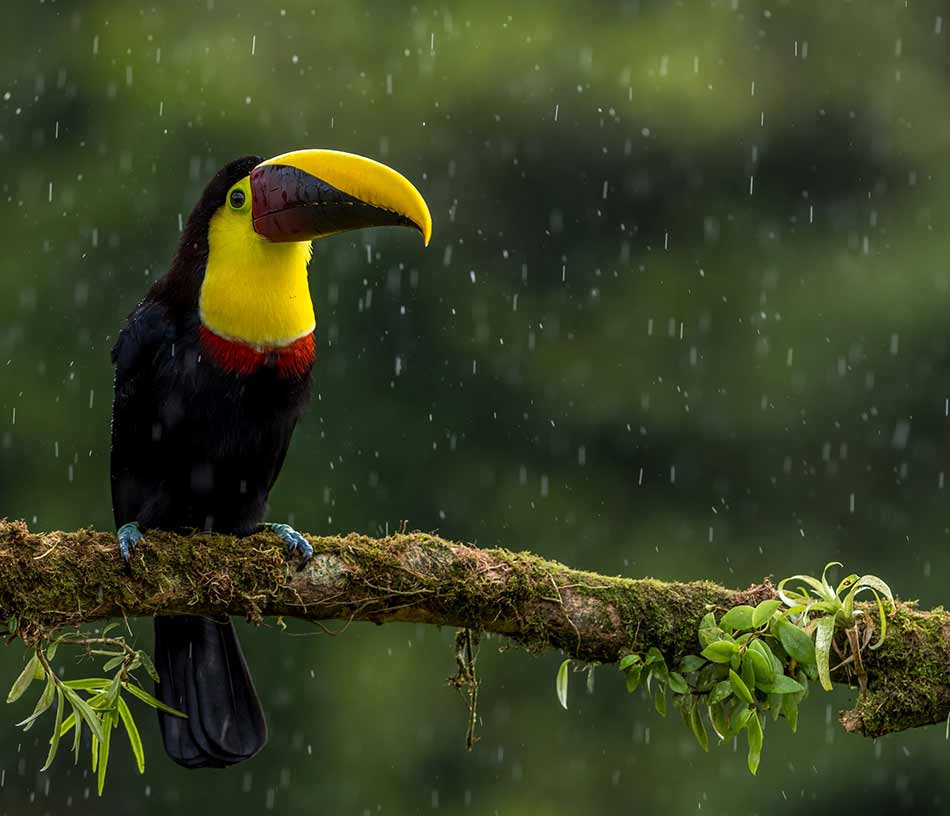
Photo by Zdeněk Macháček on Unsplash
If you’re planning a Costa Rica photography tour, then you need to know all of the different types of photography you can pursue there.
The first two obvious photography niches you can complete in Costa Rica are landscape and wildlife photos.
Costa Rica has some of the most beautiful waterfalls in the world, and is filled with less popular ones buried deep in the jungle. These waterfalls provide the perfect environment for both landscape and wildlife photography, since the wildlife need water to survive.
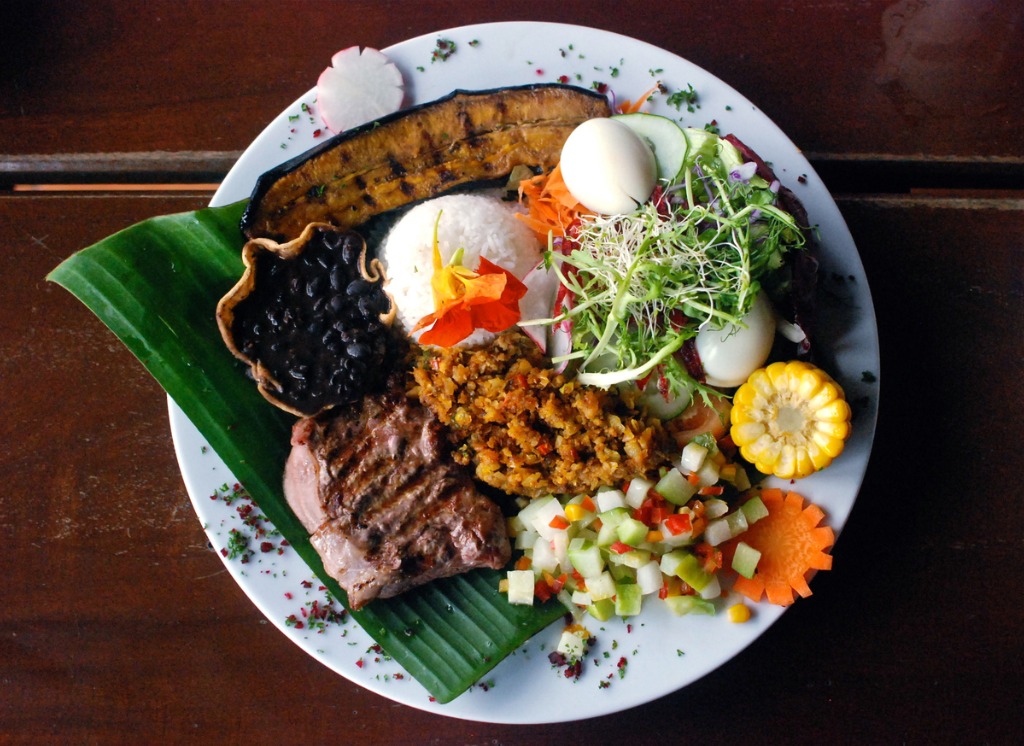
photo bygmirandah via iStock
But, there are also some different photography niches that people travel to Costa Rica for. As an example, Costa Rican fine dining is on the rise, and there’s a really intriguing push amongst Costa Rican chefs to include more local and indigenous ingredients into their cooking.
This means that food photography is also on the rise in Costa Rica because many of the dishes these chefs are creating are both colorful and intricate.
Additionally, many photographers join a Costa Rica photography tour because they are looking to photograph one of the indigenous tribes in Costa Rica.
There are 24 different government reserves for indigenous tribes in Costa Rica, and 8 different tribes. Many of these tribes continue to live as they have for thousands of years, practicing their ancient cultures and living off the land.
Tips for Your First Costa Rica Photography Tour
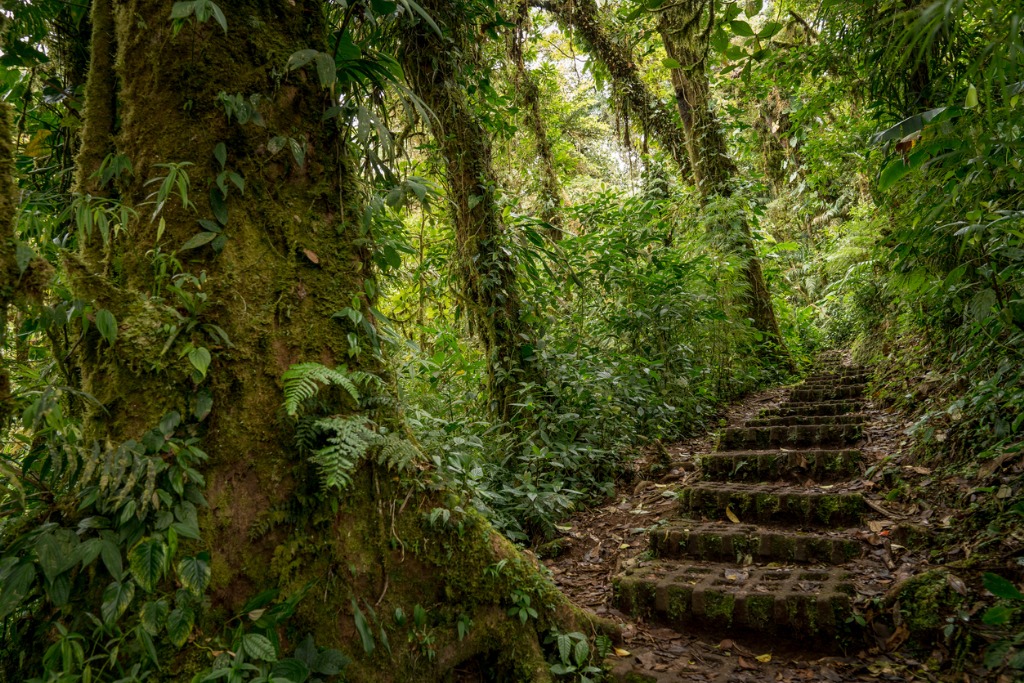
photo byMatsBehring via iStock
No matter your reason for embarking on a Costa Rica photography tour, you will need some basic tips to prepare yourself first.
The first is to prepare for dark photos. Jungles are beautiful, but they’re also dense, which means very little sunlight filters all the way down onto the jungle floor.
The second is to watch out for fogging on the inside of your camera lens. Depending upon your budget for your Costa Rica photography trip, you may end up staying in one of the tourist-centric hotels in the area and these hotels typically have air conditioning. When you go from an air conditioned hotel room to the steaming jungles, the condensation will be too much for your camera to handle.
You can prevent this by always storing your camera in its bag and by keeping your room just a little warmer.
A third tip for your Costa Rica photography tour is pretty obvious, but one you may still not be fully prepared for. You need to prepare for rain, and a ton of it.
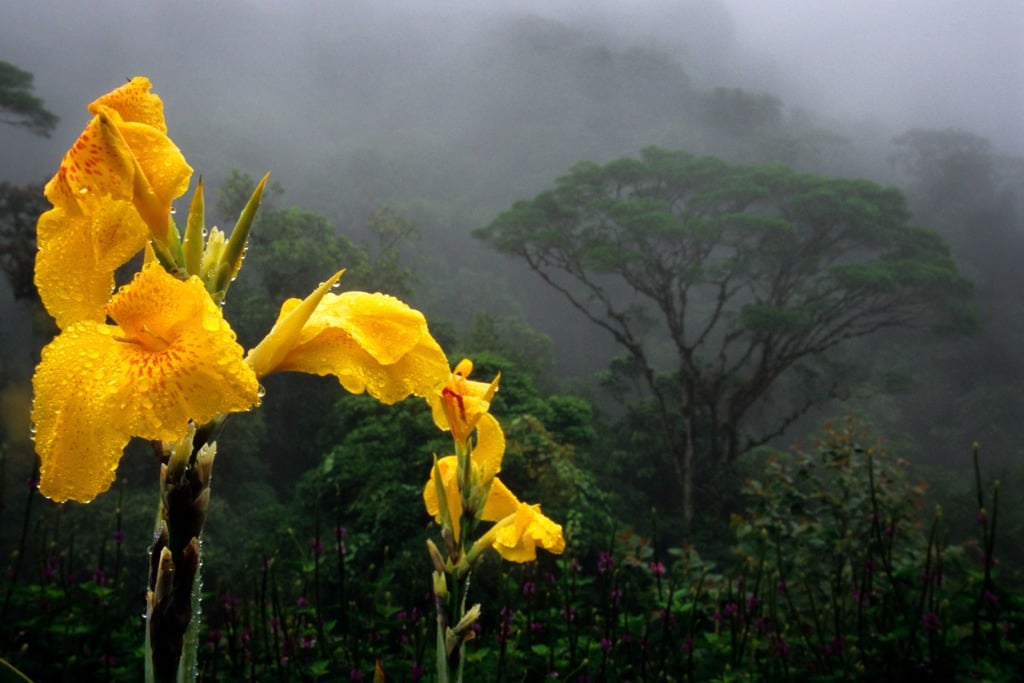
photo byMichaelSvoboda via iStock
Make sure you bring rain covers for your camera equipment, and backup garbage bags. You should also ensure you’re going to be comfortable by purchasing quick-drying clothing that is available at most sporting goods stores. You’ll want a light jacket, too. You’d hate to cut any days short on your Costa Rica photography tour because you’re wet and freezing.
One final tip is to pay close attention to your surroundings. A ton of photographers get swept up in photographing large birds and monkeys and forget to pay attention to things they may be stepping on.
Macro photography is huge in Costa Rica because of the amount of creepy crawlers. Bring a macro lens to capture them all.
Research the Best Professional Costa Rica Photography Tour
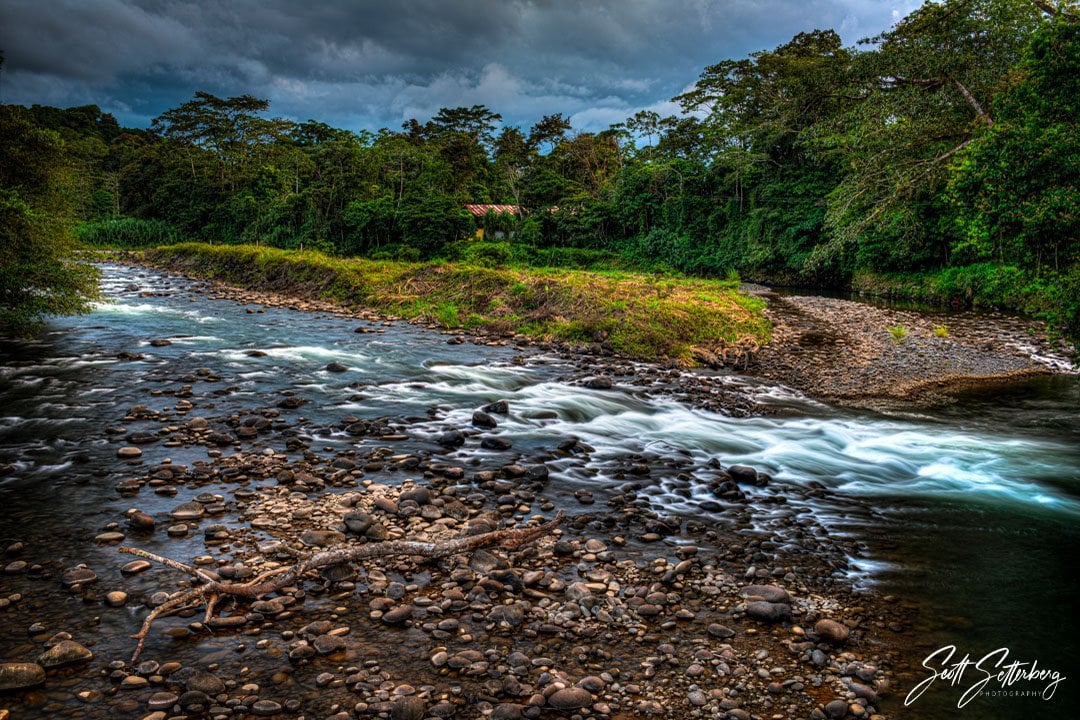
When travelling to another country for photography, it can oftentimes be easier to join a preexisting photography tour. The problem with joining a Costa Rica photography tour is that many of them aren’t high-quality.
You won’t want to be in another country in a terrible hotel with tour guides who don’t know much more than you. That’s why I recommend ColorTexturePhotoTours.
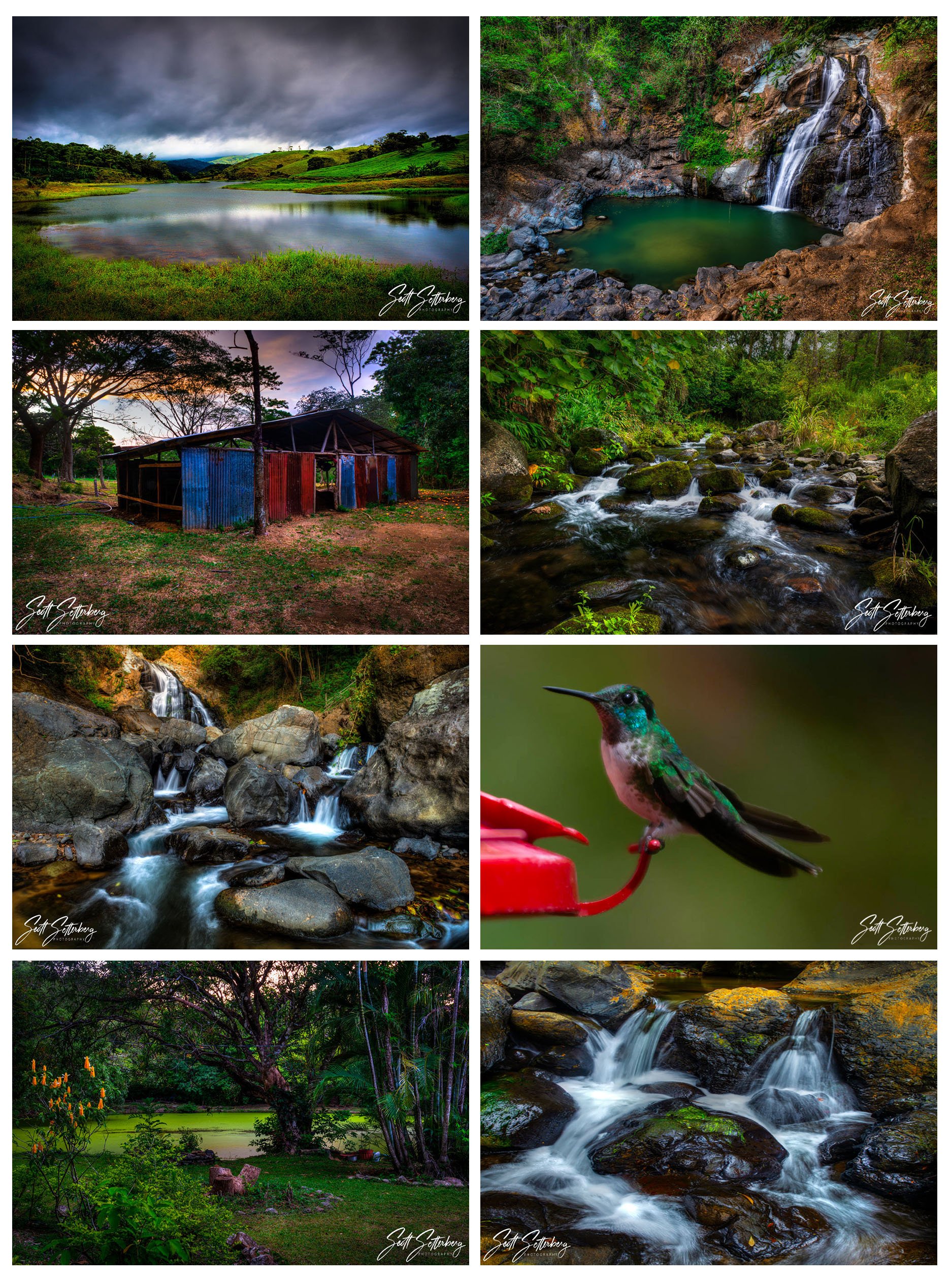
Scott Setterberg of ColorTexturePhotoTours loves Costa Rica so much that he holds more than one Costa Rica photography tour each year. In fact, they are doing 8 in early 2021.
Some of these tours specialize, like the Costa Rica Landscapes Photo Tourhappening in January. Others, like the Colors of Costa Rica Photo Tour happening in March, have something for everyone.
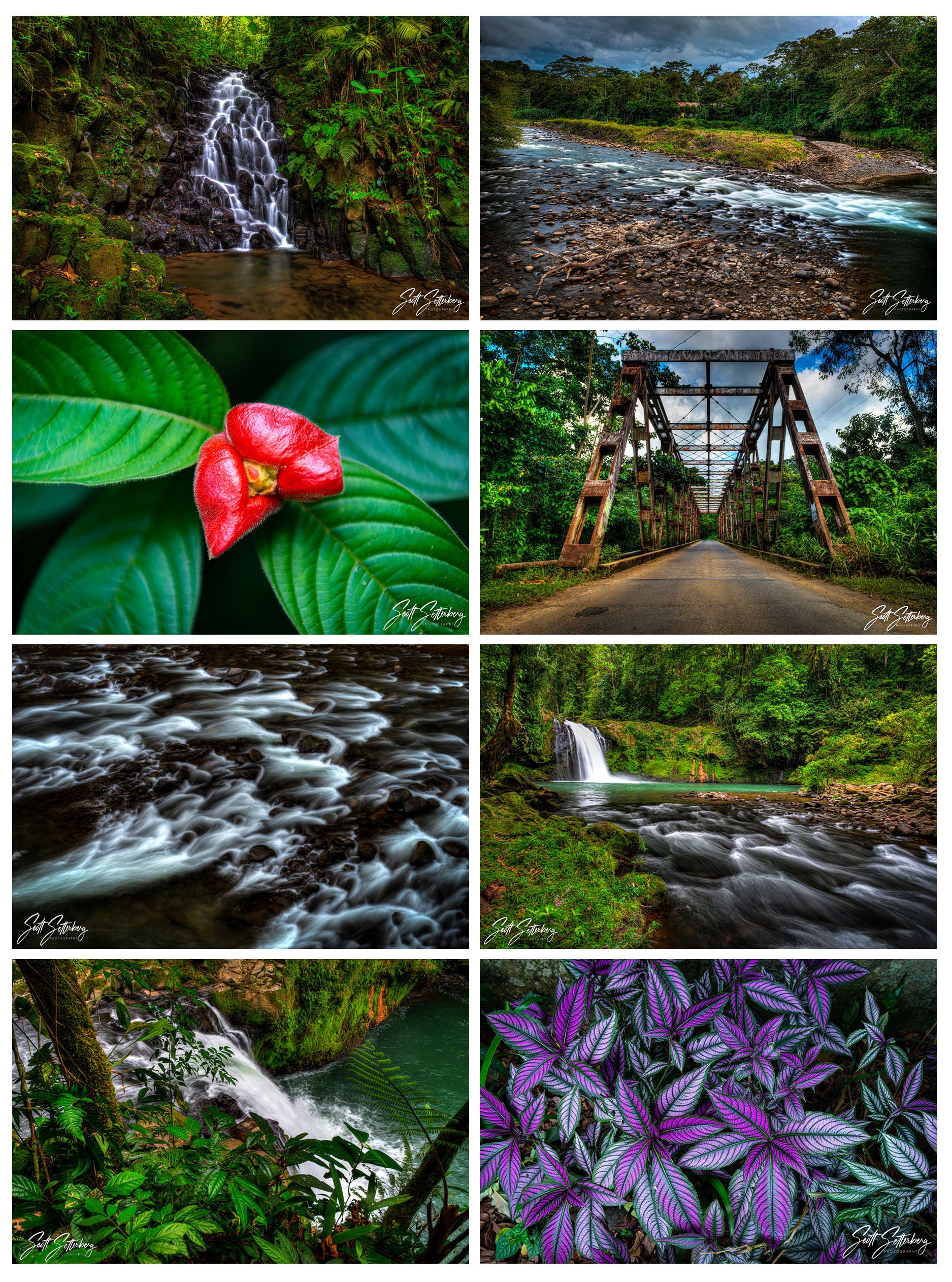
But, importantly, they all have incredibly small groups (just 4 people), diverse locations, and are led by a master tour leader who has been working in Costa Rica for decades.
Plus, every tour by ColorTexturePhotoTours is all-inclusive, which means you won’t need to worry about finding hotels, meals, transportation, or carrying change on you for park entrance fees.
An all-inclusive photography trip to one of the world’s most beautiful places? Count me in!
Learn More:
We Recommend
Mastering Action Wildlife Photography: Tips and Techniques
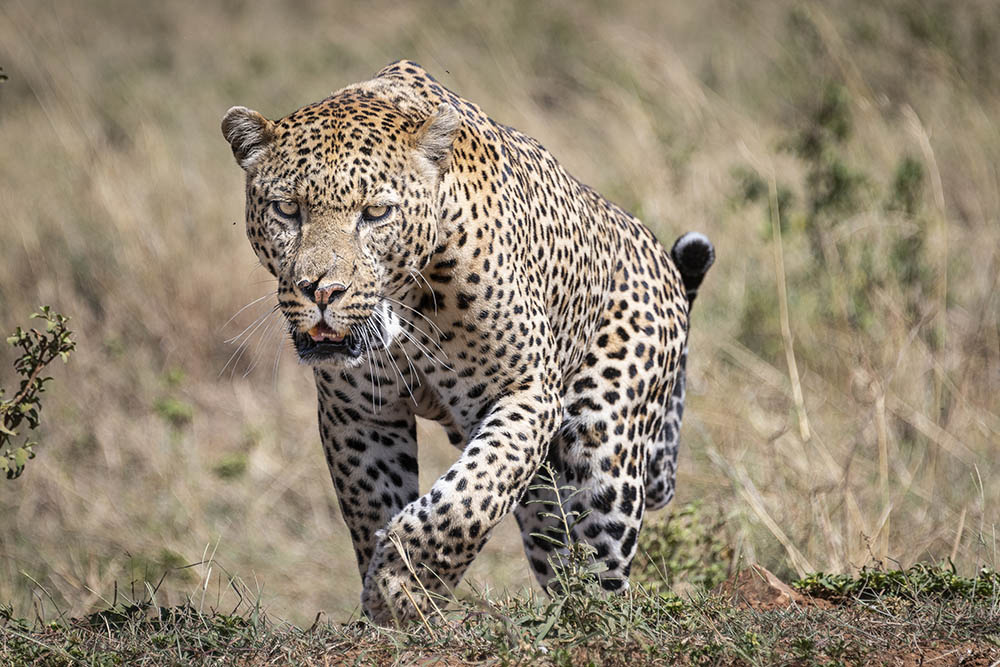
Photo courtesy of Exposure Tours
Wildlife photography is often more about lying in wait for the action to happen than actually spending time photographing animals doing something. It's just part of the trade-off!
But...when the action does happen, you want to be ready to capture it in images that are appealing, eye-catching, and tell the story of the situation unfolding in front of your lens. You'll learn how to do just that in this article!
Now, if you're a visual learner you can get the same tips and tricks in my video above. But, if you prefer to have a written set of guidelines, just keep reading (I've included some incredible action wildlife photography images from my buddy Bryan Pereira from Exposure Tours to help illustrate my points). Either way, you'll end up with insights into essential skills you need to take improved action wildlife photos.
So, let's quit the chit-chat and get into it!
Table of Contents
- Shutter Speed is Key for Action Wildlife Photography
- Embrace Burst Mode for Action Wildlife Photography<
- Action Wildlife Photography Requires Continuous Autofocus
- Ditch the Tripod for Action Wildlife Photography
- Craft a Compelling Story With Your Action Photos
- Patience is Key for Action Wildlife Photography
Shutter Speed is Key for Action Wildlife Photography
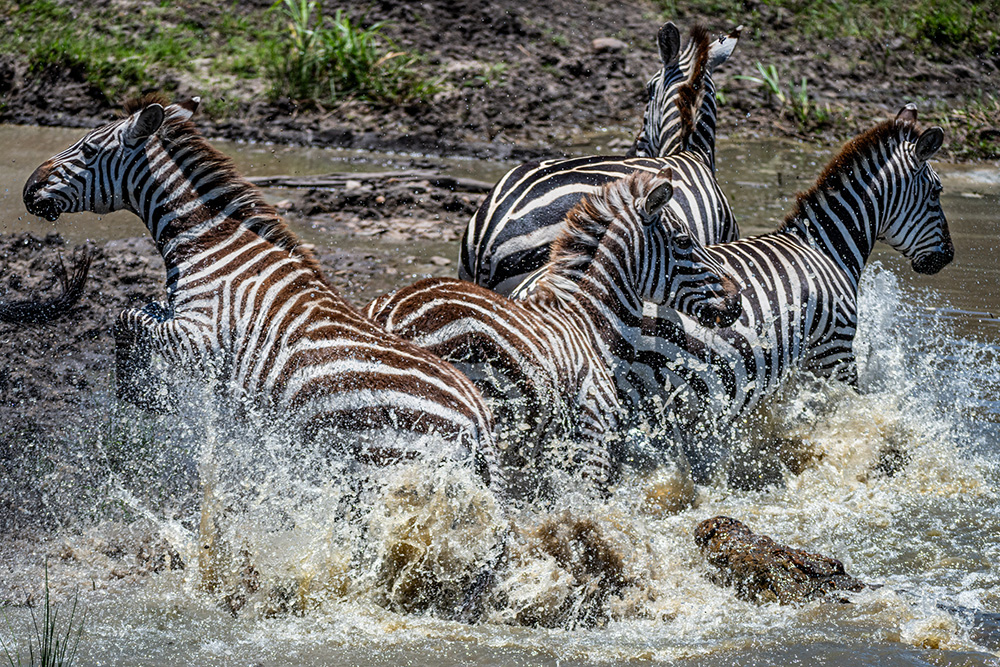
Photo courtesy of Exposure Tours
Photographing wildlife action revolves around mastering shutter speed. To freeze the action and avoid motion blur, aim for a fast shutter speed, such as 1/1000th of a second. This is just a starting point, though...
You'll need to adjust the speed based on the intensity of the movement. Slow animal motions might require 1/250 seconds, while a herd of zebras in a high-speed escape may demand 1/1000 seconds or higher.
For a deep dive into the technical aspects of photography, refer to my previous article on shutter speed, aperture, and ISO working together for a well-exposed image.
Embrace Burst Mode for Action Wildlife Photography
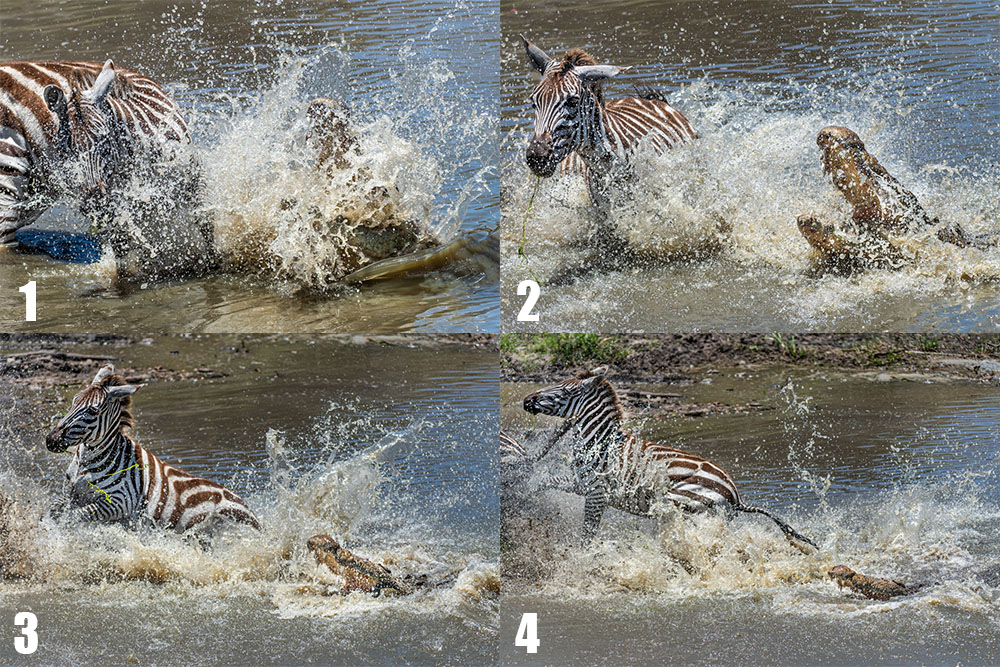
Photos courtesy of Exposure Tours
Increase your chances of capturing high-quality shots by shooting in burst mode. This feature allows your camera to take a sequence of rapid-fire images with a single press of the shutter button. The number of shots per second varies across cameras, so consult your camera's owner's manual for details about how to use this mode and the speed it can accommodate.
Whether you have a beginner or a professional camera, burst mode helps you capture continuous frames during dynamic wildlife interactions. Then you can choose which frame or frames are the best photos. This is a much more advantageous way of doing things, especially compared to shooting in single-shot mode - if you have to press the shutter every time you want to take a shot, the chances are good you'll miss some of the action wildlife scene unfolding before you!
Action Wildlife Photography Requires Continuous Autofocus

Photo courtesy of Exposure Tours
Maintaining focus on a moving subject is crucial...
Consider using continuous autofocus mode, allowing your camera to constantly adjust focus when the shutter button is pressed halfway down. Some cameras support a handy trick called back button autofocus, enhancing focus control even further by assigning focusing duties to a button on the back of the camera while the shutter button controls when the camera's shutter is fired (as opposed to the shutter button controlling both processes).
Consult your camera's manual or online resources for specific details on setting this up with your particular camera. Better still, consider signing up for a photography tour, where you can learn these and other skills in the field with an expert photographer who can help you dial in the perfect settings to take impressive action wildlife photos!
Anyway, continuous autofocus streamlines the process of capturing action wildlife photography. It enhances your camera's ability to stay locked on the subject, which, in turn, increases the likelihood that your photos will be tack-sharp. That's just what you want!
Ditch the Tripod for Action Wildlife Photography
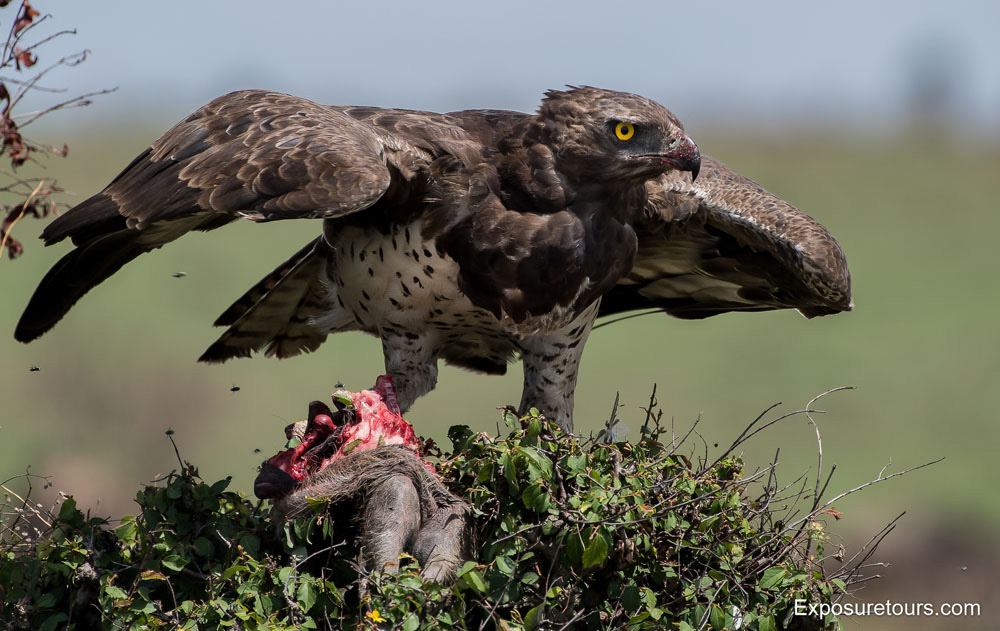
Photo courtesy of Exposure Tours
Timing is everything in wildlife action shots, and using a tripod can be restrictive. Panning and reacting to animal movements become more fluid when handholding the camera. Additionally, with a fast shutter speed, the risk of blurry photos decreases. While a tripod is essential for other scenarios, consider leaving it behind when you're chasing dynamic wildlife moments.
To enhance your ability to keep your camera steady when shooting without a tripod, stand with your feet shoulder-width apart. Hold the underside of the camera and lens with your left hand while maintaining a firm hold on the camera's grip with your right hand. When holding the camera to your eye, tuck your elbows into your chest. Doing so gives you the stable base you need to get crisp action wildlife shots.
Craft a Compelling Story With Your Action Photos
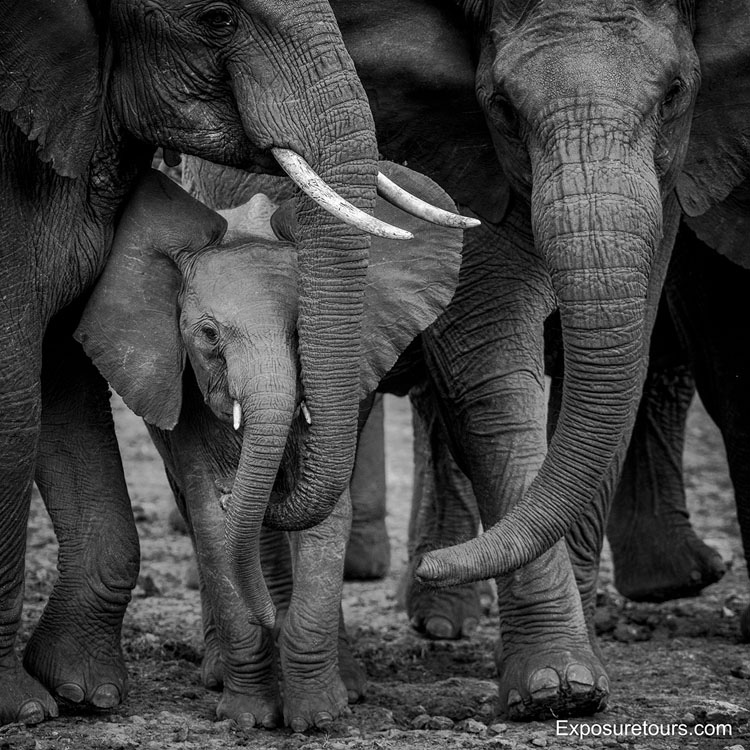
Photo courtesy of Exposure Tours
A great action shot goes beyond technicalities; it tells a story...
Consider the struggles, journeys, relationships, and individual characteristics of the animals you're photographing. Compose your shots thoughtfully to lead the viewer's eye through a narrative, using techniques like leading lines, the rule of thirds, and foreground-background elements.
Highlight the relationships the animals have, too. Whether it's a pride of lions playing in the sun, a predator chasing its prey, or something in between, the interactions between animals can prove to be some of the best action wildlife images.
Patience is Key for Action Wildlife Photography
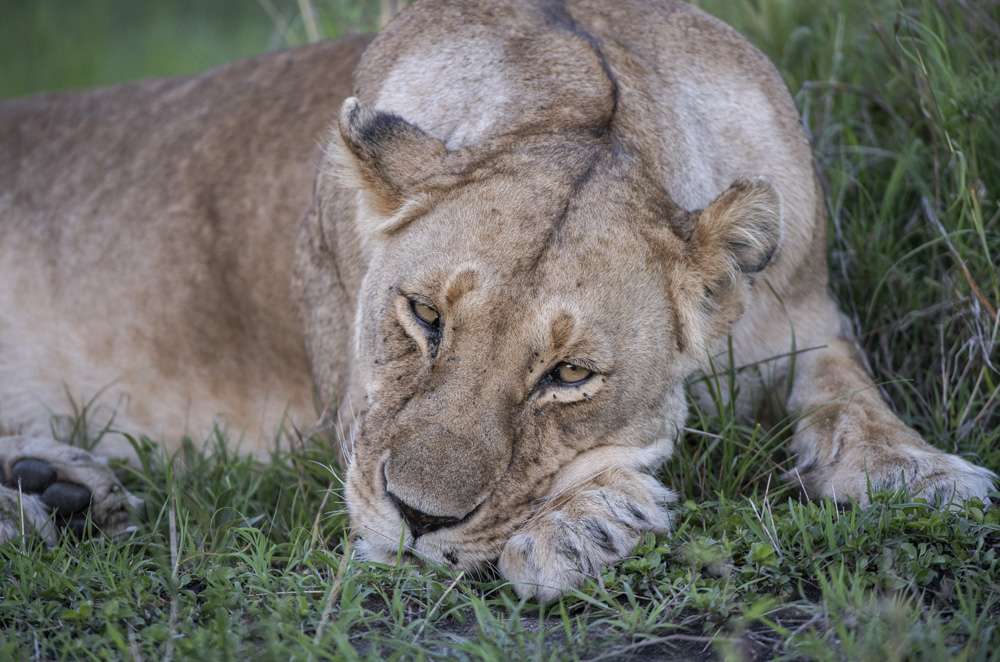
Photo courtesy of Exposure Tours
In wildlife photography, patience is non-negotiable. Experts like my friend Bryan Pereira from Exposure Tours don't capture stunning shots by chance. Learn about your subject, its behavior, and its habitat. Scout locations, set up, and wait for the action to unfold. Even if patience isn't your strong suit, these tips will help maximize your results when the action finally begins.

Photo courtesy of Exposure Tours
Of course, I'm a huge advocate of photography tours as you have the opportunity to learn a lot in a short span of time. Plus, photography tour guides like Brian (shown above) know where to take you to find the action wildlife scenes you want. Though patience is still involved, the chances are that you won't have to wait as long for image-worthy events to happen on a photography tour thanks to your guide's deep knowledge of the wildlife in the area.
If you're eager to take your wildlife photography to the next level, consider reaching out to Bryan and Exposure Tours. Their personalized instruction and expert guides can immerse you in the heart of wildlife action in Africa. Get ready to capture the wild kingdom in all its dynamic glory!
Heads up: Clicking on our affiliate links and exploring our sponsored content helps us at no extra cost to you, and we only recommend gear we're absolutely crazy about!
Learn More:
- Capturing the Perfect Shot: How to Choose the Right Photography Tour
- What Features Should I Prioritize in a Camera for Wildlife Photography?
We Recommend
Mastering the Art of Lion Photography in the Wild
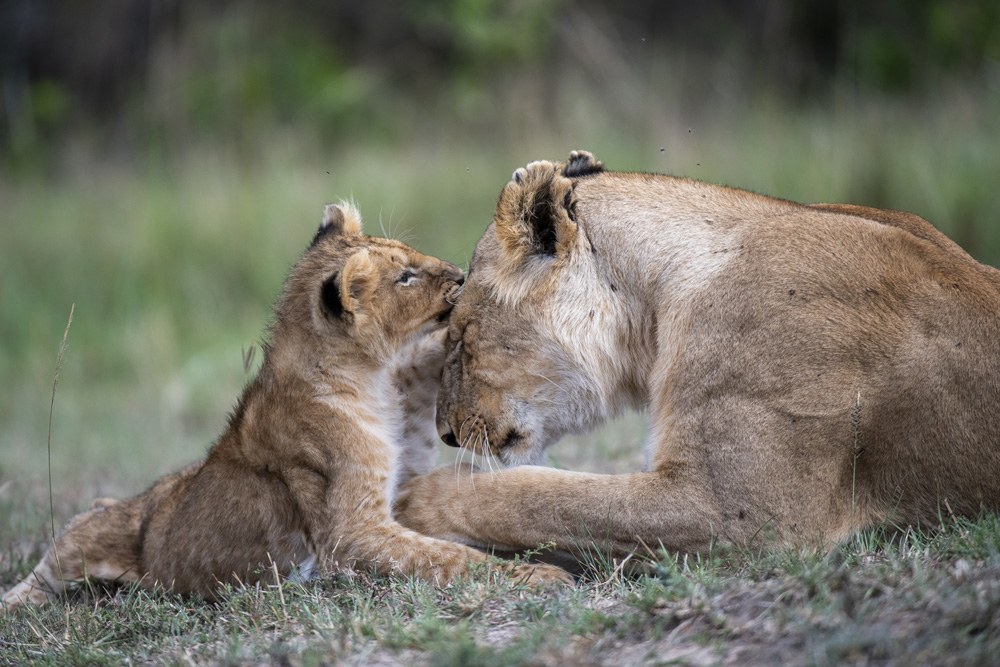
Photo courtesy of Exposure Tours
Wildlife photography is one of the most popular types of photography worldwide, and one animal found on every wildlife photographer’s fantasy shot list is none other than the king of the jungle himself—the lion. If you want to realize your dream of photographing lions like a pro, this article is for you!
Below, we’ll share a handful of tips designed to help you master the art of lion photography. We’ll discuss key elements of lion photography, like studying lion pride dynamics, strategies for capturing their expressions, documenting their hunting behavior, and the best practices for photographing lions in different light conditions.
Additionally, we’ll recommend our favorite lion photography tours for those who want to explore the great plains and Serengeti with experienced local guides and photographers. Now, without further ado, it’s time to discover how to take your lion photography skills to the next level!
Check out the video above by Simon d’Entremont to learn more wildlife photography tips that will help you get stunning results while photographing lions and other animals.
Table of Contents
- Studying Lion Pride Dynamics
- Strategies for Capturing Expressive Lion Photography
- Documenting Hunting Behavior in Lion Photography
- Photographing Lions in Different Lighting Conditions
- Tap Into the Expertise of Guides for Improved Lion Photography
- Recommended Photography Gear
Studying Lion Pride Dynamics
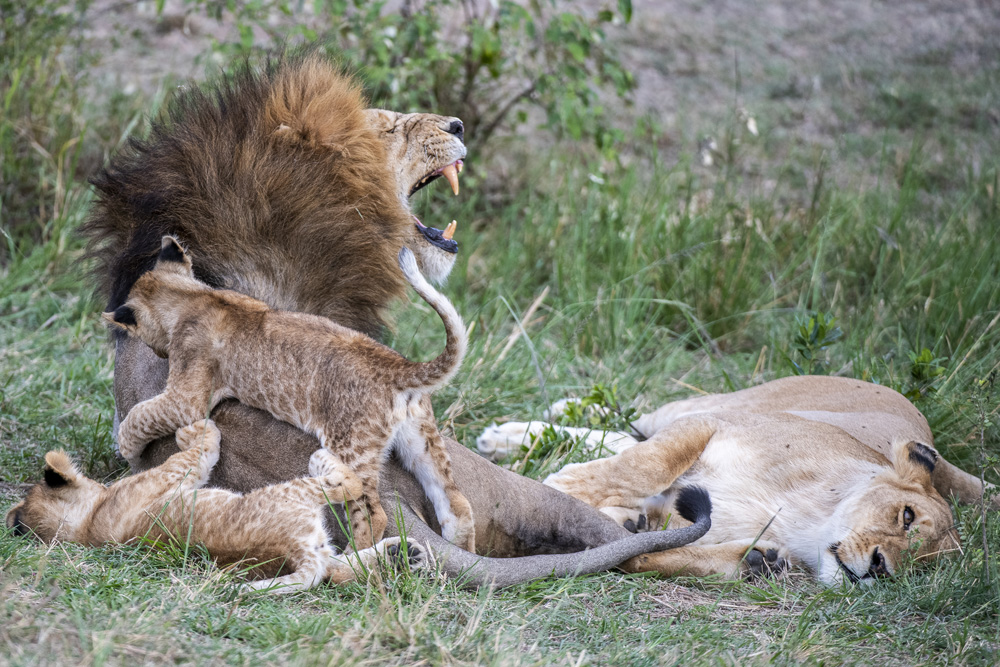
Photo courtesy of Exposure Tours
Unlike many other big cats, lions are social animals who usually live and travel in groups, known as prides. Lion prides consist of male and female lions (as well as cubs) and can have anywhere from three to thirty lions. Prides are a core component of a lion's life, and studying their dynamics is crucial for good lion photography.
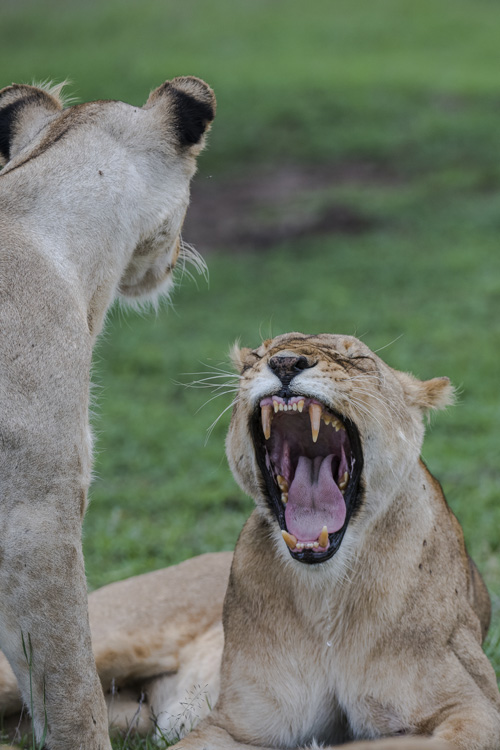
Photo courtesy of Exposure Tours
If you encounter a lone lion in the wild and are patient, there’s a good chance it will lead you back to its pride. Once you’ve found the pride, you can capture amazing photos of lions socializing, lion cub photography, and possibly males and females mating. However, since a pride's territory can span hundreds of miles, there’s no guarantee you will run into large groups of lions.
Strategies for Capturing Expressive Lion Photography
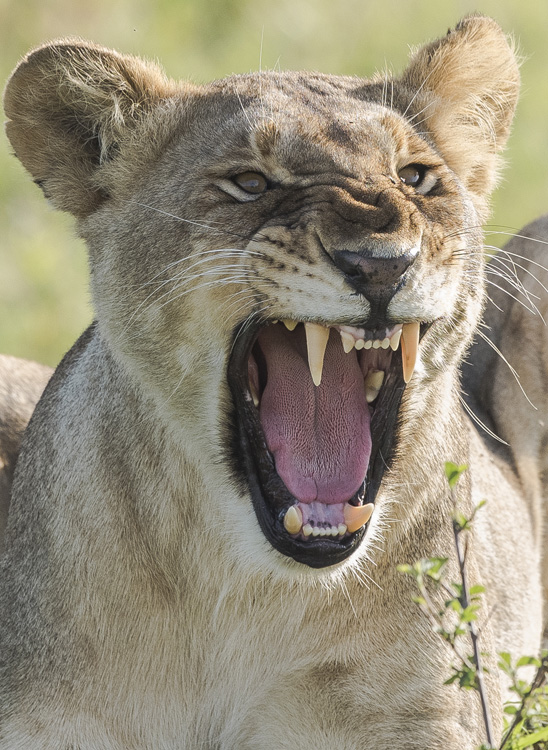
Photo courtesy of Exposure Tours
The number one key to capturing expressive lions is patience. Just like in the rest of life, patience brings good things to lion photographers willing to wait for the perfect shot. We hate to break it to you, but you are sadly mistaken if you expect to stroll into the Serengeti and take spectacular photos immediately.
Other strategies for expressive lion face photography include making eye contact with lions, shooting young/playful lions, and looking for lions that are feeding or drinking. Moreover, some of the most memorable lion photography images we’ve seen are of lions sleeping, particularly in trees.
One super important thing to remember is that you are only an observer of lions (or any other animal). When taking photos of wild lions, please be aware that you are in their home, so you should always respect their space and never do anything that could endanger yourself or a lion.
Documenting Hunting Behavior in Lion Photography
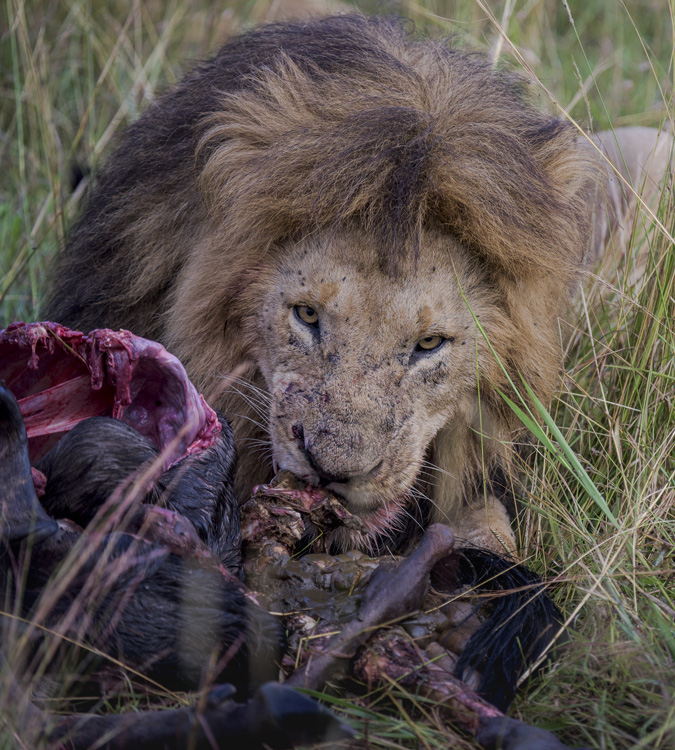
Photo courtesy of Exposure Tours
If you are lucky enough to view a lion pride on hunting day, consider yourself fortunate because hunting and feeding images make epic lion photography. In lion society, the females are the primary hunters. This means that if you stumble upon a group of female lions on the move, there’s a good chance they are searching for food.
Lions like to stalk their prey, and they can spend hours waiting for the perfect time to strike to best conserve their energy. Once they’ve committed to an attack, they ambush their prey as a group, with all the lionesses chasing, biting, and clawing at the animal. Only after the kill will the males come to eat. The ideal time to see lions hunting is during the Great Migration.
Learn More:
- Capturing the Majesty of African Big Cats: A Photographer’s Guide
- What Features Should I Prioritize in a Camera for Wildlife Photography?
Photographing Lions in Different Lighting Conditions
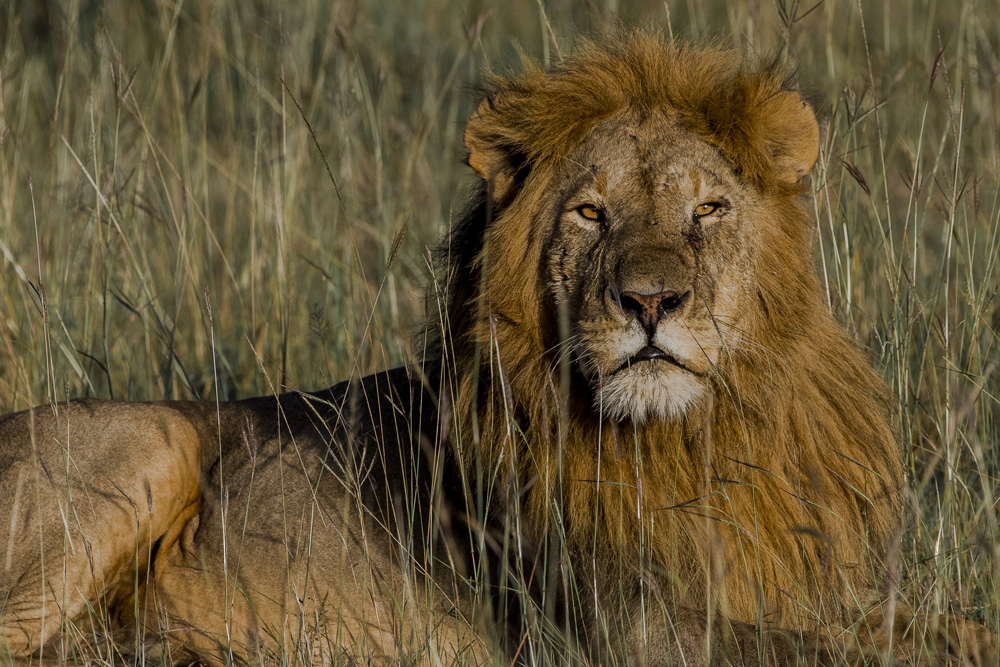
Photo courtesy of Exposure Tours
Light can play a huge factor in lion photography. Front lighting eliminates shadows and is considered the best light for wildlife photography. That said, backlighting can lead to jaw-dropping images, especially when it shines through or illuminates the mane of a male lion.
The two best times of day for lion photography are golden hour (just before sunset) and blue hour (just after sunrise). If you have a tripod and are comfortable with long-exposure photography, you can also get excellent images at night.
Tap Into the Expertise of Guides for Improved Lion Photography
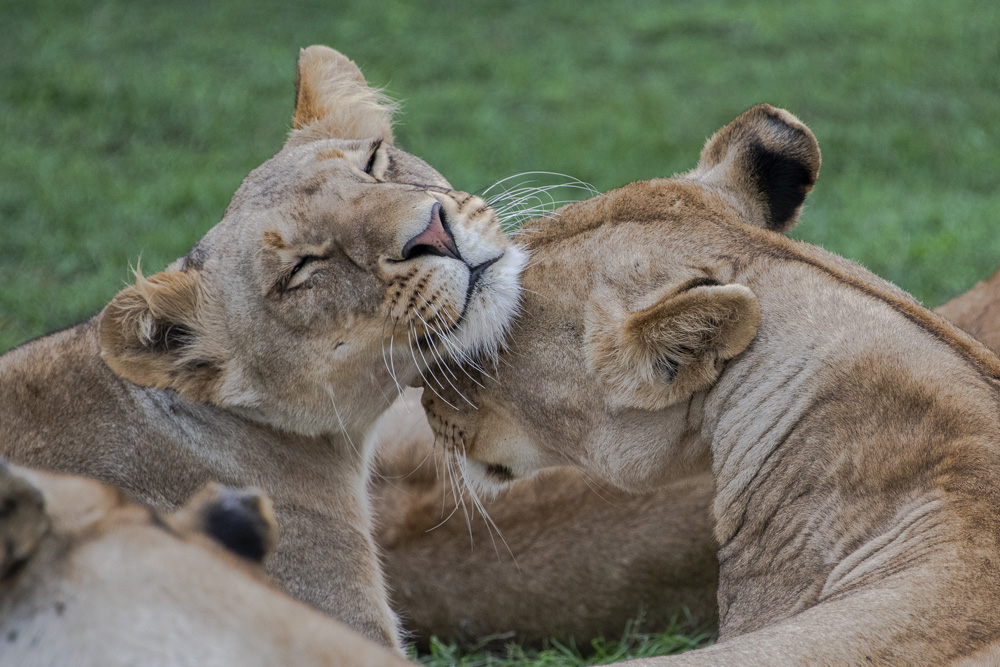
Photo courtesy of Exposure Tours
Lastly, have you ever considered going on a professionally-organized lion photography tour? If so, there’s no better time than today to make it happen. They’ll take you to the most beautiful destinations on the planet, help you capture once-in-a-lifetime photos of lions, and organize everything (travel, accommodation, meals, etc.) from start to finish. You can’t beat that!
One company we love is Exposure Tours. They are an experienced tour operator that has run lion photography expeditions in Africa for over 30 years. Their director of photography (Bryan Pereira) is an award-winning photographer, and their tour director (Simon Ball) has led trips in Africa for 10+ years and has a degree in zoology.
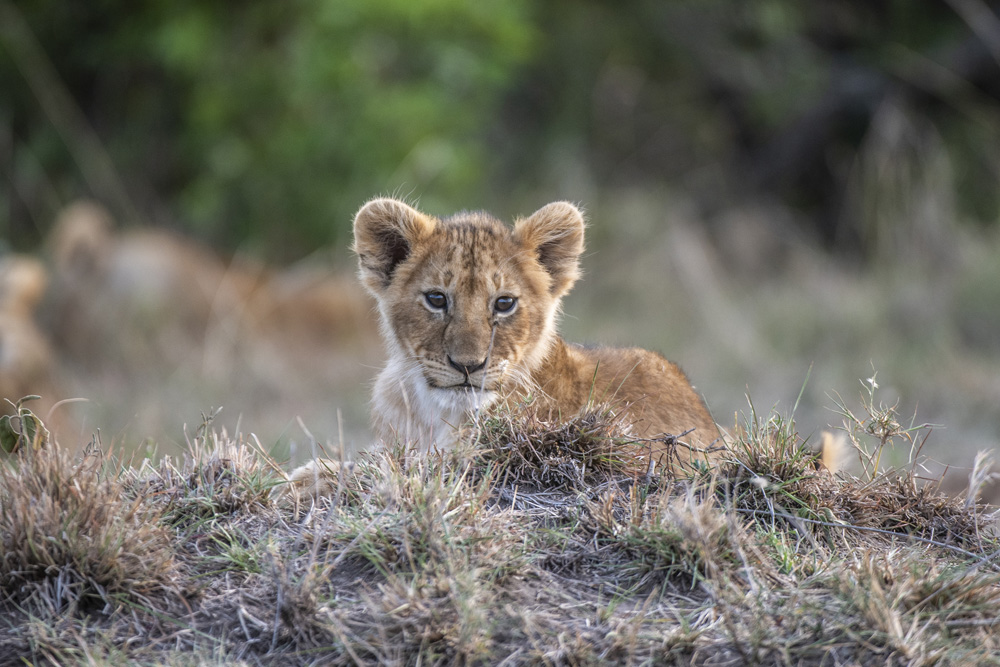
Photo courtesy of Exposure Tours
If that wasn’t enough, their small-group experience and one-on-one instruction provide value other companies can’t compete with. For starters, all their tours have a maximum enrollment of six people. Second, only two people travel in each safari truck, meaning better views and a more comfortable experience for you. Third, every guest receives individual feedback on their photos from the professional guides.
Besides lions, you can photograph many other rare and elusive African animals with the help of Exposure Tours. With that in mind, here are some of their most booked trips:
- Serengeti Photo Safari
- Mara Big Cats Photo Safari
- Birdwatching and Rhino Photo Safari
- Nairobi National Park Photo Safari
- Solo and Family Tours
Recommended Photography Gear
Heads up: Clicking on our affiliate links and exploring our sponsored content helps us at no extra cost to you, and we only recommend gear we're absolutely crazy about!
Learn More:
- How Wildlife Photography Tours Enhance Your Photography Skills
- These Tips for Wildlife Photography Will Help You Get Breathtaking Results
We Recommend
Namibia Photography and Travel Guide
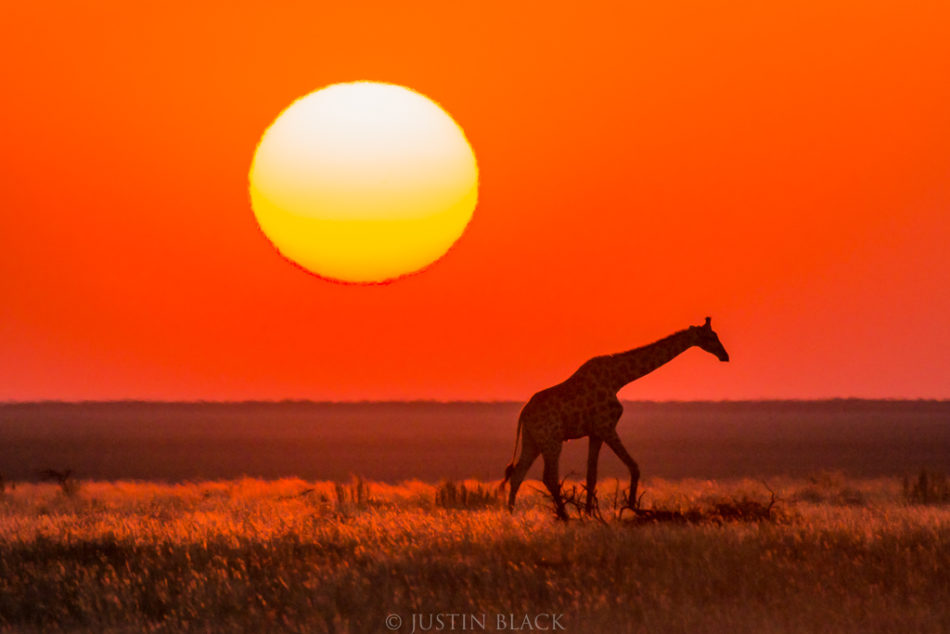
Image Credit: Justin Black
Namibia isn’t referred to as “Africa’s desert gem” for nothing.
It is a country of breathtaking beauty with awe-inspiring deserts with soaring dunes, plentiful wildlife, and abandoned ghost towns that serve as a reminder of how harsh desert life can be.
Namibia is home to some of the most incredible landscapes on earth as well, including the Skeleton Coast and Etosha National Park, both of which are must-sees for landscape photography enthusiasts.
Namibia is a place that can capture your heart, mind, and spirit, and when you travel there with your camera, you very well might not want to come back!
In this Namibia photography and travel guide learn about a few must-see locations and how to plan your Namibia trip to maximize your photographic opportunities.
Let’s get started!
What to Photograph in Namibia - Sossusvlei’s Thousand-Foot Dunes
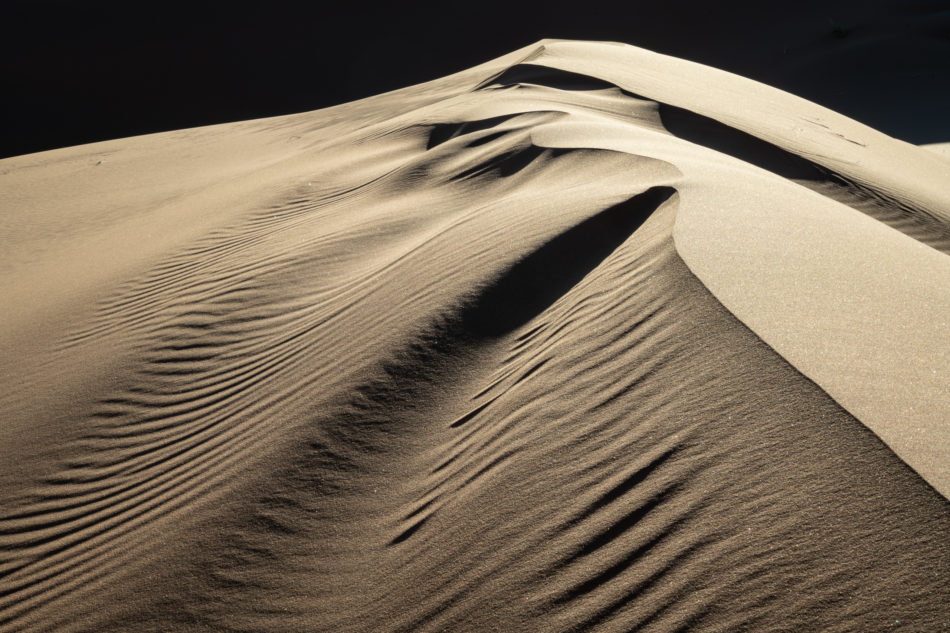
Image Credit: Eddie Soloway
The Sossusvlei region of Namibia is an interesting one, to say the least.
Located in Namibia’s Namib-Naukluft National Park, Sossusvlei is a salt and clay pan famous for its massive sand dunes.
The most interesting aspect of the dunes isn’t their height - some reach over 1,000 feet high - but instead it’s the colors of the sand that are the most fascinating.
You’ll find dunes that range from bright pink to dark orange, a variation that occurs because of oxidation (the sand has a very high iron content).
The longer the dunes have had to oxidize, the darker their coloring - old dunes are intensely red.
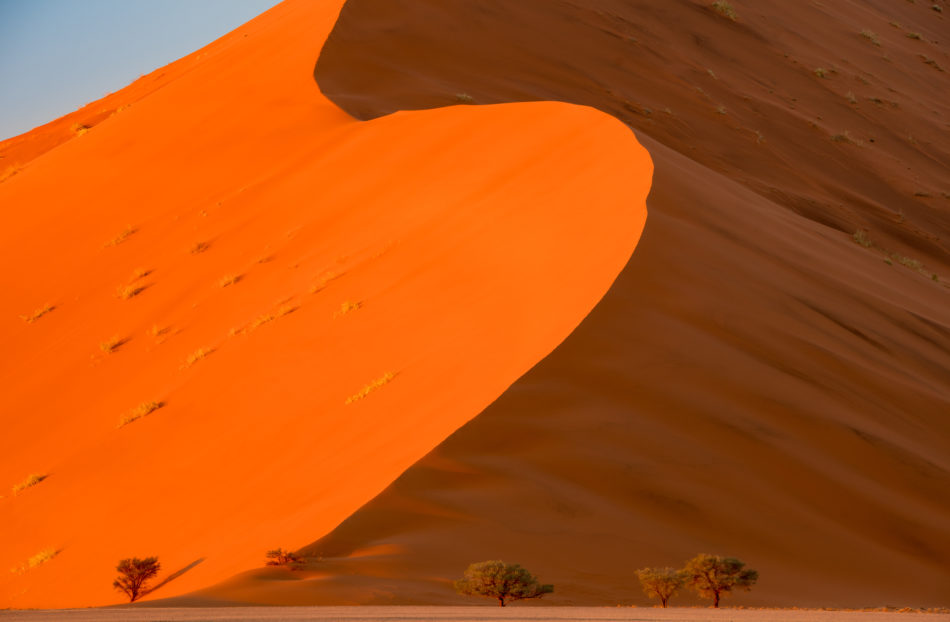
But the Sossusvlei region is much more than massive dunes...
Near the coast, the dunes give way to a completely different ecological zone, one with wetlands, lagoons, and mudflats.
Where the dunes harbor comparatively little life, their coastal neighbor is home to hundreds of thousands of birds and other animals that seek water, food, and shelter in the lagoons.
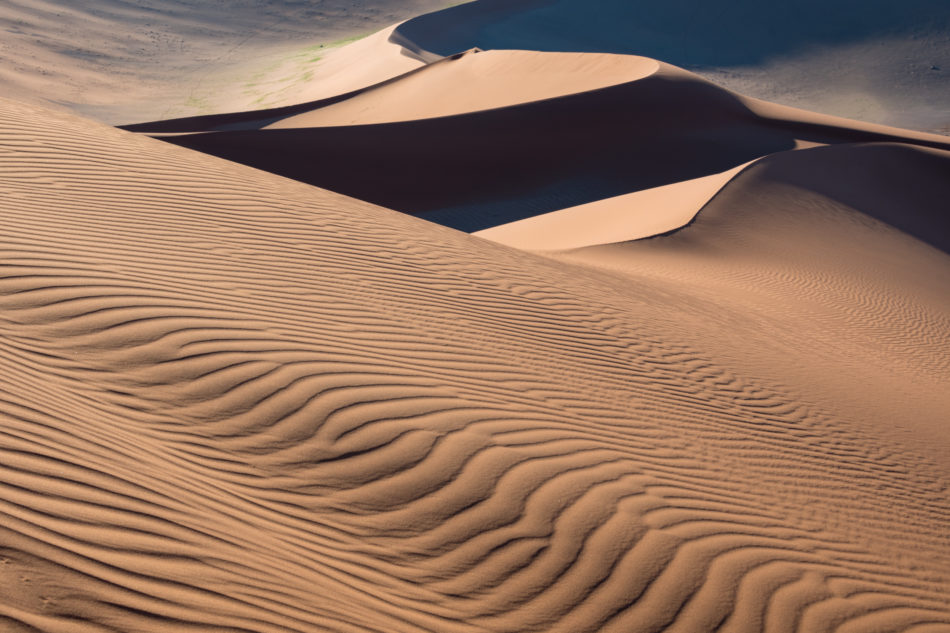
Quick Tip: Sidelighting is ideal for photographing dunes. As shown above, with the light entering the scene from the left, the right side of the dunes are cast in shadow to give the shot incredible contrast. What’s more, the sidelighting highlights the ripples in the sand created by the wind. The result is a photograph with incredible dimension!
What to Photograph in Namibia - The Wildlife of Etosha National Park
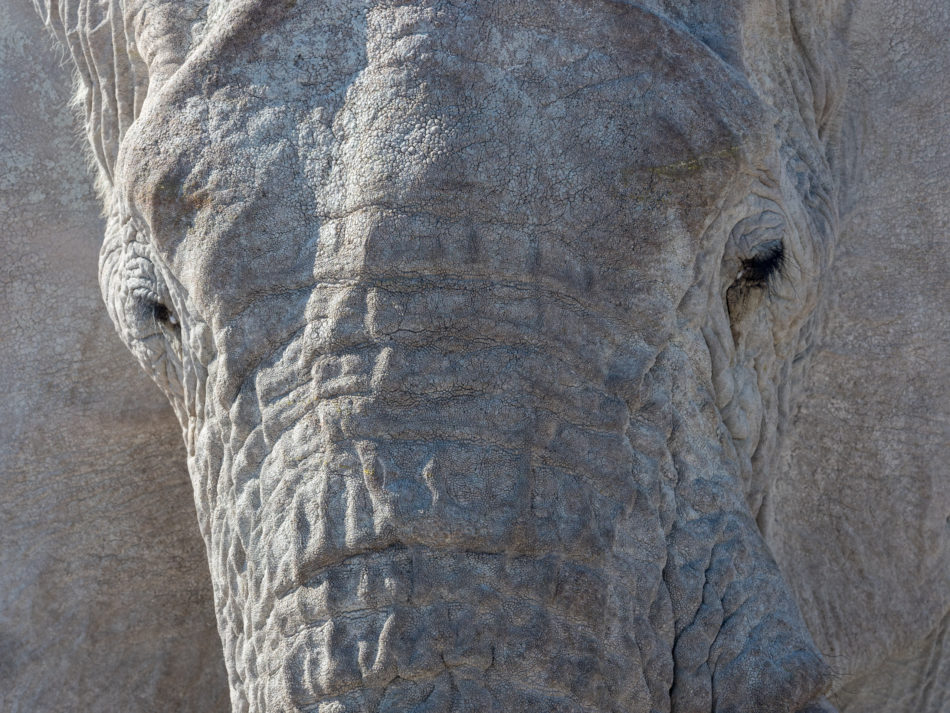
Considered the greatest wildlife sanctuary in Namibia, Etosha National Park is a must-see location if wildlife photography is on your agenda.
Though the majority of the park is a salt pan (which is so large it can be seen from space), wildlife from around Southern Africa migrates to the park’s many watering holes to satisfy their thirst.
To say that wildlife here is abundant is an understatement - you’re all but guaranteed to see game each time you venture out into the park, both because of the sheer number of animals and because the park is one of the most accessible reserves in all of Southern Africa.
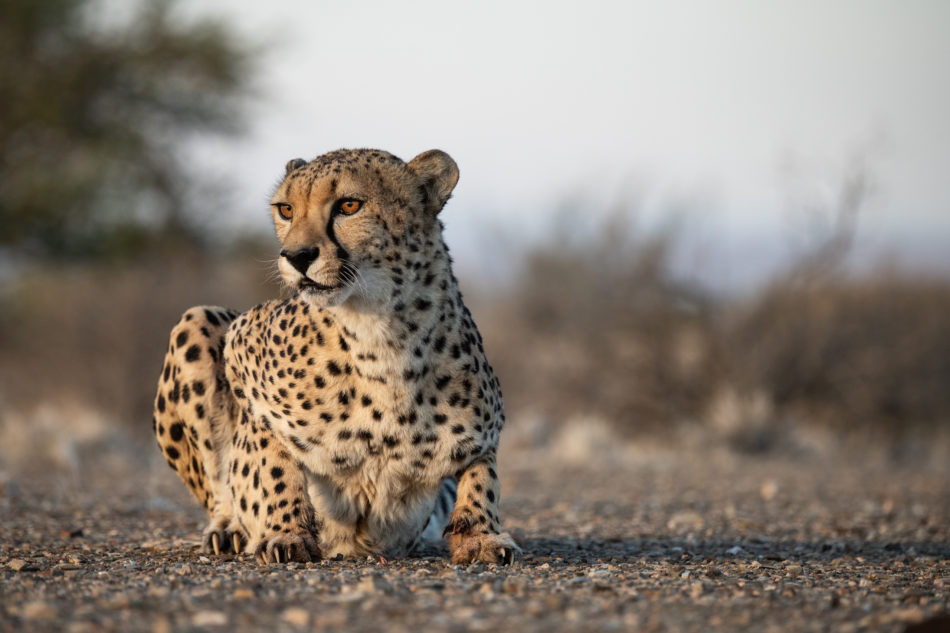
Image Credit: Eddie Soloway
The park offers a glimpse at both common and elusive wildlife species.
For example, elephants are found in large numbers, particularly in the areas of the park with thick vegetation. Lions, giraffes, and many common kinds of birds (all 340 species of them!) are easily spotted in many locations in the park.
At the same time, you can spot elusive leopards and the endangered black rhinos in the park, as well as the world’s largest bird, the ostrich, and the heaviest flying bird, the kori bustard.
Of course, the best time to visit this area is in the heat of the summer, when animals come from far and wide to find replenishment during the dry season.
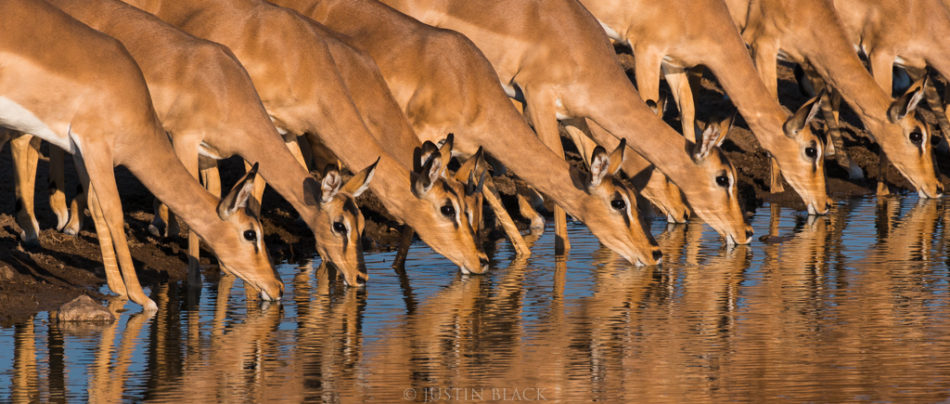
Image Credit: Justin Black
Quick Tip: At 8,598 square miles, Etosha National Park isn’t exactly small. As a result, plan for several days to explore its beauty. There are three main camps inside the park (Okaukuejo, Halali and Namutoni) that offer sleeping accommodations, restaurants, shops, and recreational opportunities. Deeper in the park are three more camps, Olifantsrus, which offers camping only, and Dolomite and Onkoshi, both of which offer safari-like experiences.
What to Photograph in Namibia Abandoned Ghost Towns
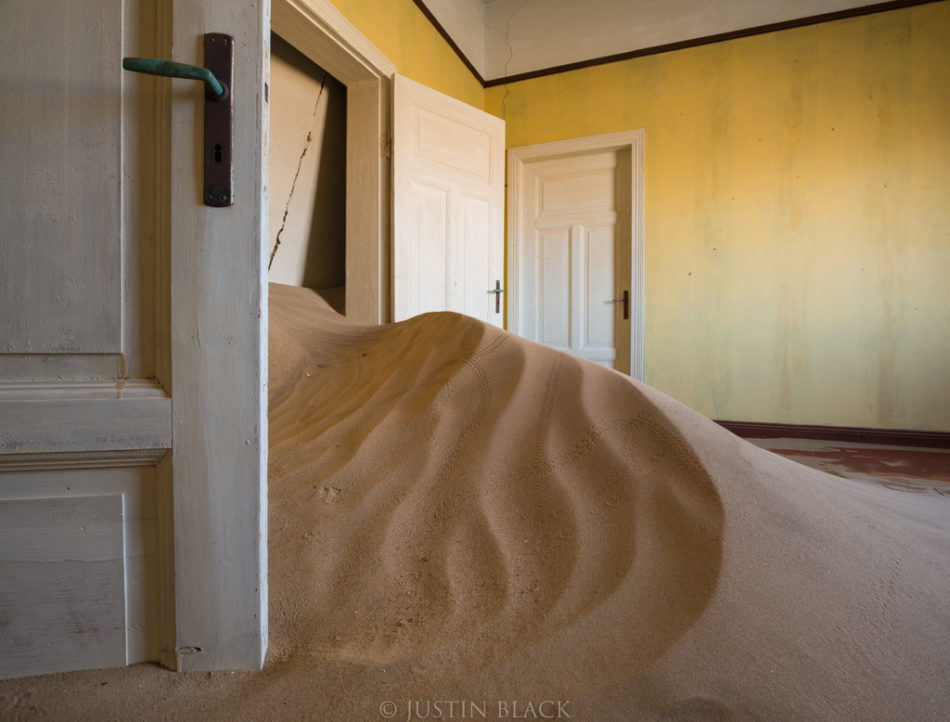
Image Credit: Justin Black
One of the most haunting scenes you’ll find in Namibia are its abandoned ghost towns that are slowly being reclaimed by the desert sands.
Kolmanskop, a once-bustling mining town, is a must-see. Its buildings still stand, but since the diamond mine there collapsed and its residents left, sand is overwhelming the buildings with dunes forming against their sides (and entering their doors and windows).
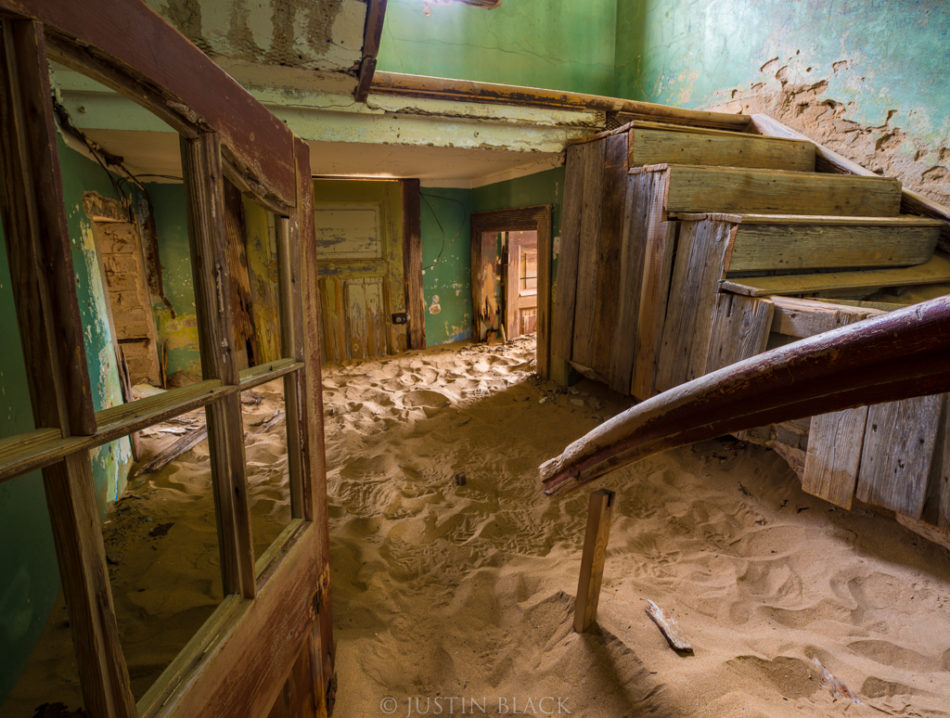
Image Credit: Justin Black
The town’s buildings bear the architectural style associated with German towns, thanks to the German control of the area in the early 20th Century after diamonds were discovered.
The dry climate has preserved the buildings, which are in shockingly good condition, apart from the knee-deep sand that now covers their floors.
Quick Tip: Elizabeth Bay is another abandoned mining town worth your time. Remains of the original town and mine still stand, though in the shadow of the new Elizabeth Bay Mine that opened in 1991 and is still in operation today.
How to Make the Most of Photographing Namibia
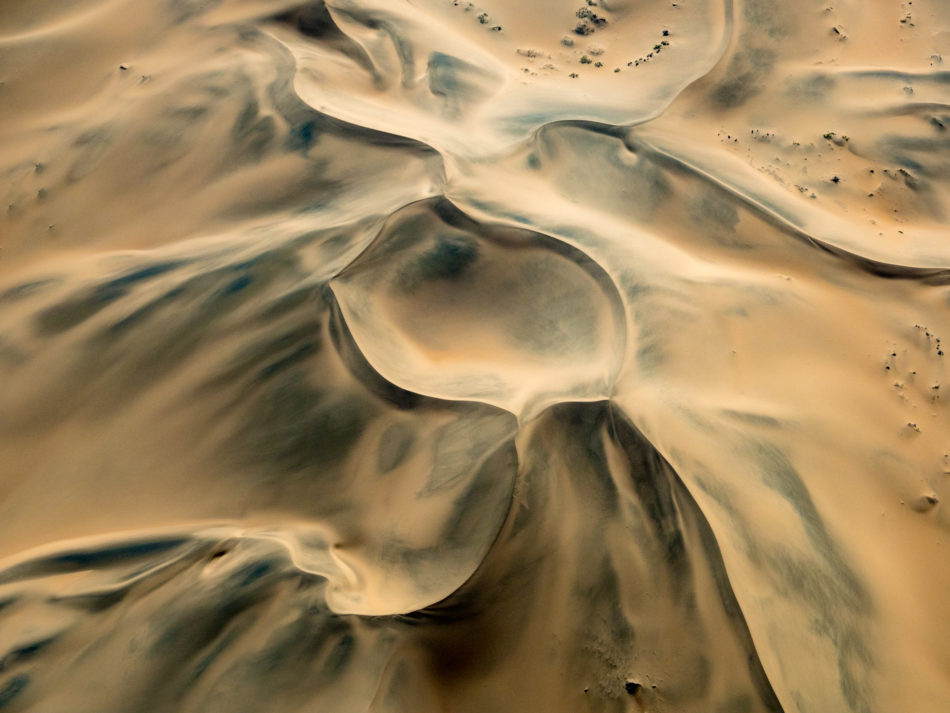
A photography trip to Namibia is on many people’s bucket list. So why don’t more people make the trek?
The primary difficulty with planning a photography trip to Namibia is simply determining where to go. With so many breathtaking sights and photo opportunities throughout the country, one could easily spend months there with a camera, yet most of us do not have that kind of time to do so!
It then becomes a difficult process of choosing the few locations you’ll get to see - a task that becomes doubly difficult after seeing photos of this impressive area. It’s simply so hard to decide.
That’s why traveling to Namibia as part of a photography tour makes so much sense…
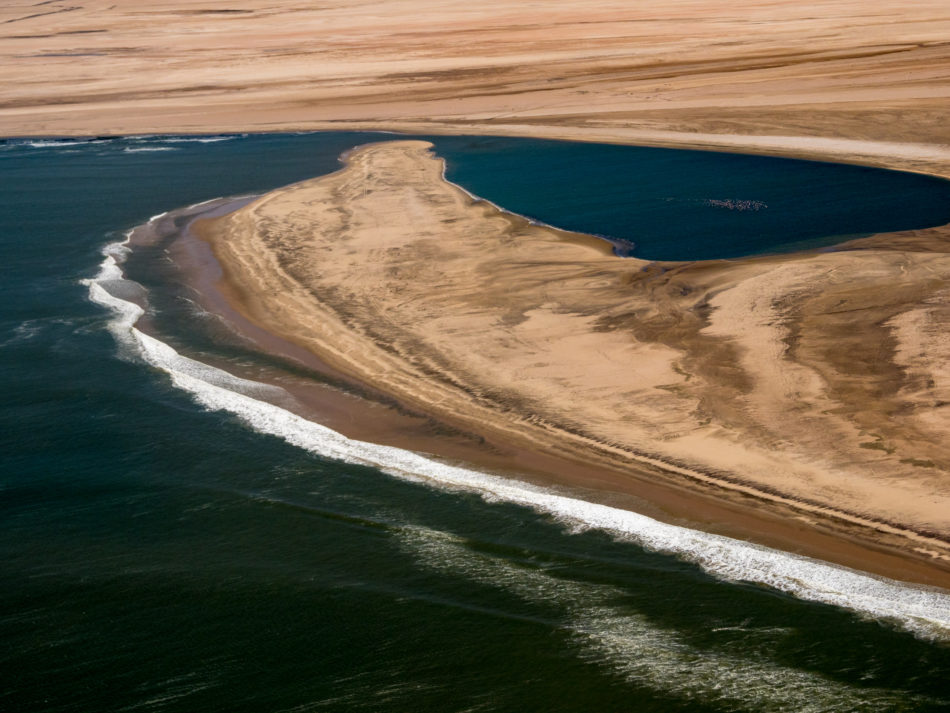
If you think about it, the hard parts are taken care of for you - creating an itinerary, determining when and where to go (and for how long), and arranging travel and accommodations in-country.
And, when you travel to Namibia with the likes of Visionary Wild, you’re led by world-renowned photographers Michael Melford and Eddie Soloway, both of whom have spent their fair share of time in Namibia.
That means that you get to learn from some of the best photographers in the world, but you also get to rely on their expertise to take you to iconic places and off-the-beaten-path areas that few tourists get to see.
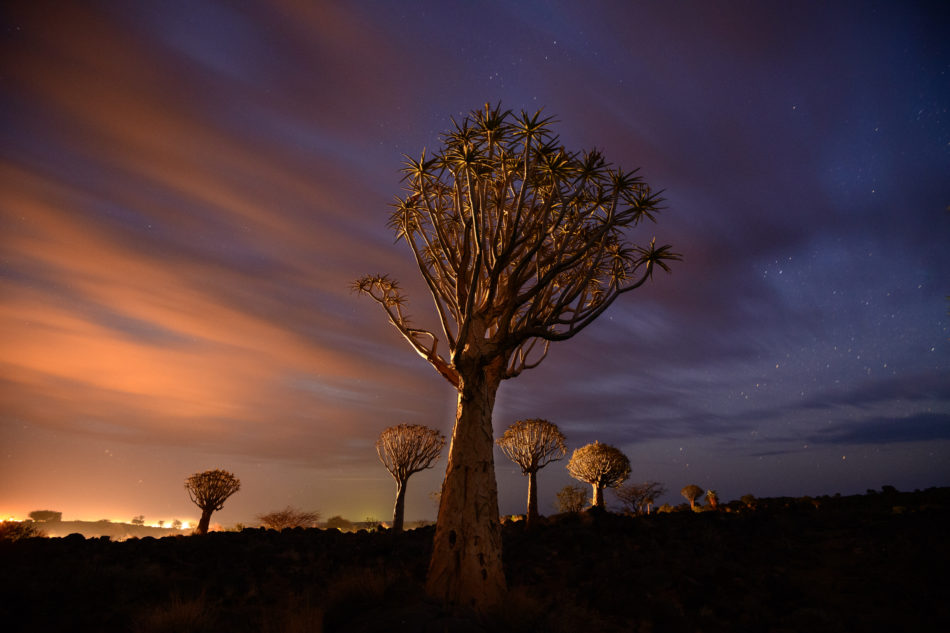
Visionary Wild’s Namibia expedition puts you in-country for two weeks (June 21-July 4, 2020). During that time, you’ll get to explore each of the locations described above, as well as many other photography hot spots in Namibia, including:
- The Quiver Tree Forest, where centuries-old trees and dolerite rock formations comprise the Giants Playground.
- Lüderitz, a mining ghost town that serves as an interesting relic of 19th and 20th Century German imperial aspirations.
- Swakopmund and Walvis Bay, two bustling cities on Namibia’s Skeleton Coast, which is named as such due to the large number of whales that have been stranded there, their skeletons still dotting the shore (which you can see from your private scenic airplane flight over the coast).
- Damaraland, a stunning landscape that’s home to the Brandberg, Namibia’s highest mountain, a millions-year-old petrified forest, and Twyfelfontein, a rocky outcropping that features thousands of engravings by Namibian bushmen.
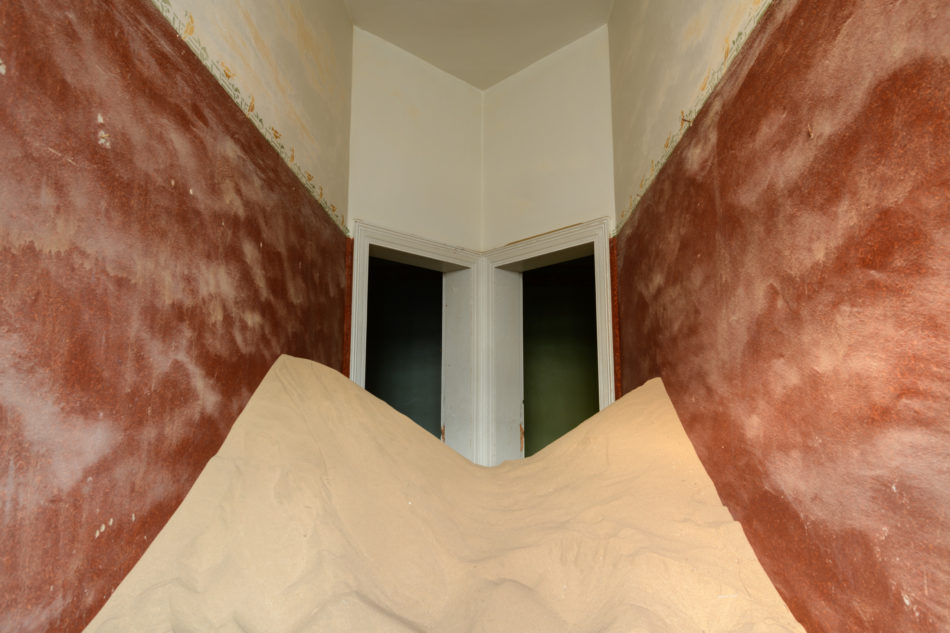
It’s an itinerary chock-full of adventure, but in amongst all that adventure, you get plenty of opportunities to learn more about photography and hone your skills behind the lens.
And since the expedition is limited to just six participants, the instructor-to-student ratio is just 3:1. That gives you ample time to get one-on-one instruction that will truly help you achieve your potential as a photographer.
There is truly no better way to experience Namibia and learn how to become a more skilled photographer than a small group photography expedition.
To learn more about Visionary Wild’s Namibia expedition, click here.
Other Tips for Planning a Namibia Photography Trip
- Where to fly into: Most international flights arrive at Hosea Kutako International Airport.
- Best luggage: For a trip of this length, the Nomatic Check-In roller bag is the ideal choice. It offers polycarbonate construction that stands up to the rigors of travel, silent wheels, low-profile handles, and a three-stage aluminum handle to fit your height. With space for 78 liters of gear, this bag has plenty of room for a 5-day trip or longer.
- Attractions & Things to Do: Take time out to explore the wildlife in Namibia's sand dunes. A stop in the coastal town of Swakopmund should be on your list of things to do as well. There, you can enjoy cool ocean breezes and visits with the friendly locals.
- Best Time of Year to Visit: Summer to early fall is the prime travel season to Namibia. Wildlife is extremely active during this time and the chances of rain are low.
- Check the weather in Namibia right now.
We Recommend
These Tips for Wildlife Photography Will Help You Get Breathtaking Results
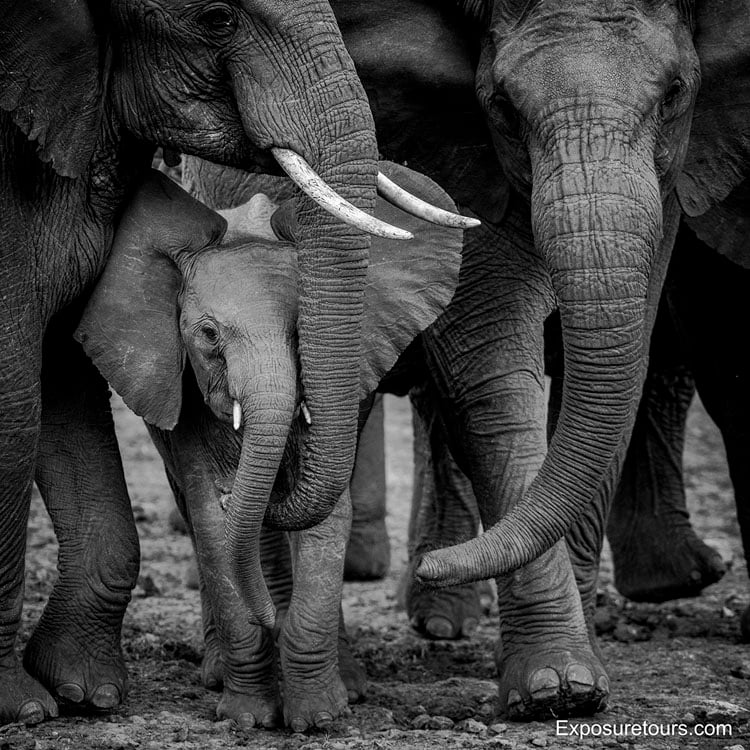
Photo courtesy of Exposure Tours
Capturing high-quality images of wildlife in its natural habitat is a skill that requires not only technical knowledge but also a deep understanding of the untamed beauty of the animal kingdom. With that in mind, you’ve come to the right place if you are looking to make yourself a better wildlife photographer!
In this article, we'll share a collection of tips for wildlife photography designed to help you achieve breathtaking results. From owning the right gear and understanding animal behavior to setting up your camera correctly and mastering the art of patience, we guarantee your wildlife pictures will improve after implementing our tips into your photography process.
Furthermore, regardless of whether you are a seasoned vet with years of experience or a beginner photographer, you’ll find loads of useful information below. Okay, what are we waiting for? It’s time to dive in and discover our top five tips for wildlife photography!
Check out the video above by Roie Galitz to learn how to get started in wildlife photography, essential tips for beginners, and more.
Table of Contents
- Tips for Wildlife Photography: Invest in the Right Equipment
- Tips for Wildlife Photography: Research and Plan
- Tips for Wildlife Photography: Use the Correct Camera Settings
- Tips for Wildlife Photography: Patience is a Virtue
- Tips for Wildlife Photography: Take a Photo Tour With Experienced Guides
- More Wildlife Photography Tips
- Recommended Photography Gear
Tips for Wildlife Photography: Invest in the Right Equipment
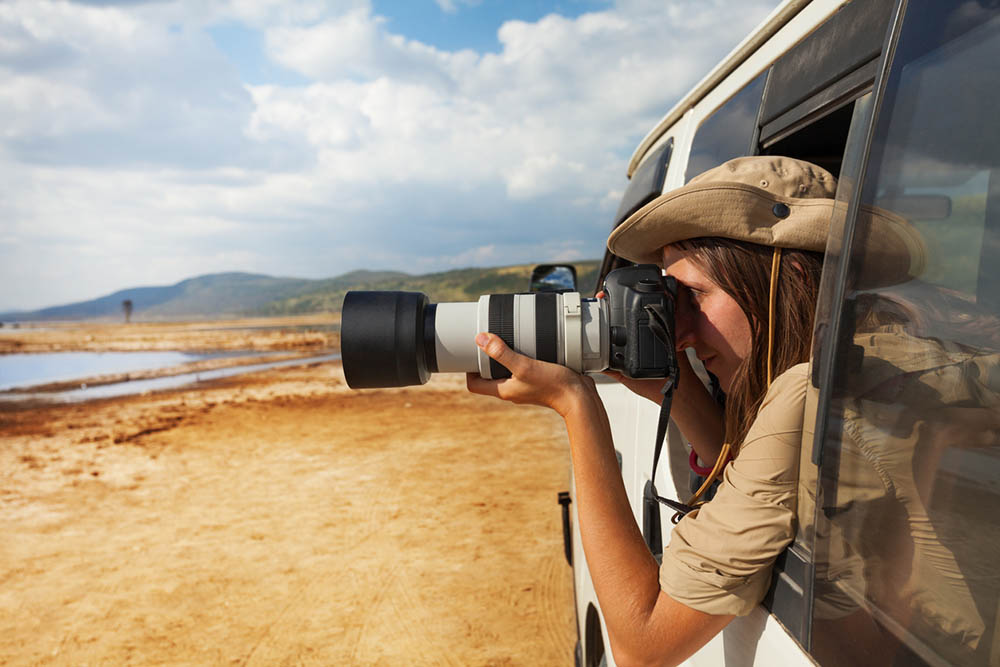
Photo by SerrNovik via iStock
Before doing anything else, you must have a good camera kit for wildlife photography. That means investing in the right camera and lenses. Three features to look for in a wildlife photography camera are fast burst shooting, responsive autofocus, and an environmentally sealed body.
Two mirrorless cameras that immediately come to mind are the all-new Sony a9 III (for professionals) and the Olympus OM-D E-M1X (for beginners). In terms of lenses, telephoto lenses offer the best focal length for wildlife photography.
Other functional wildlife photography gear includes a sturdy tripod, a comfortable camera backpack, binoculars, spare memory cards/batteries, and rain protection.
Tips for Wildlife Photography: Research and Plan
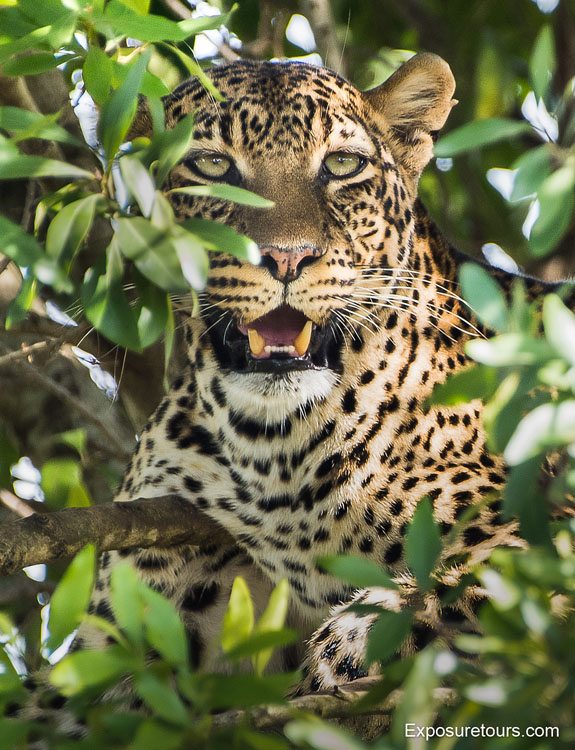
Photo courtesy of Exposure Tours
Just like you wouldn’t sign up for a marathon without training for it, you have to research and plan if you want to be successful at wildlife photography. The first step is learning about the area and the animals you plan to capture. Knowing the time of year animals are most active, where they like to go, and their behavioral patterns will give you a better chance of encountering them.
Talking to people with local knowledge is an excellent way to educate yourself before heading into nature. Alternatively, the internet is an endless fountain of information where you can find anything you want. Creating a detailed shot list, location scouting (if possible), and checking the weather are other ways to prepare for wildlife photography.
Learn More:
- What is the Best Camera for Landscape and Wildlife Photography?
- Basic Wildlife Photography Gear List
Tips for Wildlife Photography: Use the Correct Camera Settings
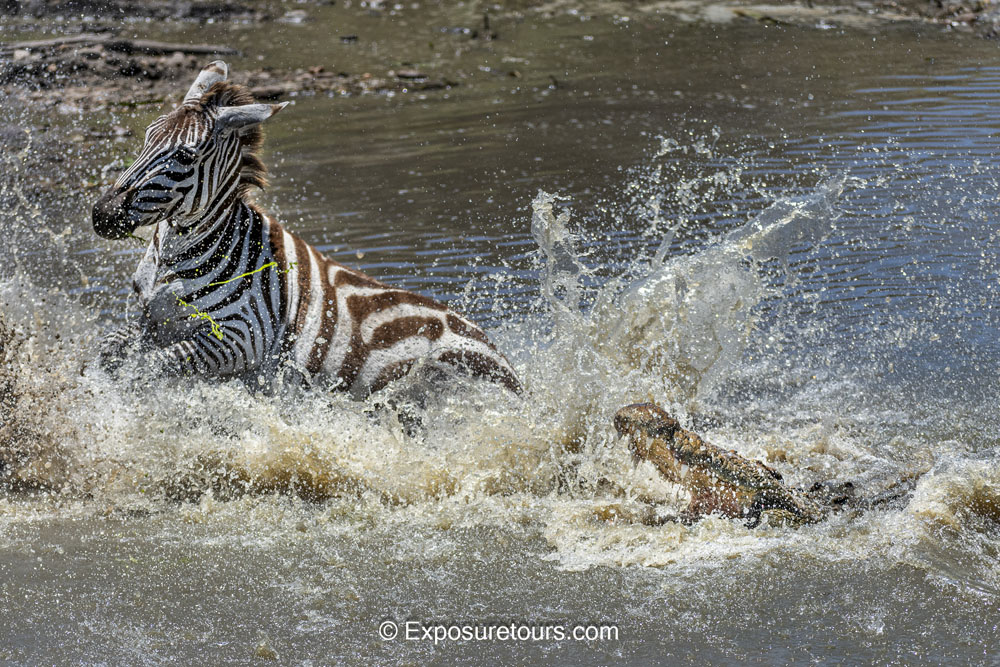
Photo courtesy of Exposure Tours
Now that you have the right gear and a solid plan, it’s time to select the best settings for wildlife photography. If you are a beginner, you will see the best results using “Aperture Priority” mode and setting a wide aperture.
Conversely, more experienced photographers should use “Manual.” When shooting Manual, the best combination is a high shutter speed, wide aperture, and low/medium ISO. However, depending on the lighting, you may need to play around with the ISO or use ND filters.
Additionally, since animal movements are unpredictable, both beginners and pros should almost always use autofocus. It will allow you to consistently capture the sharpest, most in-focus images of animals, birds, etc.
Tips for Wildlife Photography: Patience is a Virtue
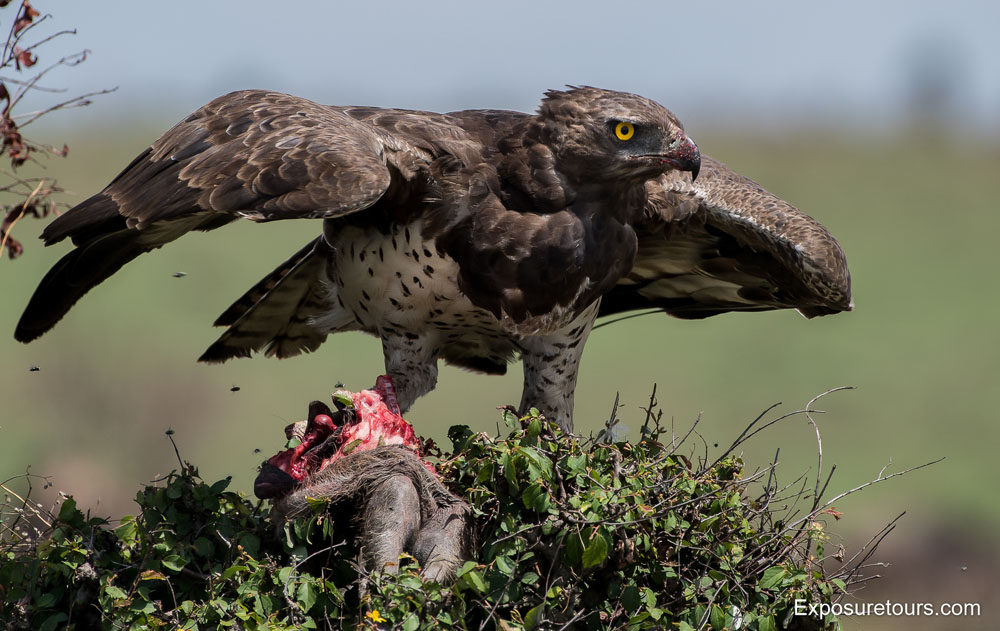
Photo courtesy of Exposure Tours
Unlike mountains and deserts that have been static for millions of years before we existed and will remain that way for millions more after we are gone, animals are always on the move. This makes them elusive subjects that can be notoriously difficult to photograph.
So, if you expect to be able to go out and take the perfect wildlife photo on your first try, I’m afraid you are sadly mistaken. That’s why being patient is a must for any aspiring wildlife photographer.
And if you are serious about getting breathtaking results, you will also need to get comfortable with long periods of silence and solidarity.
Tips for Wildlife Photography: Take a Photo Tour With Experienced Guides
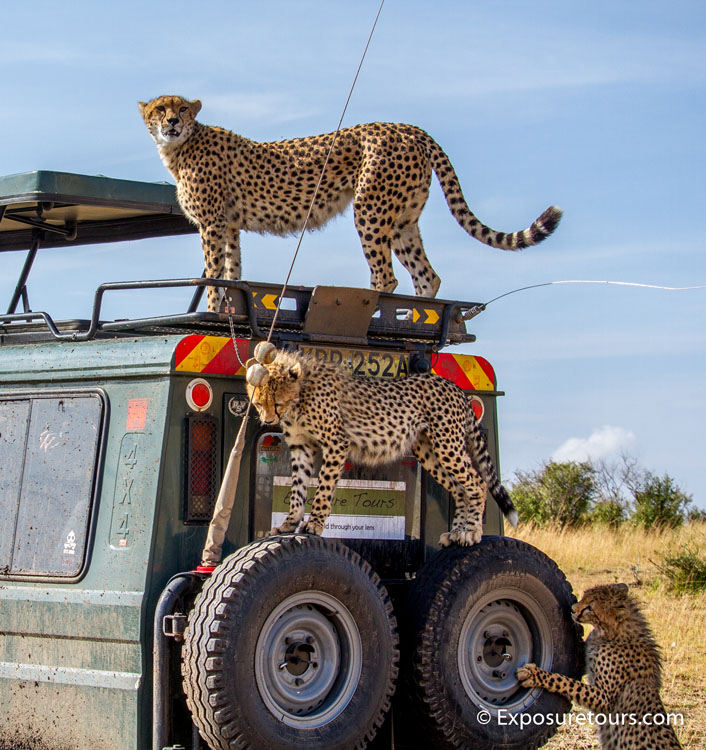
Photo courtesy of Exposure Tours
Finally, why not go on a dedicated wildlife photography tour? They are great ways to experience unknown landscapes, get local guidance, and create lifelong friendships, all while taking amazing photos.
Also, in many cases, it’s easier and safer to go with a tour group, depending on where you are going. One of those places is a dream destination for many wildlife lovers: the safaris of Africa. There are tons of organized photo safaris available today, but one that stands out from the crowd is this 9-day Serengeti Group Safari by Exposure Tours.
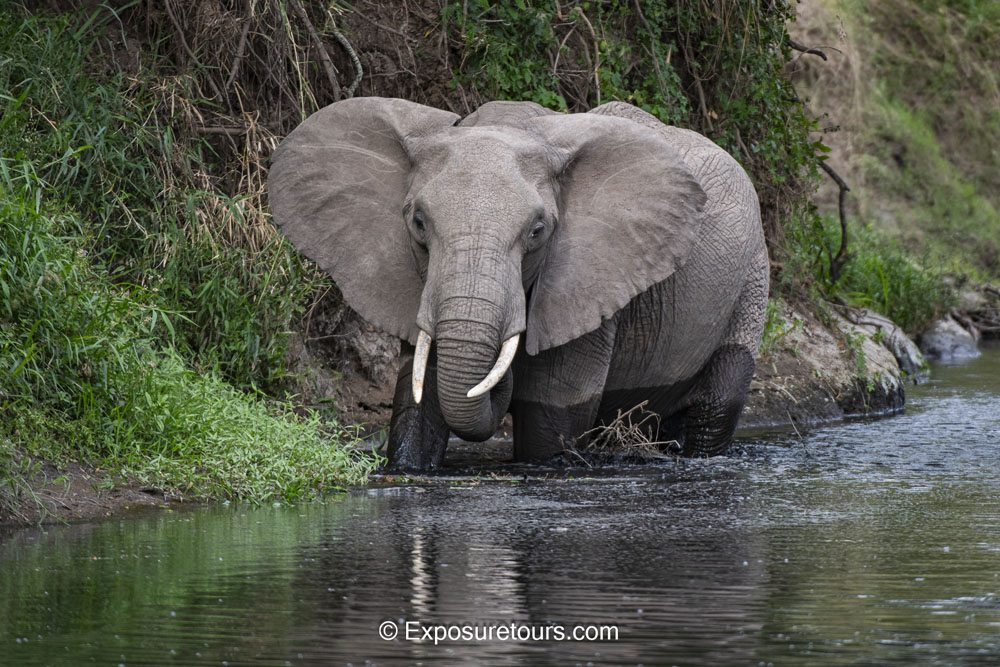
Photo courtesy of Exposure Tours
Why go with Exposure Tours? They’ve been running trips for over 30 years and have a wealth of experience in this region. Moreover, their tour overlaps with the “Great Migration,” so you can expect to see almost all the most famous African animals. They also offer a Big Cat Photo Safari, Birding/Rhino Trips, Tours of Nairobi National Park, and Solo/Family Packages.
Plus, you’ll be treated to small group trips, typically with no more than six people. What’s more, you’ll enjoy extra room in your safari vehicle - unlike other tour companies that cram four or more photographers into one vehicle, Exposure Tours limits it to just two photographers, giving you more room for you and your gear and unobstructed 360-degree views of the surroundings. Nice!
More Wildlife Photography Tips
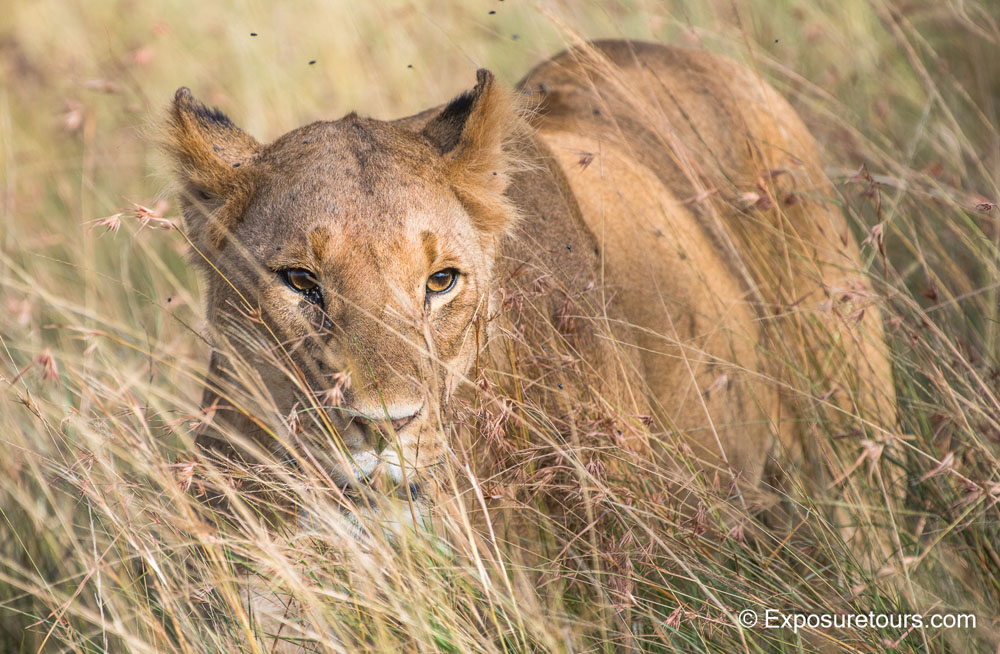
Photo courtesy of Exposure Tours
Thanks for taking the time to read this wildlife photography guide. We hope you have found it useful and informative. Now, it’s up to you to go out and put what you’ve learned into practice. Only then will you start to see actual improvements in your images!
As a farewell gift, here’s a list of more tips for wildlife photography that will help you get breathtaking results:
- Learn composition rules (and know when to ignore them)
- Experiment with different angles and lighting
- Get an underwater housing for your camera or a waterproof camera
- Take a wildlife photography course
- Respect the environment & follow the “Leave No Trace” Principles
- Practice, practice, practice & have fun!
Recommended Photography Gear
Disclaimer: Our articles might have affiliate links and the occasional sponsored content, but don't sweat it – if you buy something, we get a little kickback at no extra cost to you, and we only hype products we truly believe in!
Learn More:
- Capturing the Perfect Shot: How to Choose the Right Photography Tour
- Try This Landscape Photography Technique for Much-Improved Results
We Recommend
What Features Should I Prioritize in a Camera for Wildlife Photography?
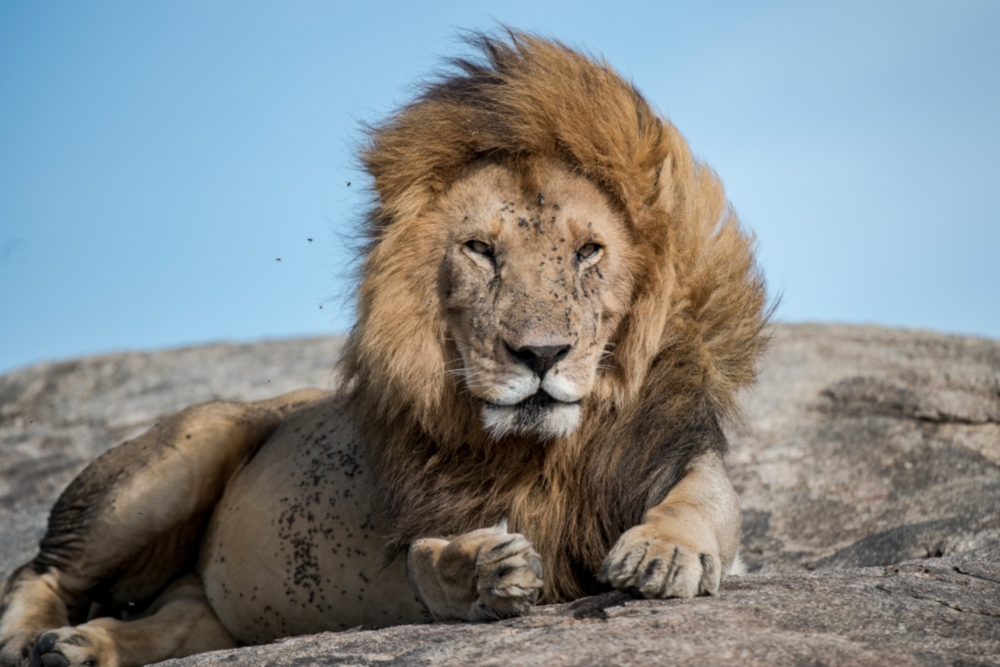
Photo courtesy of Exposure Tours
If you like taking pictures of animals and are shopping for a new camera, this article is for you! Here, we’ll share all the most important features you should prioritize in a camera for wildlife photography. Since the most popular cameras today are hybrid cameras, we’ll discuss features for both photography and videography.
Additionally, we’ll cover topics like what you can do to be a good wildlife photographer besides owning the right gear, the best cameras for wildlife photography, and our favorite wildlife photography tours for 2024.
Now, whether you’re a budding photographer new to wildlife photography or a pro with decades of experience, join us as we explore the key features and specs to look for in a camera for wildlife photography!
Check out the video above by Tony & Chelsea Northrup to learn the best camera settings for wildlife photography.
Table of Contents
- What Makes a Great Wildlife Photographer?
- Camera for Wildlife Photography: Photo Features
- Camera for Wildlife Photography: Video Features
- The Best Cameras for Wildlife Photography
- The Best Wildlife Photography Tours
- Recommended Photography Gear
What Makes a Great Wildlife Photographer?
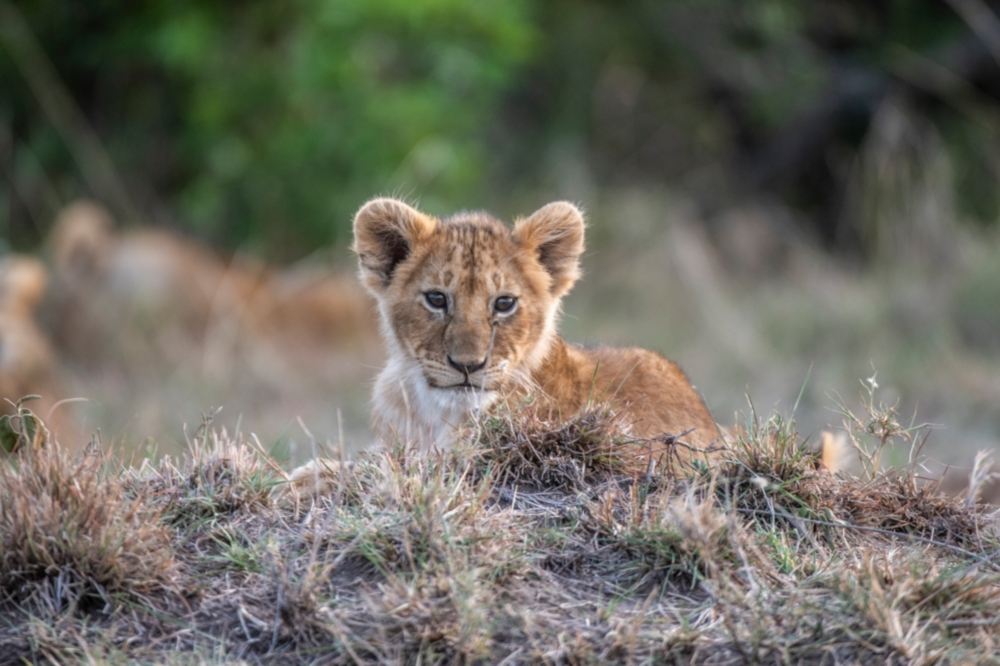
Photo courtesy of Exposure Tours
Before we dive into the specific photo and video features to prioritize in a camera for wildlife photography, we want to emphasize one crucial thing. At the end of the day, it’s not the camera, lenses, and other gear that makes someone a great wildlife photographer—it’s knowing what to do with said gear!
That means learning the basics of core photography elements like the exposure triangle (shutter speed, aperture, ISO), lighting, composition, framing, etc. It also means spending time in the field with your camera to learn how it works and become as fast and efficient as possible. Because as you’ll see later, speed is king when it comes to wildlife photography.
An excellent way to improve your photography skills at home is by enrolling in an online wildlife photography course or signing up for a local wildlife photography club. Alternatively, wildlife photography tours are a fantastic option for people who want to learn from professionals in real time while making memories and friends that will last forever.
Camera for Wildlife Photography: Photo Features
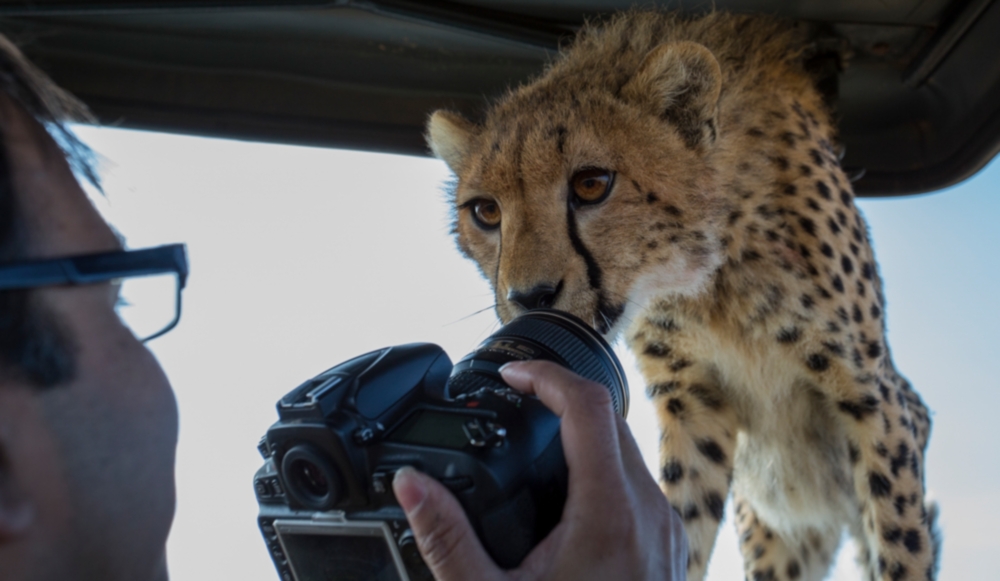
Photo courtesy of Exposure Tours
Since wildlife photographers spend long hours walking and working with their cameras, the first feature to look for is a camera body that’s as light and compact as possible. That’s why we recommend going with a mirrorless camera over a DSLR.
The next thing you will want to prioritize is sensor size. Simply put, the larger the sensor, the better. A larger sensor will have more pixels, larger pixels, and gather more light. These often-overlooked specs improve detail retention and low-light performance. You will see the best results from a medium-format or full-frame sensor.
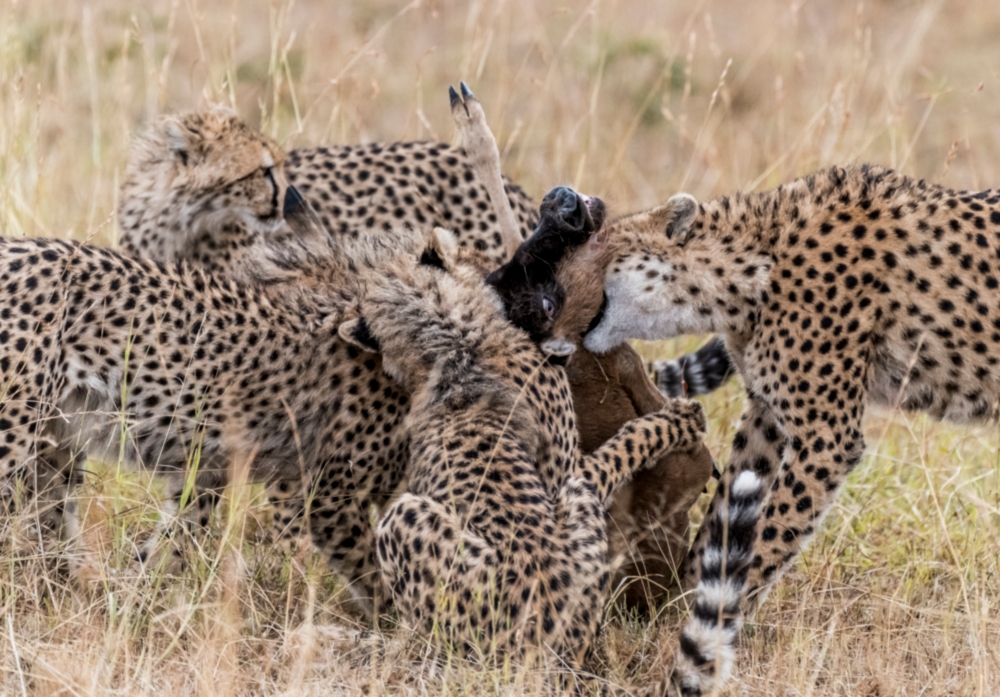
Photo courtesy of Exposure Tours
Fast continuous shooting (aka burst shooting) speed is another feature to prioritize in a camera for wildlife photography so you can capture fast action (as shown above). The more frames per second (fps) a camera can capture, the more chances you have to nail the perfect shot. As a rule of thumb, look for a camera with a max shooting speed of at least 11.0 fps.
Other photo features to think about are image resolution, EVF resolution, buffer speeds, and lens compatibility.
Learn More:
- These Tips for Wildlife Photography Will Help You Get Breathtaking Results
- How Wildlife Photography Tours Enhance Your Photography Skills
Camera for Wildlife Photography: Video Features
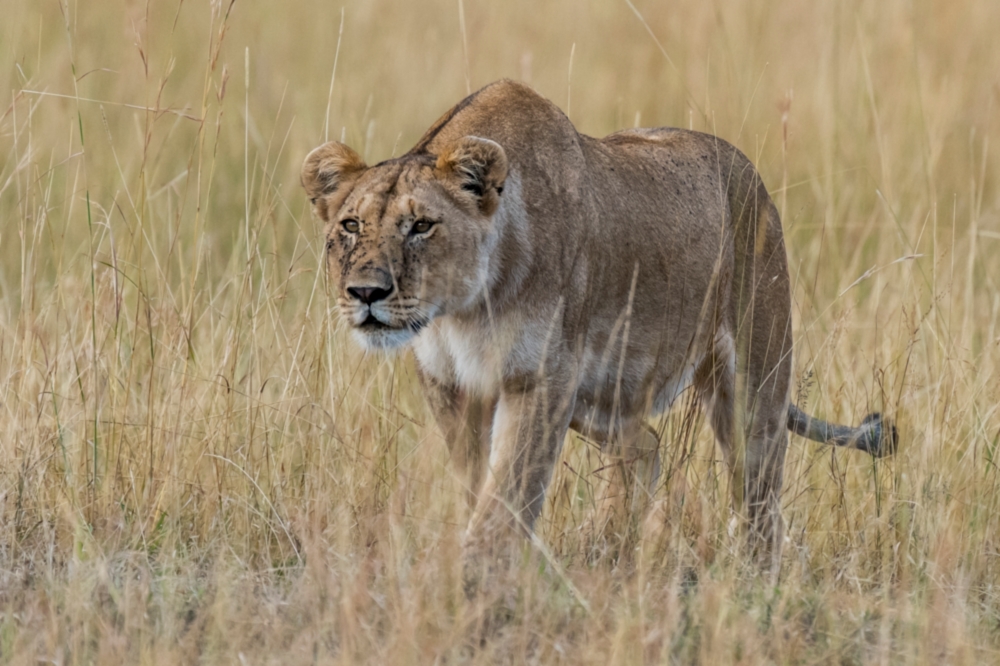
Photo courtesy of Exposure Tours
For videos and photos alike, one of the most important features to prioritize is autofocus (AF). Nearly all modern cameras today have AF capabilities, but unfortunately, not all AF performs equally, so you have to know how to differentiate them.
Four things to research about autofocus are speed, the type of autofocus (phase detection vs contrast detection), the number of AF points, and subject recognition/tracking. Regarding subject recognition, some newer cameras can even identify, lock onto, and track the eyes of animals and birds.
Other video features to consider are video resolution, video frame rates, the rear screen, audio controls, and the number/type of memory card slots.
The Best Cameras for Wildlife Photography

Photo courtesy of Exposure Tours
Now that you know the key features and specs to prioritize in a camera for wildlife photography, here are two lists of some of the most sought-after cameras today. The first is for experienced photographers and professionals, while the second is for beginners and people on a budget.
Best Professional Wildlife Photography Cameras

Best Budget Wildlife Photography Cameras
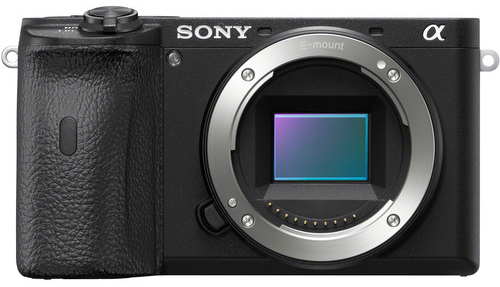
The Best Wildlife Photography Tours
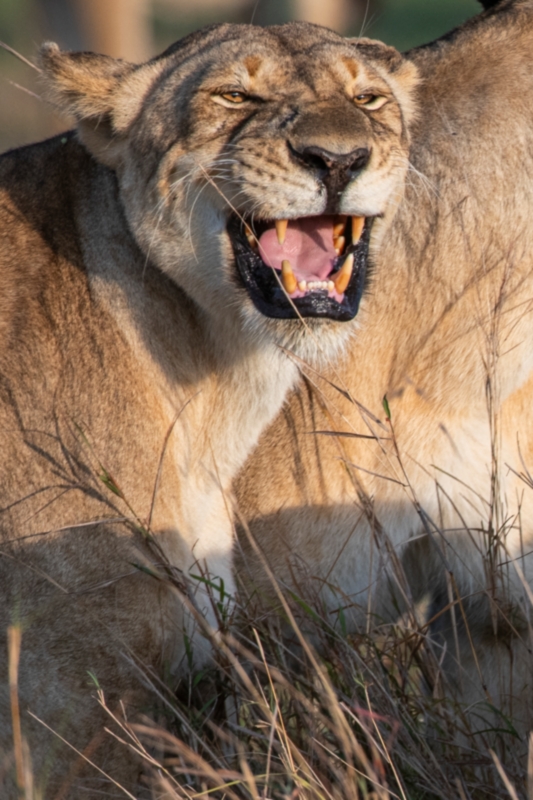
Photo courtesy of Exposure Tours
Finally, have you ever considered going on a professionally-organized wildlife photography tour? If not, you absolutely must sign up for one in 2024!
Why? Well, they travel to some of the most beautiful destinations on the planet, help you capture once-in-a-lifetime photos of exotic wildlife, and organize everything (travel, accommodation, meals, etc.) from start to finish. Wow!
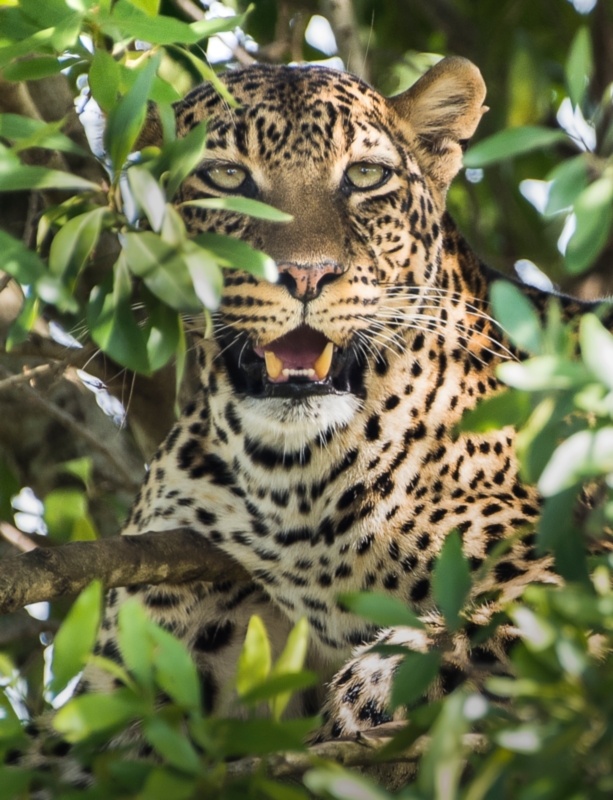
Photo courtesy of Exposure Tours
With that in mind, one company we highly recommend is Exposure Tours. They are an experienced tour operator that has run photography expeditions in Africa for over 30 years. Their director of photography (Bryan Pereira) is an award-winning photographer, and their tour director (Simon Ball) has led trips in Africa for 10+ years and has a degree in zoology.
If that wasn’t enough, their small-group experience and one-on-one instruction provide value other companies can’t match. First, all of their tours have a max size of six people. Second, only two people travel in each safari truck, meaning better views and a more comfortable journey. Third, every guest receives individual feedback on their photos from the professional guides. What’s not to like?!
Here are some of the amazing trips offered by Exposure Tours:
- Serengeti Photo Safari
- Mara Big Cats Photo Safari
- Birdwatching and Rhino Photo Safari
- Nairobi National Park Photo Safari
- Solo and Family Tours
As I said earlier, it isn’t the gear you have that makes the most difference in the shots you take. Instead, it's your skills behind the lens. Level up your skills in short order by joining Exposure Tours for a photo safari in 2024!
Recommended Photography Gear
A quick heads-up: If you snag something through our affiliate links or check out our sponsored content, we might earn a commission at no extra cost to you. But fear not, we're all about recommending stuff we're truly stoked about!
Learn More:
- Capturing the Perfect Shot: How to Choose the Right Photography Tour
- Basic Wildlife Photography Gear List
We Recommend
What is Botswana Known For?

Photo by David W. Shaw
If you’ve never traveled to Botswana, you might wonder what it’s primary features and attractions are.
For photographers, this incredible country has many highlights that make it an ideal place to tour with your camera.
From breathtaking landscapes to an incredible diversity of wildlife, there is no lack of subject matter for photo-taking.
So, what is Botswana best known for? Let’s find out…
Botswana is Known for Elephants
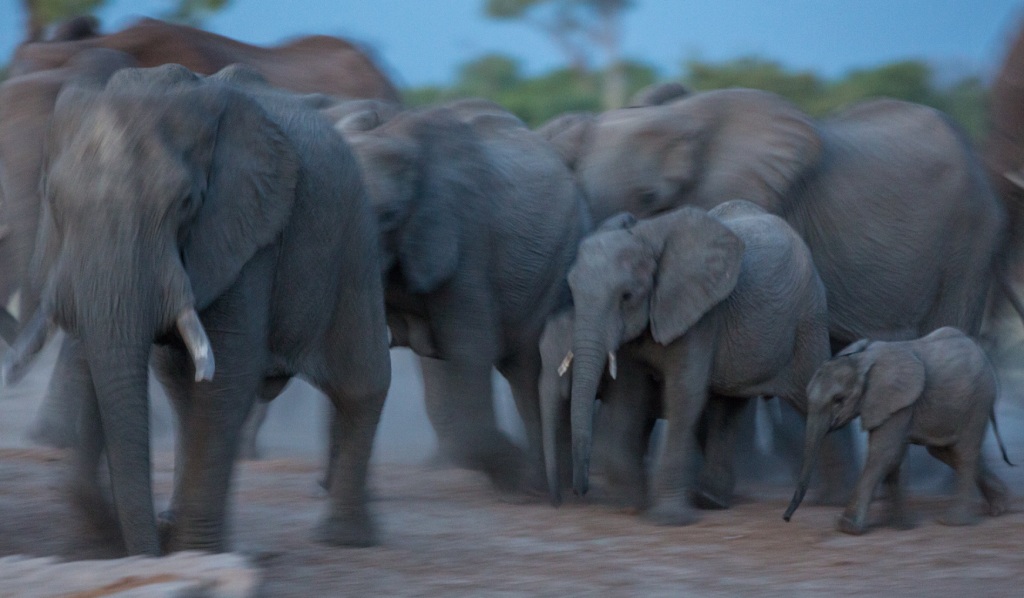
Photo by David W. Shaw
If it’s elephants you want to photograph, Botswana is your destination.
With the largest population of elephants in Africa, there are many different locations in this country where you can observe and photograph these massive beasts.
One of the best locations to see elephants is along the Chobe River. Along with many of Africa’s other wildlife, elephants frequent the river to drink and cool off from the heat of the African sun.
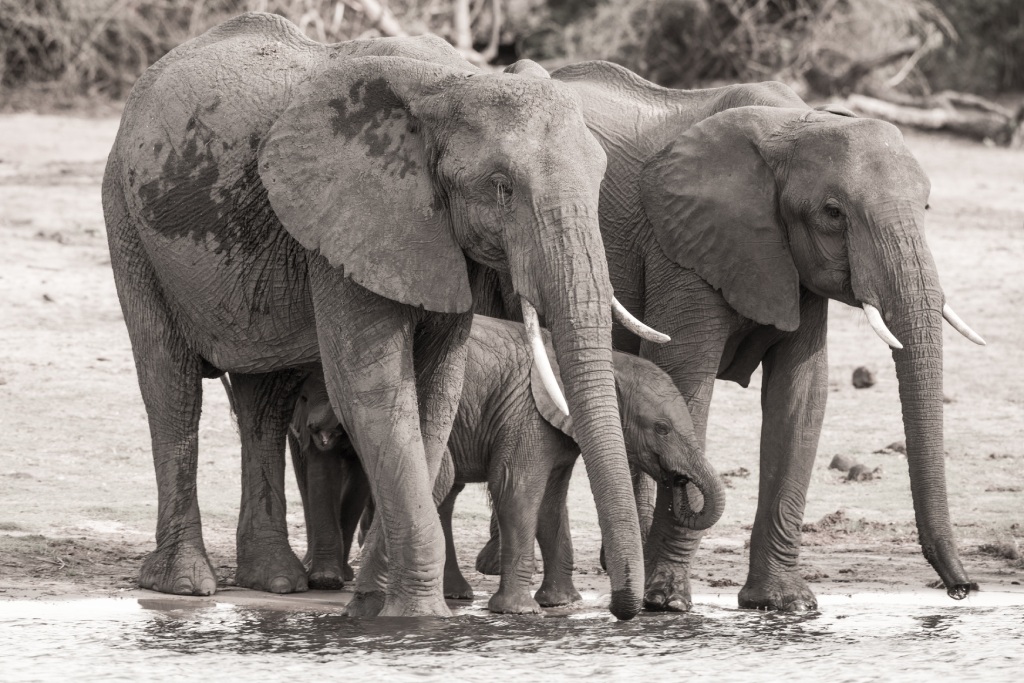
Photo by David W. Shaw
Additionally, the Okavango Delta (more on that later) is a prime area to photograph elephants, which line up along the shore to drink the cool water.
Botswana Photography Tip: When photographing elephants as they drink and cool off in the river, try doing so from a boat. The on-the-water perspective can often help you create images that are more compelling and interesting to view. In particular, a boat trip up the Chobe River will give you opportunities to photograph many other animals, including cape buffalo, crocodiles, hippos, ungulates, and many types of wading birds. Learn more about how you can photograph elephants and other wildlife in Botswana.
Botswana is Known for Chobe National Park
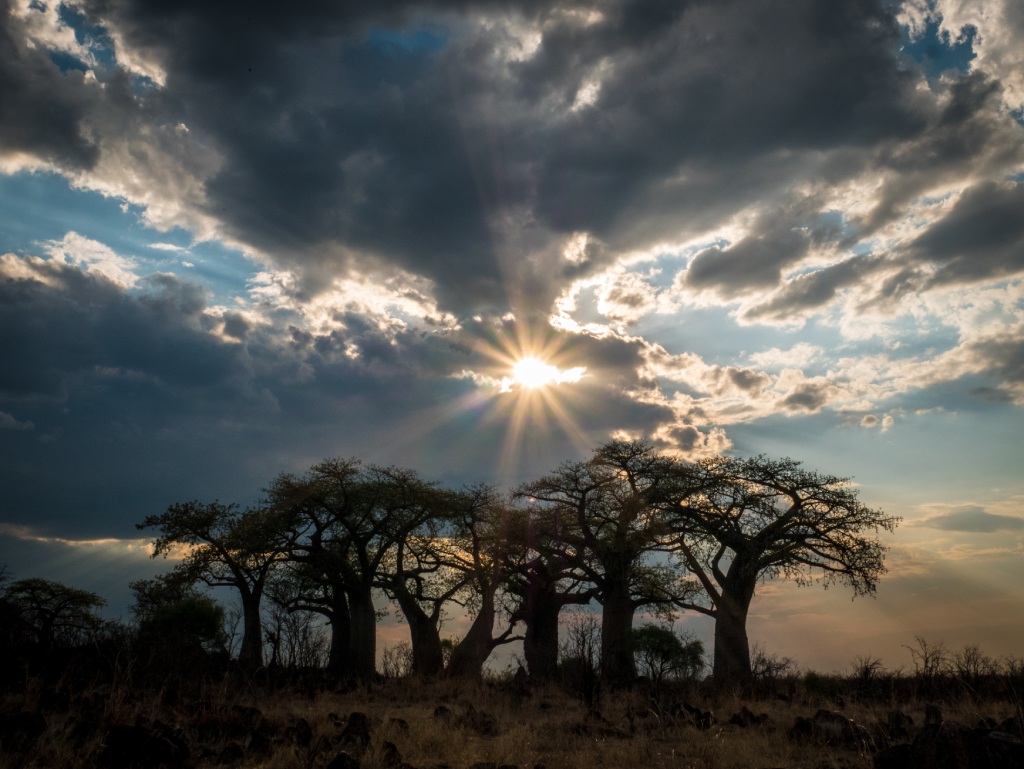
Photo by David W. Shaw
A fun fact about Botswana is that about 17 percent of its land is dedicated to national parks. One of the crown jewels of Botswana’s park system is Chobe National Park.
Prior to becoming a national park, the area was trophy hunting grounds as well as a source of teak wood for the timber industry. Today, both activities are outlawed and the area is a sanctuary.
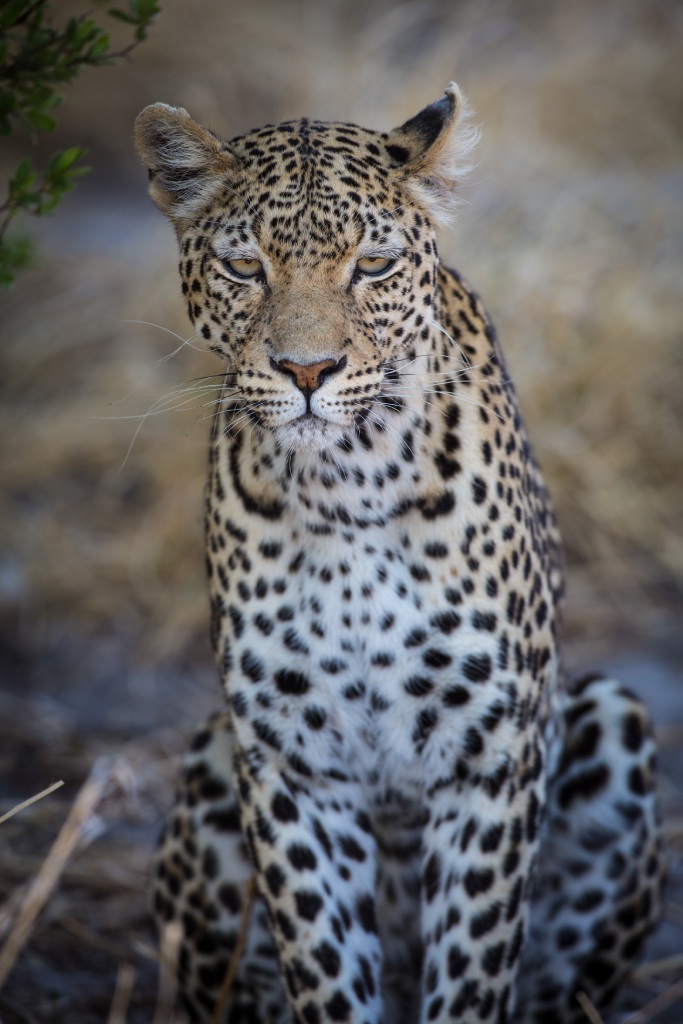
Photo by David W. Shaw
Like many other areas of Botswana, Chobe National Park is brimming with wildlife. In fact, of Africa’s Big Five (lion, leopard, cape buffalo, elephant, and rhino), the rhino is the only one not present in the park.
Botswana Photography Tip: This area has a large bird population and is therefore an ideal place to better your bird photography skills. Try photographing birds set against the setting sun for some spectacular imagery of silhouetted birds.
Botswana is Known for the Okavango Delta
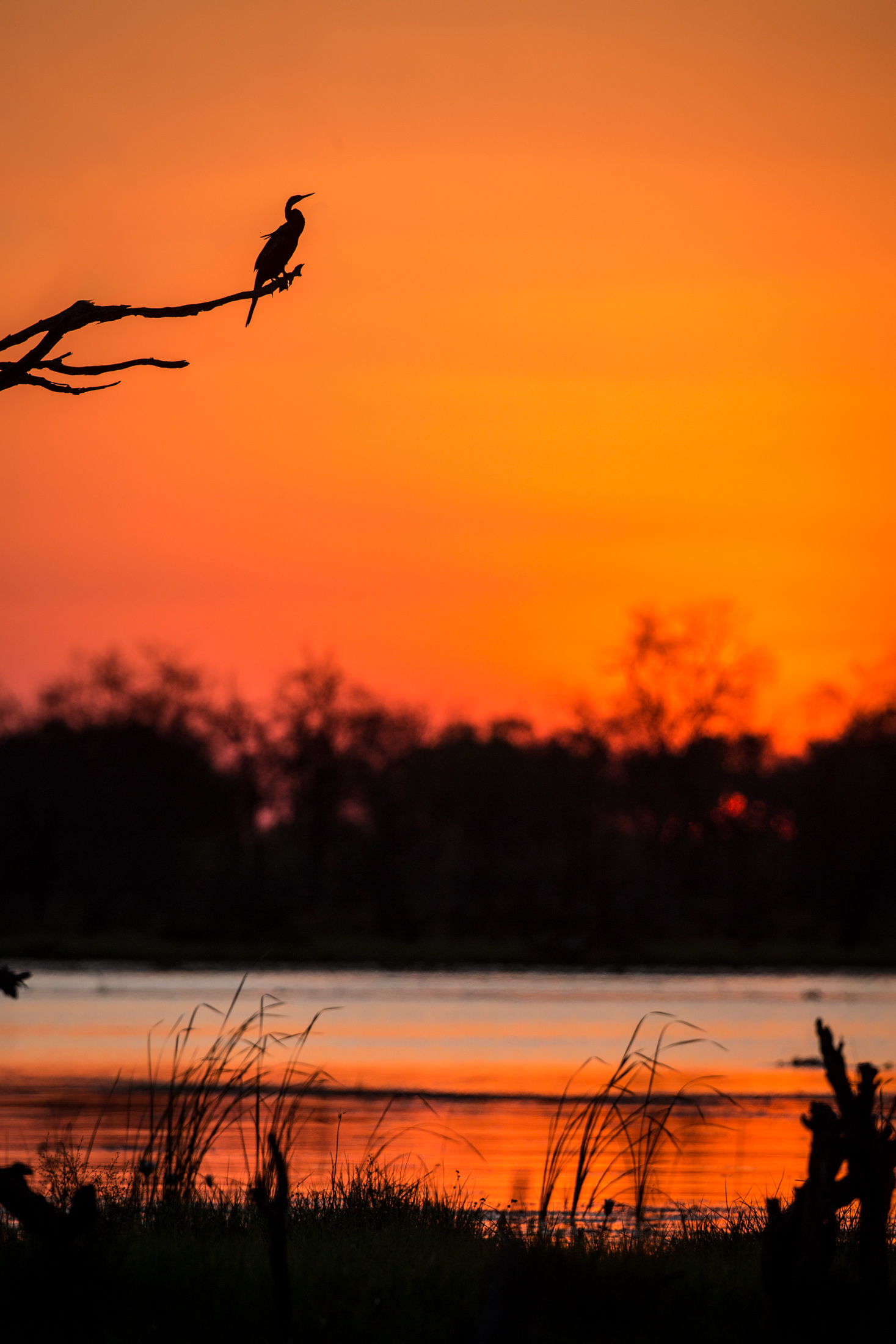
Photo by David W. Shaw
One of the most impressive areas of Botswana is the Okavango Delta, a UNESCO World Heritage Site.
The Delta is created by the Okavango River, which runs through the middle of the Kalahari. It is one of the largest inland river deltas in the world, a lush area ripe with wildlife that contrasts beautifully with the arid landscape of the desert surrounding it.
The abundance of wildlife is attributed to the sprawling grassy plains where many animals migrate to partake of the food sources that are available there. This includes many different species of birds, including Malachite Kingfisher, African Hoopoe, Bateleur, Martial Eagle, and Tawny Eagle.
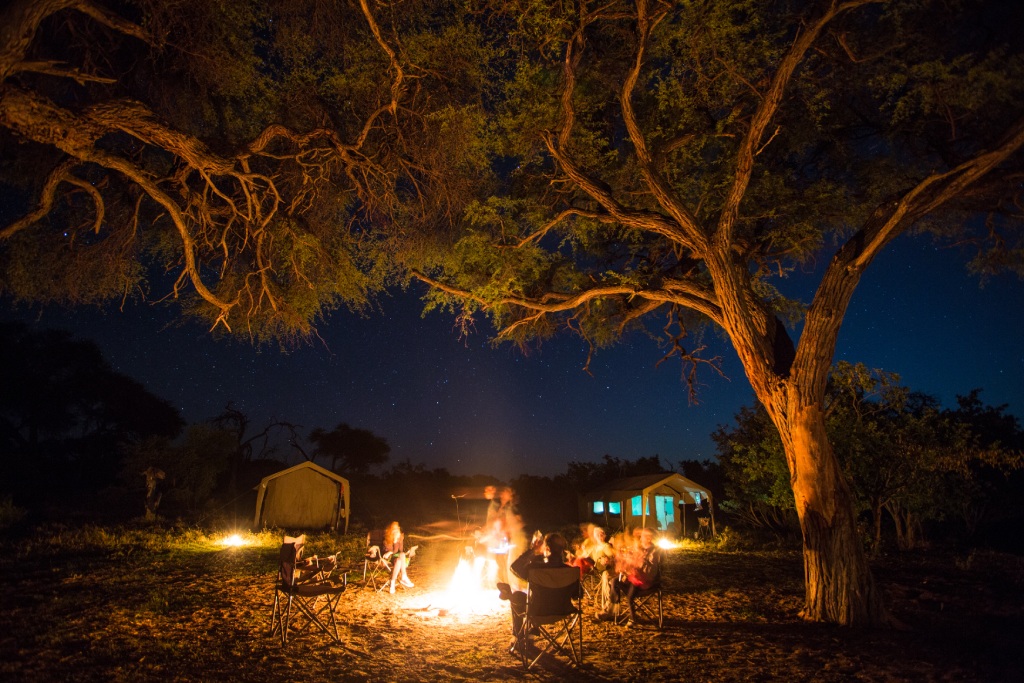
Photo by David W. Shaw
When visiting the Delta, a stay in the Khwai Community Preserve is a must. From waterfront campsites, you can observe innumerable animals as they swarm the area by the thousands to enjoy the riches of the Delta.
Botswana Photography Tip: Be sure to tour the Delta via mokoro canoes, a pole-driven craft that is the traditional mode of transport in this area. Doing so offers you a completely different perspective on the landscape of the Delta than you get from a safari vehicle on land.
Botswana is Known for the Moremi Game Reserve
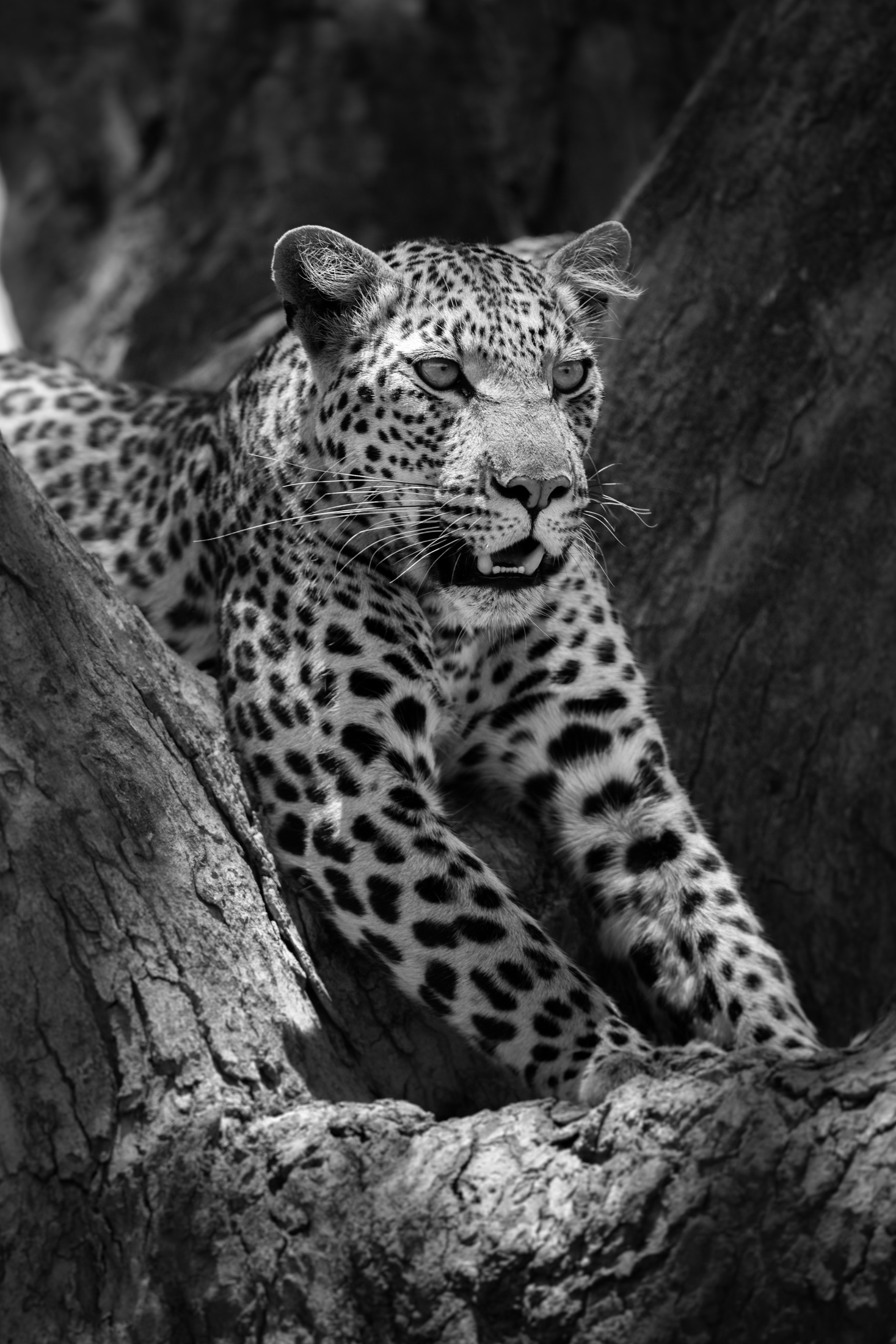
Photo by David W. Shaw
If Khwai doesn’t whet your appetite for the Okavango enough, you can venture further into the Delta and explore the Moremi Game Reserve.
This area is home to some of the densest populations of wildlife in the world, so photographic opportunities are abundant. You’ll see crocodiles, hippos, birdlife, and other animals in and on the water, and on land, you’ll observe rhinos, lions, leopards, and other four-legged creatures.
This area is home to a diverse range of landscapes, including open savannah, forests, and seasonal lakes, so in addition to being a hot spot for developing your wildlife photography skills, you can also practice your hand at photographing many different types of landscapes.
Botswana Photography Tip: When presented with such an incredible array of sights and sounds, it’s tempting to speed up your workflow and start rapid-firing photos in every direction. Instead, practice patience and focus on quality images over quantity. Yes, you’ll have fewer images, but you’ll have better images because of it.
Photography Tours in Botswana
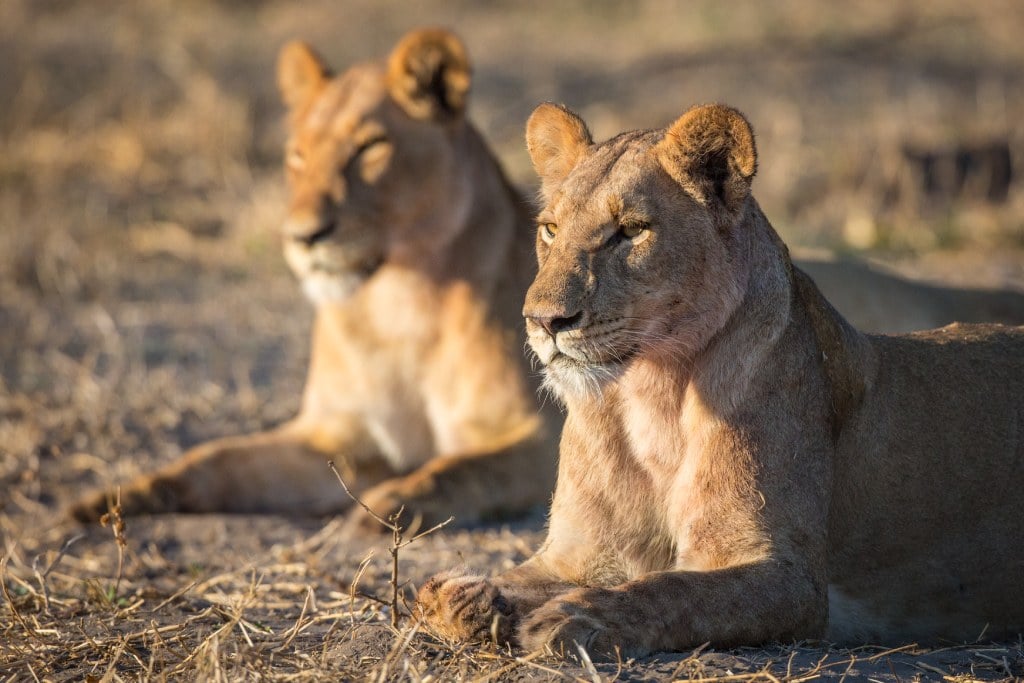
Photo by David W. Shaw
Given the immense beauty of Botswana, it is a hot-bed of photographic activities with many photography tours offered year-round by photographers and guide companies the world over.
When selecting a photography tour in Botswana, it’s important to base your selection not just on the expense and the itinerary, but also on the group size and group leader.
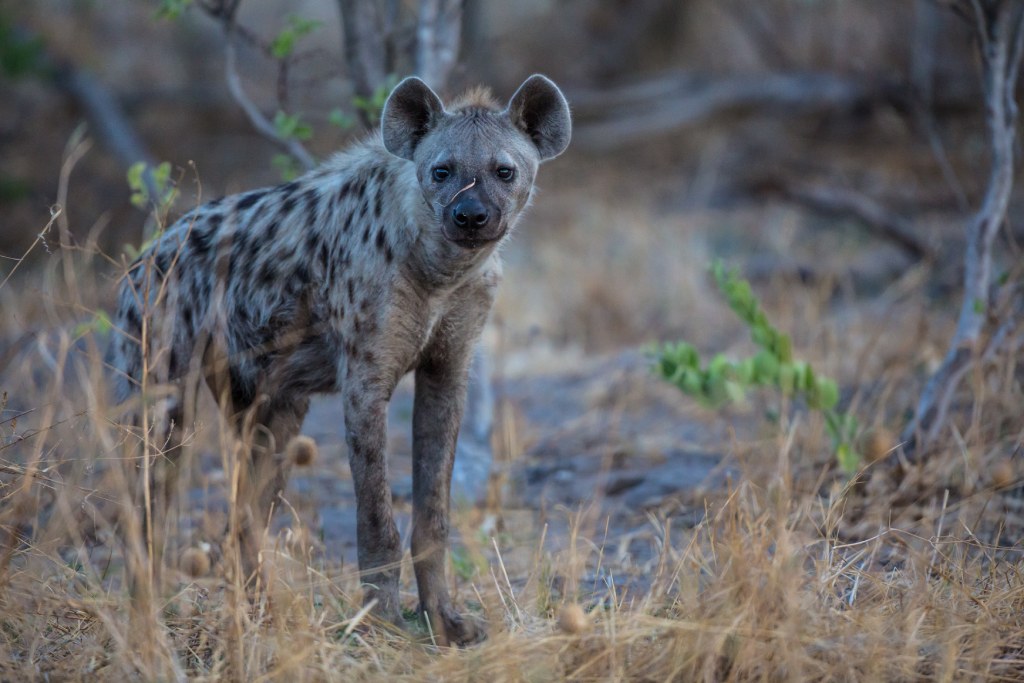
Photo by David W. Shaw
I recently got to know David W. Shaw, whose photos you see throughout this article, and who offers Botswana photography tours.
This guy is the real deal - a professional photographer and biologist whose love for photography is matched only by his knowledge of all things wild.
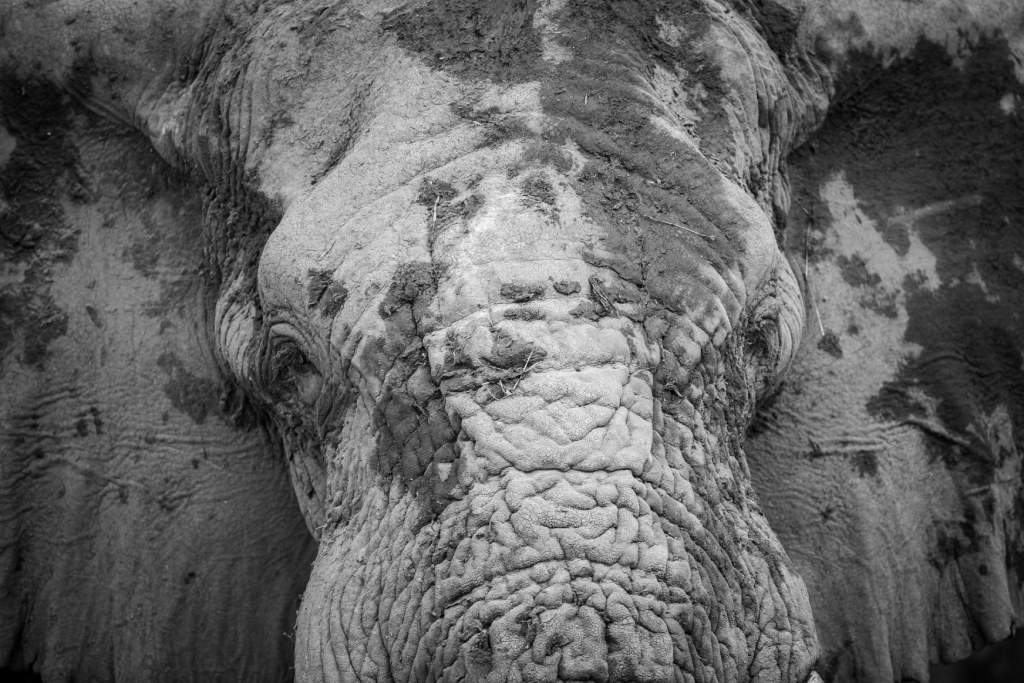
Photo by David W. Shaw
His Botswana tour takes you to each of the locations outlined above and then some. Over the course of 13 days, you’ll be led from one breathtaking location to the next, learning new skills and honing old ones in the field as wildlife surrounds you. From boats and safari vehicles, you’ll explore the wilds of Botswana all the while getting plenty of one-on-one instruction from Dave in a small group setting.
You’ll also visit off-the-beaten-path locations where you can truly connect with nature without the distraction of hundreds of tourists and other photographers.
Sounds great, right?
For more details about exploring Botswana with your camera, visit Dave’s website. You can also learn more about Botswana in Dave’s free ebook, Into Botswana, the Guide to Real-World Outdoor Photography.
We Recommend
What is the Best Focal Length for Wildlife Photography?
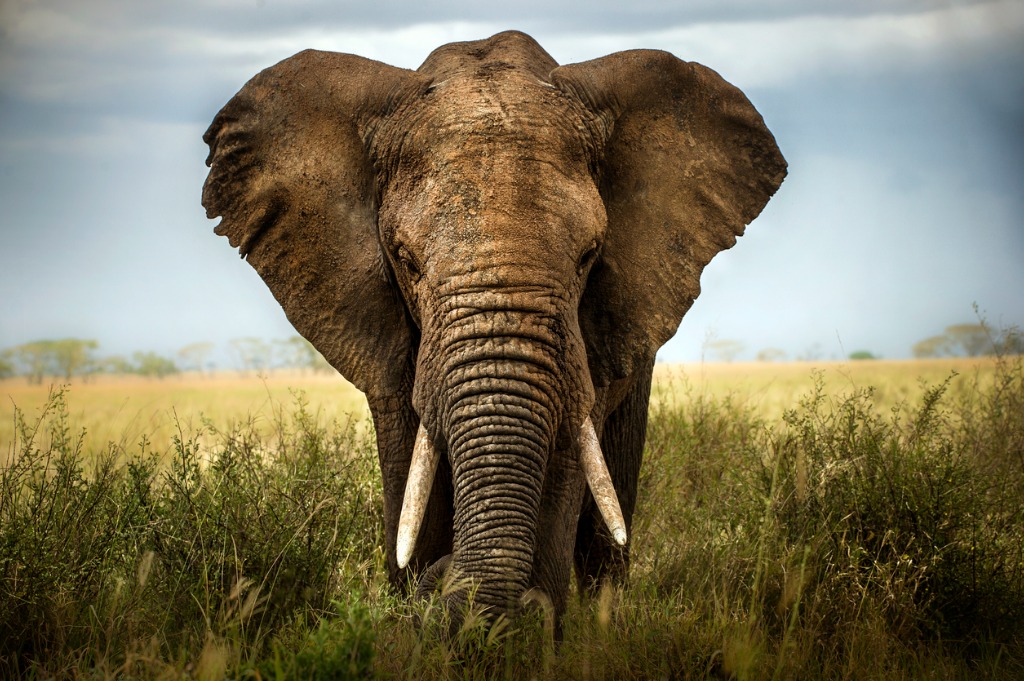
photo bylara_zanarini via iStock
What is the best focal length for wildlife photography? Obviously, there will be as many answers for this question as there are as many photographers that you ask.
The best lenses for wildlife photography will depend on your camera format, the type of wildlife you’re photographing, and your personal style. Regardless of these variables, wildlife photography lenses tend to have a few things in common.
Here is a very short list of wildlife photography gear I like to use and three of my personal favorite contenders for best focal length for wildlife photography.
Fast Medium Telephoto Zoom
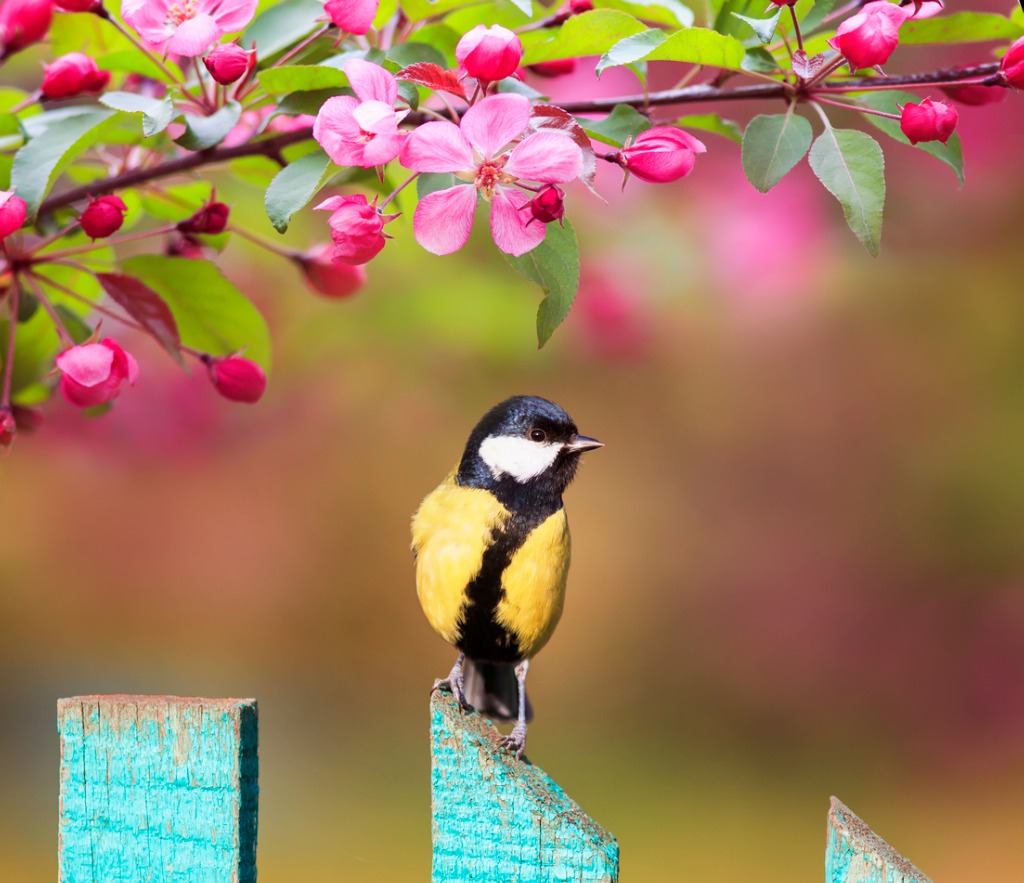
photo byNataba via iStock
Among the most versatile of all lenses is a fast medium telephoto zoom lens. For Full Frame 35mm camera format, a 70-200mm f/2.8 lens is hard to beat.
If you're shooting APS-C format, this lens is also a great choice. The crop factor will yield an equivalent Full Frame format apparent focal length range of 105-300mm which is very useful for wildlife photography.
Medium telephoto is a versatile choice and is able to capture wildlife at a moderate distance with its 4X magnification over normal lenses, 6X if shooting APS-C format. While 200mm is fairly good for magnification and extremely easy to use, it isn’t really very powerful for the National Geographic style of wildlife images many of us aspire after.
That fast maximum aperture is what really opens up the usefulness of this style of lens. Wildlife photography tips tell us how important it is to have a fast enough shutter speed to handle the movement of the subjects and to counteract any camera movement.
A nice wide aperture like this also allows for selective focus techniques that help isolate the subject from the background or surroundings.
The medium telephoto focal length range is one of my options for best focal length for wildlife photography in the tamer wildlife settings of our own backyards such as local parks, the municipal zoo, wooded areas, and even our literal backyard. It has reach and a fast aperture meaning we can usually hand hold the lens for these nearby excursions.
Learn More:
- Basic Composition Tips for Wildlife Photography
- Beginner Wildlife Photography Tip: Basic Camera Settings
Fast Long Telephoto Prime

photo byDennis Stogsdill via iStock
Way back when I first started in serious photography, the lens I and all of my photographer friends drooled after was the 300mm f/2.8 prime focal length telephoto lens.
The prime focal length allowed for a relatively compact size for a fast, long telephoto and was also a sharper lens than many of the long zooms of that time period. I’m not that old, but lens options have improved so much over the past 20 to 30 years.
With today’s zoom lenses offering better and better performance with each new crop released, a 300mm f/2.8 lens may seem a little tame nowadays. Wildlife, tame, get it? Sorry, I’ve been seeing puns everywhere this week.
But other focal lengths and lens speeds are more affordable now. Many manufacturers have a 500mm f/4.0 lens at a price that while high, isn’t out of reach like exotic lenses were a few years ago.
500mm is a great focal length for wildlife photography lenses since it gives us 10X over magnification over the Nifty Fifty normal lens, even more magnification if using one on an APS-C format camera, the crop factor yields an equivalency of 750mm focal length.
Crop factor is a great benefit for wildlife photography, as it provides wildlife photographers with a fantastic reach from telephoto lenses. Since there are so many amazing cameras in APS-C format with professional ruggedness, high quality, and even weather sealing, they have became a a favorite of many wildlife photographers.
Ultra-Long Third-Party Zoom
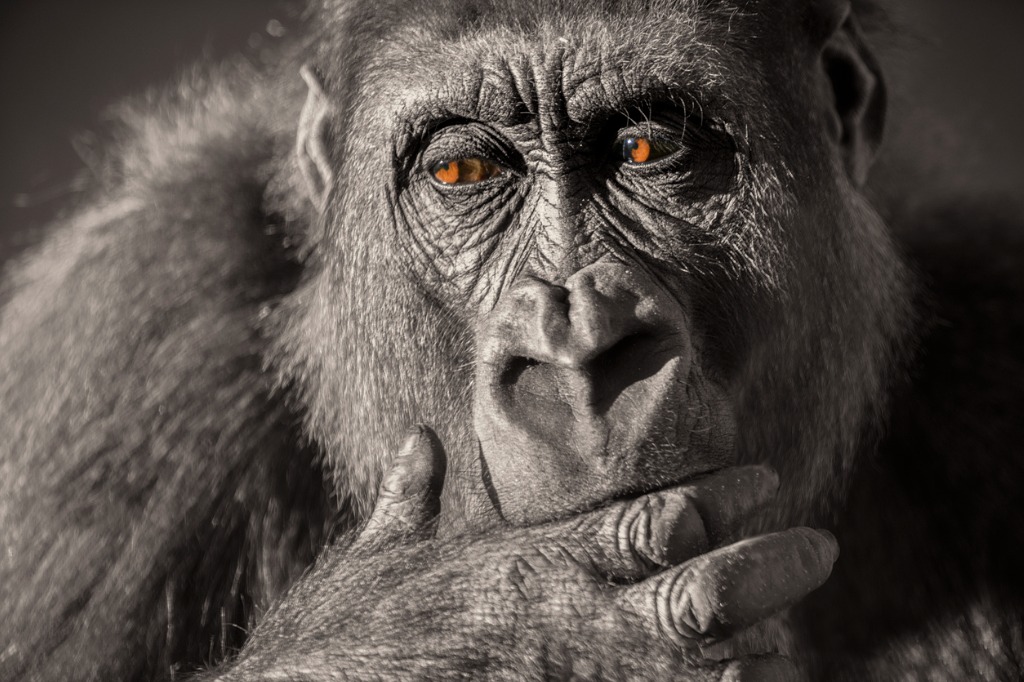
photo bySjo via iStock
Many of the lens choices for my first two recommendations are camera manufacturer brands, though there are some great choices for those lenses from high quality third-party lens manufacturers.
A lens type that I have to like as a nice recommendation for best focal length for wildlife photography is the ultra-long zoom telephoto lenses from several of the better third-party manufacturers.
Two makers have lenses in a focal length range of 150-600mm, with a maximum aperture that isn’t too shabby, variable from f/5 at 150mm to f/6.3 at the 600mm end. Used on an APS-C format camera, the apparent focal length based on crop factor (compared to 35mm Full Frame) is 225mm to a whopping 900mm, or 18X magnification over 50mm.
That’s some serious lens firepower for wildlife photography gear. The major issue with this style of lens is size and weight. Tripod or monopod use is very recommended.
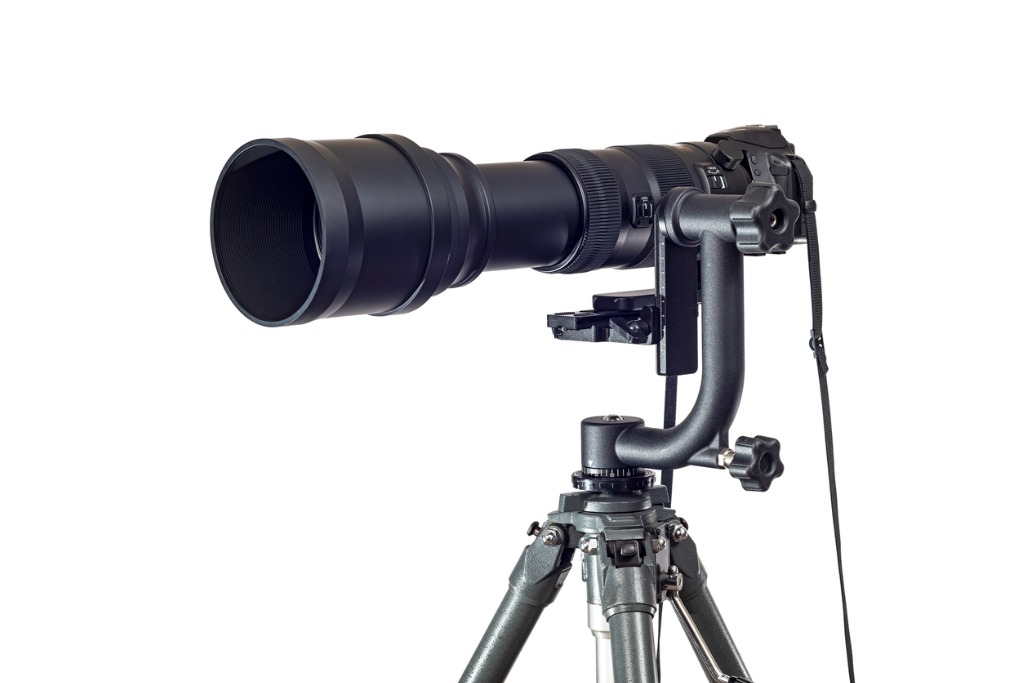
photo byWendellandCarolyn via iStock
Another of the important wildlife photography tips is to grab a gimbal tripod head. We talk alot about gimbals in our videography articles, using them as stabilization for video movement.
That’s not the gimbal we're talking about for capturing still images of wildlife. A tripod head gimbal is a mount that lets you rapidly reposition the camera and lens to follow the subject while still giving a stable platform for shooting.
As you can see, choosing the best focal length for wildlife photography is not a cut and dried job. There are a lot of excellent choices available, even the option of using a pro or prosume level APS-C camera opens up our available lens preferences.
Most likely, like me and thousands of other serious wildlife photographers, you’ll end up with more than one of these wildlife photography lenses.
Learn More:
- The Canon 7D Mark II Is a Great Budget Camera for Wildlife Photography
- Wildlife Photography Tips for Bad Weather
We Recommend
Wild Cats of Africa
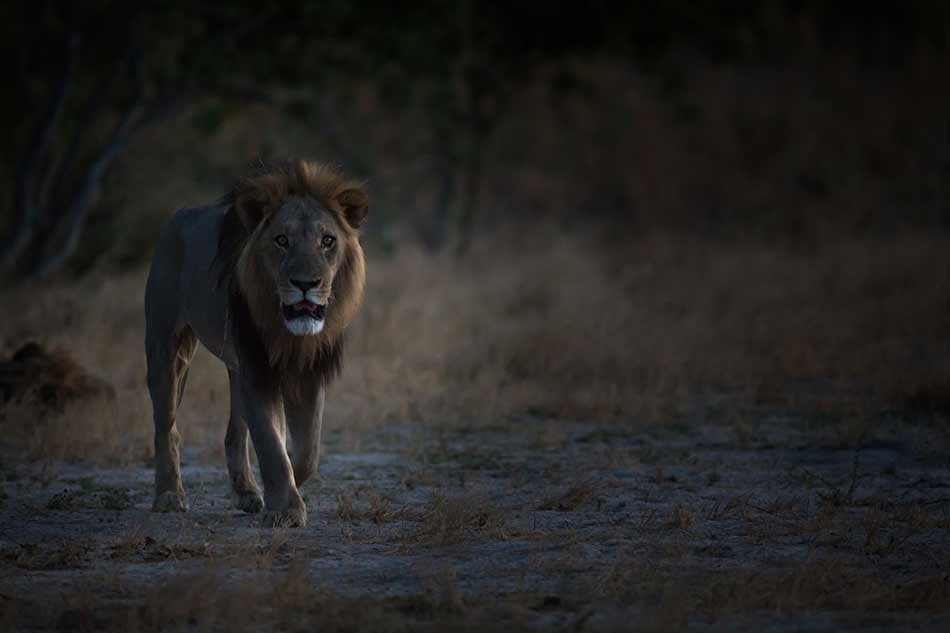
photo by David W. Shaw
There is no doubt that Africa is a photographer’s dream with varied landscapes, welcoming people, and an abundance of wildlife that is unparalleled.
Of course, among all that wildlife are Africa’s wild cats - a top subject for wildlife photographers exploring this beautiful continent.
Below, we highlight some of the big cats you’ll want to seek out on your next adventure to Africa as well as a few smaller species that aren’t as well known but are nonetheless a prime subject for your photos.
Table of Contents
- Wild Cats of Africa: Lions
- Wild Cats of Africa: Leopards
- Wild Cats of Africa: Cheetahs
- Wild Cats of Africa: Caracals
- Wild Cats of Africa: Black-Footed Cats
- Wild Cats of Africa: Servals
- Wild Cats of Africa: African Golden Cats
- Photographing Africa's Wild Cats
Wild Cats of Africa: Lions
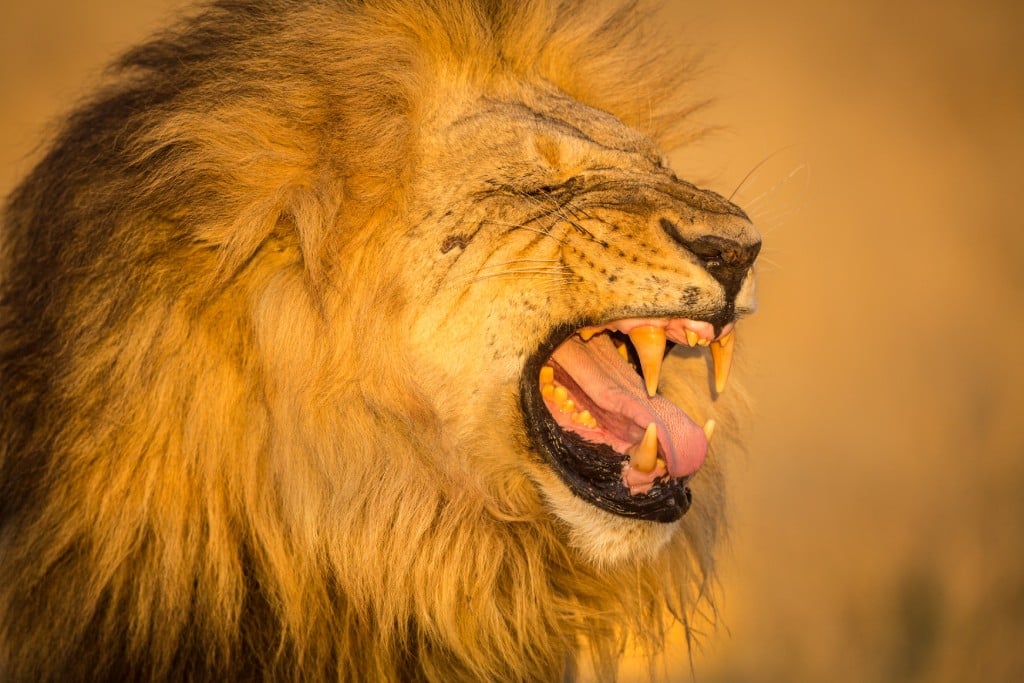
photo by David W. Shaw
Lions are found in the wild in both Asia and Africa, though in both places the range of these animals as well as their numbers have dwindled in the face of poaching, habitat loss, and other human activities.
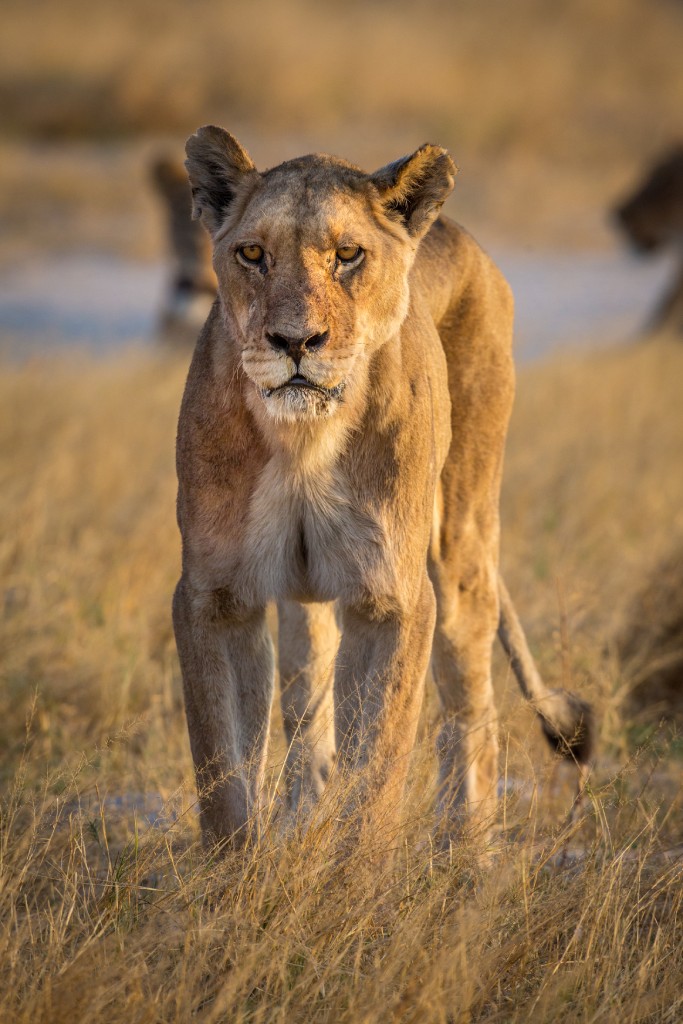
photo by David W. Shaw
In Africa, lions are still numerous in the North, where they prefer the grasslands of savannas. The largest cat in Africa, lions are apex predators and prey on virtually any other wildlife in their range, particularly ungulates.
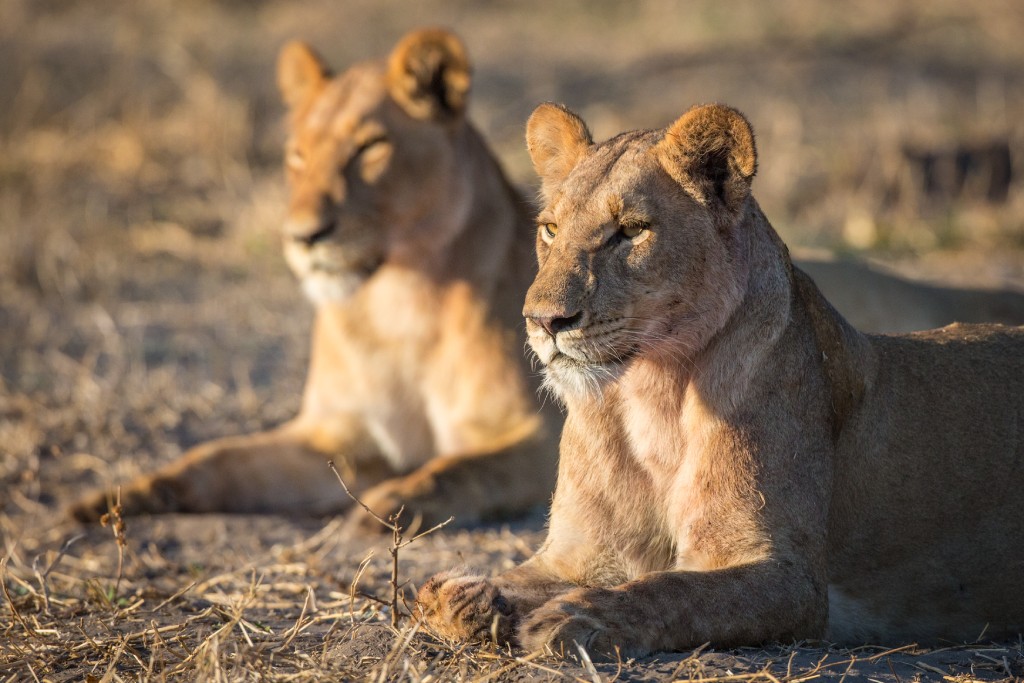
photo by David W. Shaw
Unlike many cat species, lions are extremely sociable, which makes for excellent photo opportunities of prides of lions together, young lions playing, and so forth.
Lion photography tip: Mix up your portraits of lions by shooting close-ups and wider shots. Close-ups give the viewer a better look at the lion’s features and small details like their whiskers, while wider shots put the lion in the context of its surrounding.
Wild Cats of Africa: Leopards
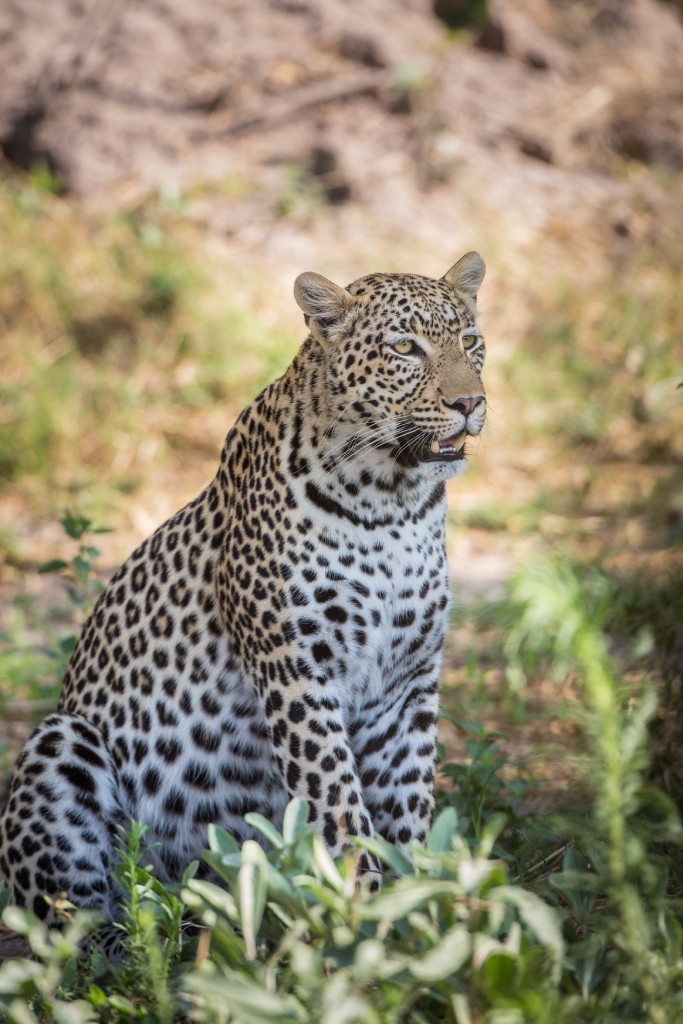
photo by David W. Shaw
Leopards, which are instantly recognizable thanks to their spots, typically range in sub-Saharan Africa.
However, unlike lions, which prefer open savannas, leopards are highly adaptable to many different environments and can thrive from savannas to rainforests thanks in part to being excellent climbers and swimmers.
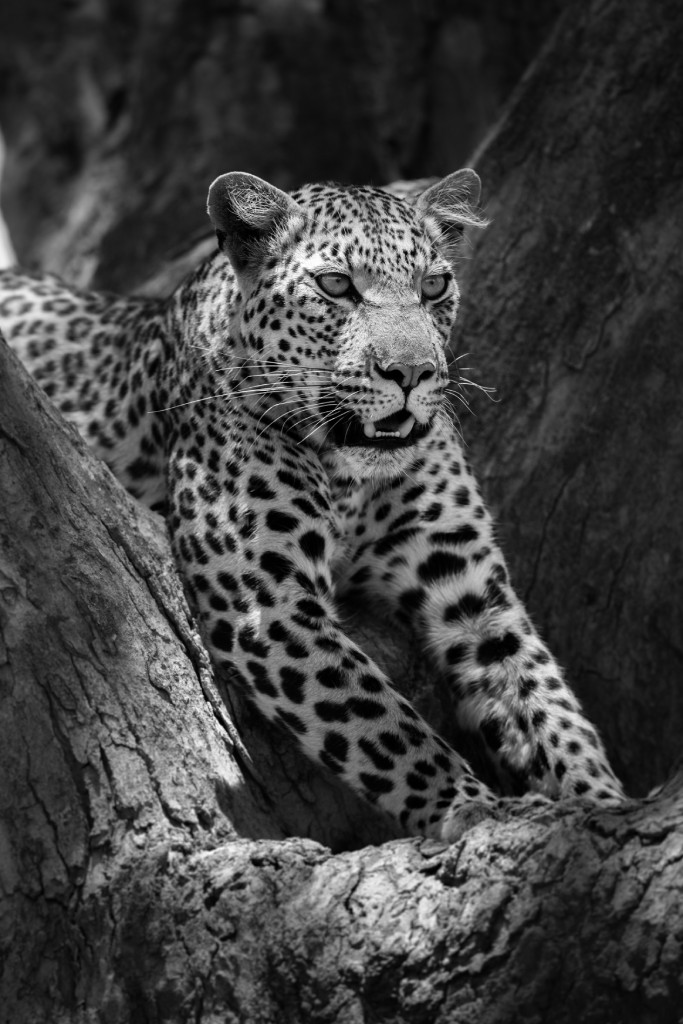
photo by David W. Shaw
Though smaller than lions, leopards are still enormous cats, with males often weighing up to 130 pounds and females weighing up to 88 pounds.
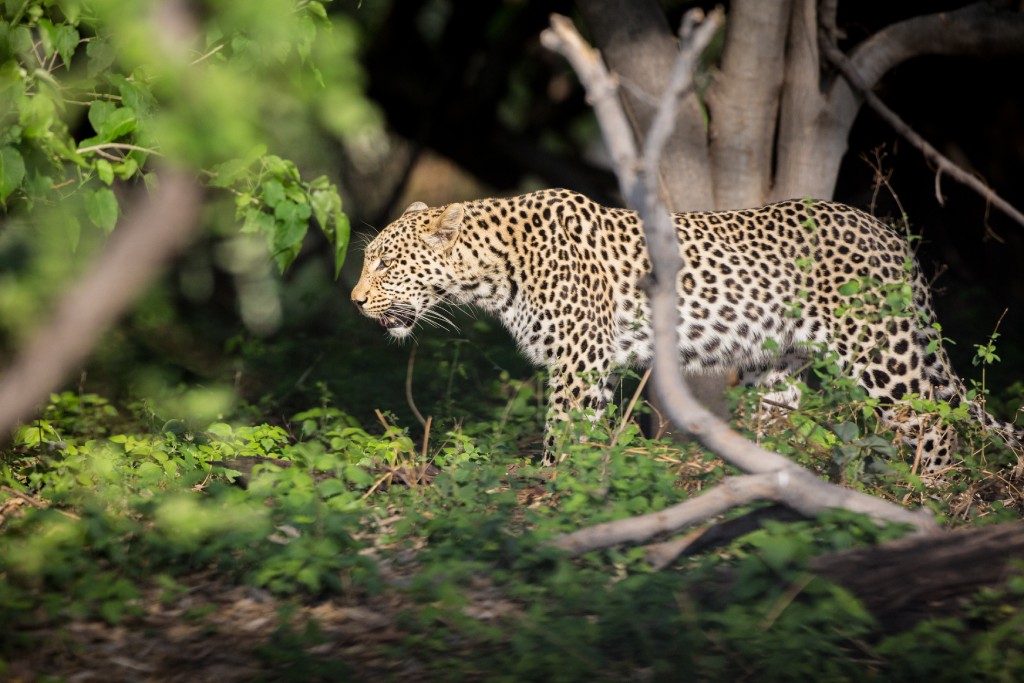
photo by David W. Shaw
Aside from their spots, the most identifiable feature of leopards is likely their speed, which can exceed 35 miles per hour.
Leopard photography tip: Photographing leopards (and any other African cats) requires immense patience. Don’t settle for shots of the leopard lounging in a tree. Instead, wait patiently for the cat to look up, turn their head, or otherwise move around for a more compelling shot.
Learn More:
- What is Botswana Known For?
Wild Cats of Africa: Cheetahs

photo by Stefonlinton via iStock
Like leopards, cheetahs are found in a variety of habitats from thick woodland areas to open savannas.
Naturally, open savannas are a prime area for cheetahs to hunt given that they can run full tilt, which can exceed 70 miles per hour in short bursts.
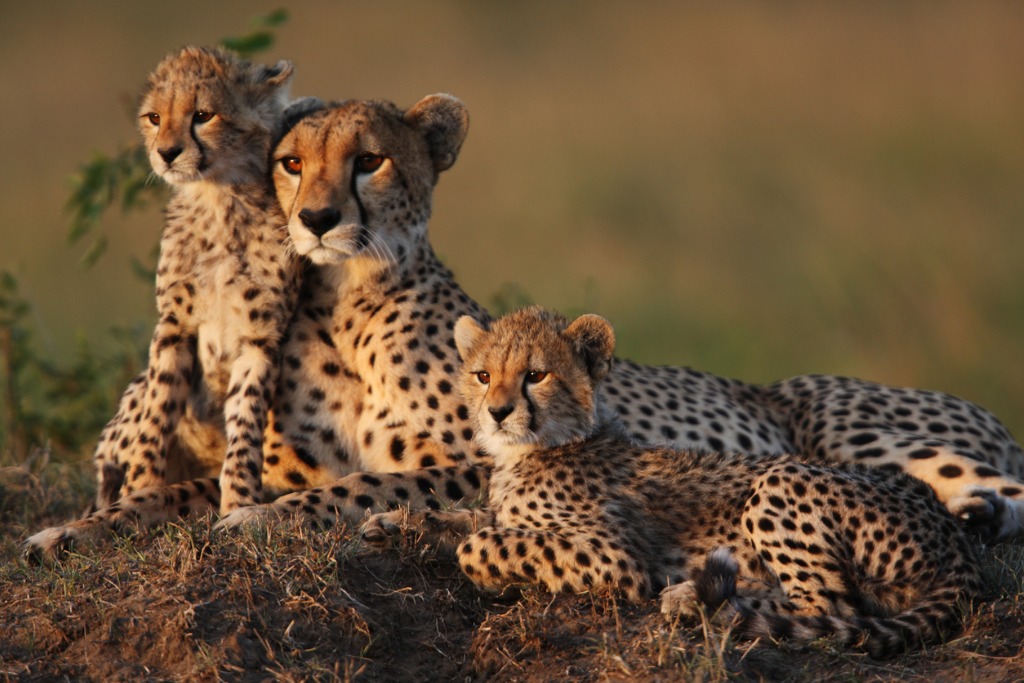
photo by GP232 via iStock
There are five subspecies of cheetah, four of which reside in Africa - the Tanzanian cheetah, the Sudan cheetah, the South African cheetah, and the Northwest African cheetah. Each species is vulnerable, with the exception of the Northwest African cheetah which is critically endangered.
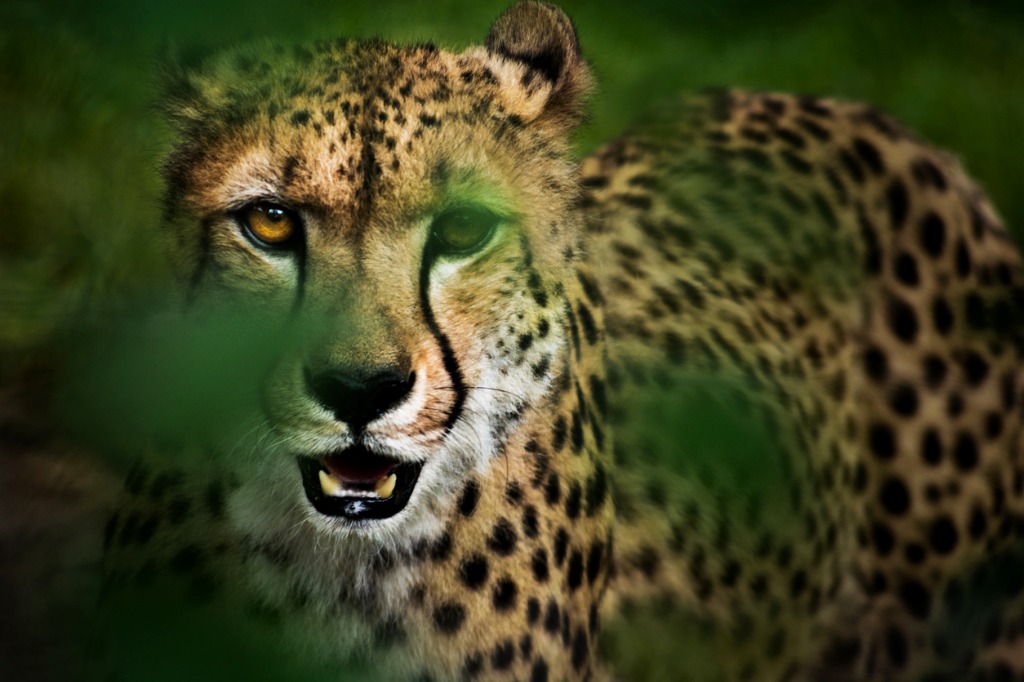
photo by Zocha_K via iStock
Aside from their blazing speed, cheetahs are perhaps best known for the black streaks on their face. Their spotted coat, deep chest, long tail, and slender build are further identifying features.
Cheetah photography tip: Cheetahs are more solitary than other big cats, though you can often spot mothers with cubs for taking “family portraits.” Likewise, be on the lookout for multiple males together. Typically, if males are together they are brothers and utilize one another’s help to bring down larger prey. Cheetahs are the least numerous of the big cats in Africa, so sightings of pairs and groups will make for a unique photo.
Wild Cats of Africa: Caracal
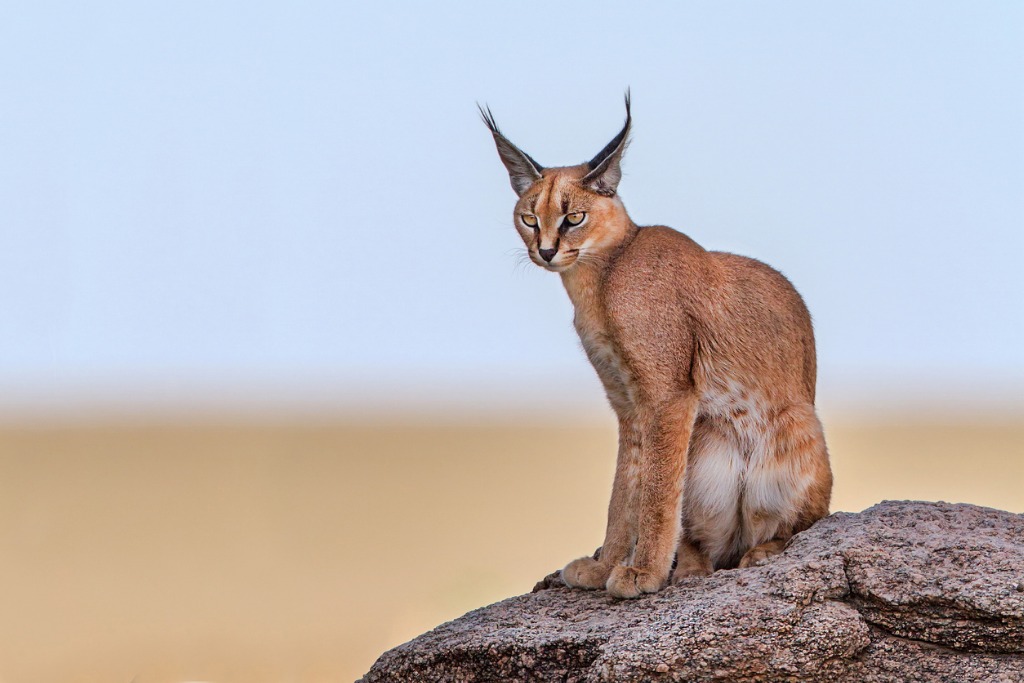
photo by alessandrocatta via iStock
Found in a variety of habitats including semi-deserts, forests, and savannas, caracals are extremely elusive and are mostly nocturnal with ranges that can include hundreds of square miles. As a result, they are difficult to photograph.
Their distinguishing feature is their ears, which have black tufts of fur at the tips, not unlike a Lynx. In the wild, they can have varying coat colors as well, ranging from black to reddish to sandy colored.
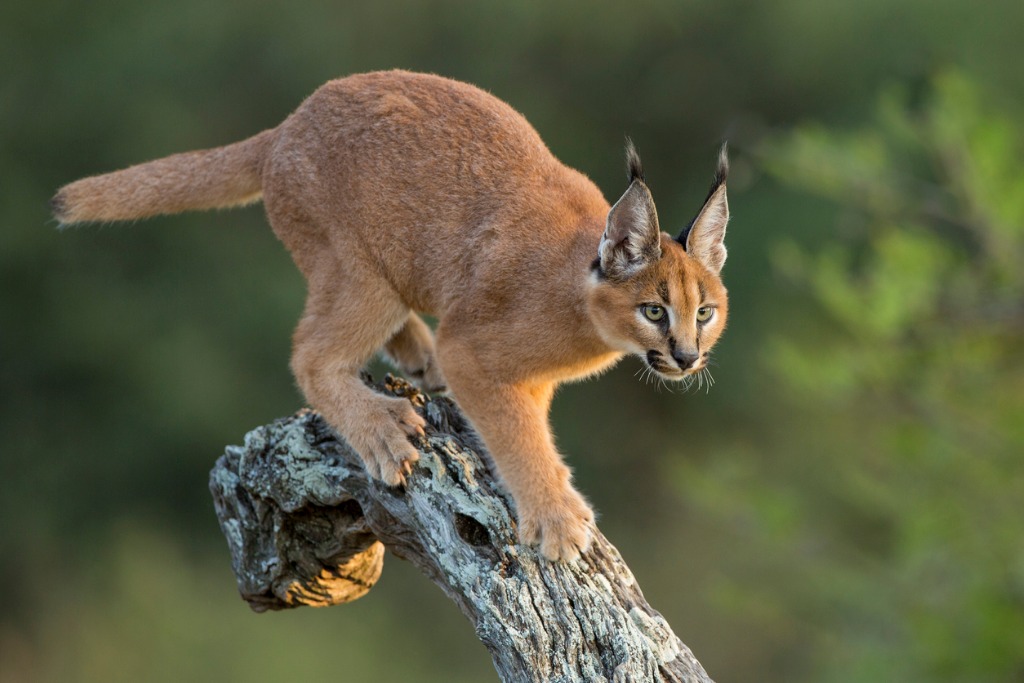
photo by StuPorts via iStock
This smaller cat - adults typically weigh around 25 pounds but can weigh as much as 40 pounds - feed mostly on rodents, birds, and small mammals. And while they are fast runners, with a max short-distance speed in excess of 50 miles per hour, their leaping ability is more impressive. Caracals can jump up to 16 feet high and snatch birds in flight right out of the sky.
Caracal photography tip: Photographing these cats is extremely difficult due to their elusive nature. Keep your eyes peeled for these cats as you explore Africa, particularly at dusk.
Learn More:
Wild Cats of Africa: Black-Footed Cat
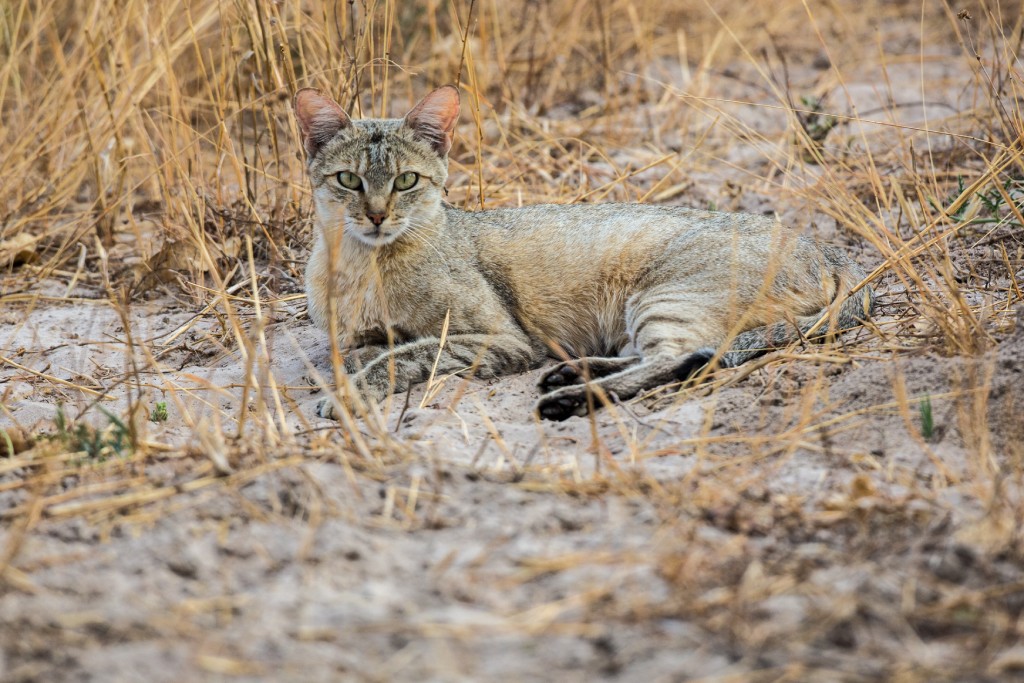
photo by David W. Shaw
As you might imagine, the black-footed cat gets its name from its distinctive black feet.
The smallest of the wild cats in Africa, this cat typically ranges in dry savannas, grasslands, and semi-desert areas where they feed primarily on small prey like birds, rodents, and rabbits.
Like caracals, black-footed cats are a rare sight in Africa thanks to their nocturnal nature and solitary existence. During the day, they rest in abandoned burrows of other animals or even in old termite mounds. Complicating matters is that these cats rarely drink water because they absorb moisture from their prey, so spotting them at watering holes is unlikely.
Black-footed cat photography tip: Perhaps the best time to photograph these cats is after young are born, which is typically in November and December. Mother cats will be more active looking for food for her young and once the young are old enough to emerge from the den, you might be lucky enough to spot them.
Wild Cats of Africa: Serval
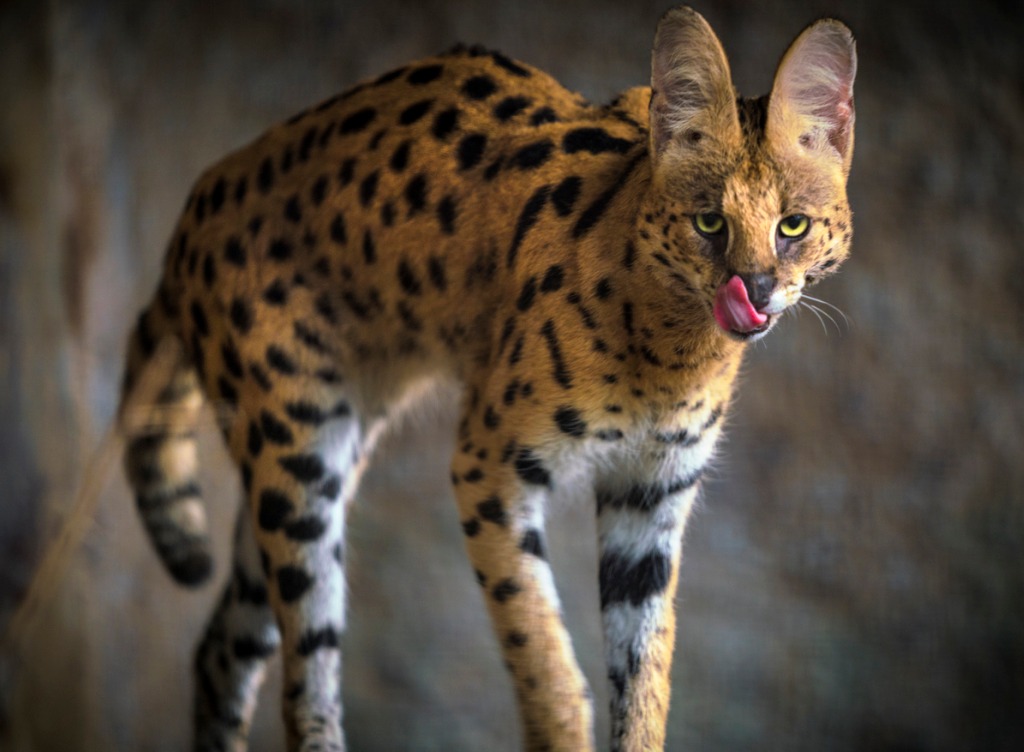
photo by Gypsy Picture Show via iStock
Servals, unlike black-footed cats, prefer habitats near water.
Larger than black-footed cats, servals are about the same size as caracals. Likewise, servals have interesting ears, which are extremely large in comparison to its body size. Its large ears are used like radar so the animal can zero in on the location of prey. Another identifying feature of the serval is its extremely long legs.
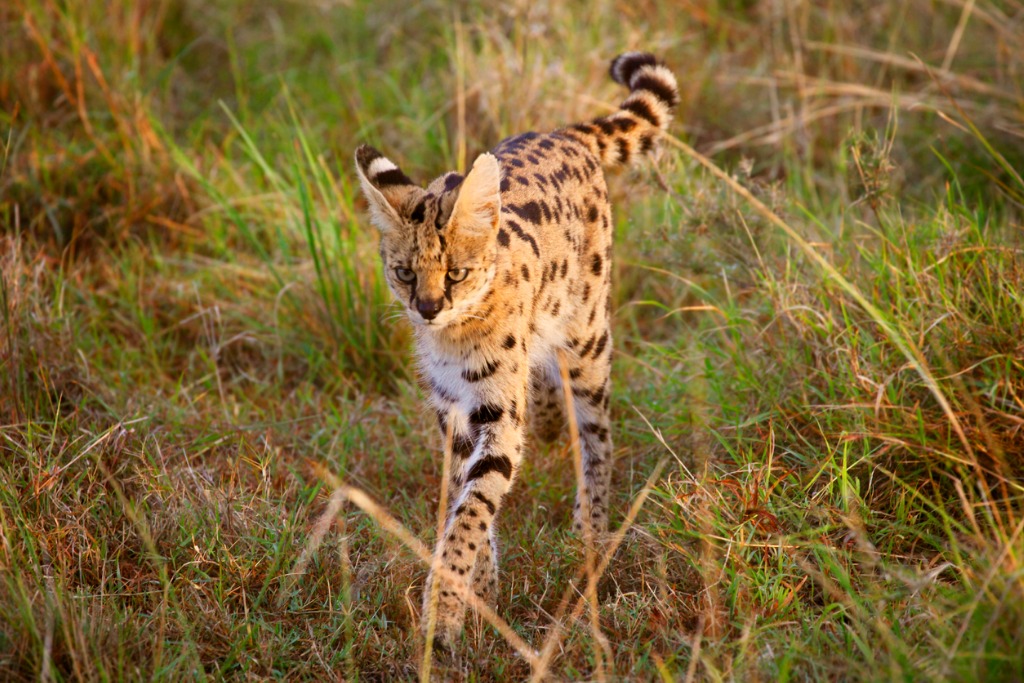
photo by narvikk via iStock
Servals are active during the day as well as the night, so they’re easier to spot and photograph than some of the other smaller cats in Africa.
Serval photography tip: Since servals are solitary animals, mating season provides increased opportunities for photographing them. Though these cats have no set mating season, the spring is the most likely time when you’ll find mates together.
Wild Cats of Africa: African Golden Cat
The African golden cat typically lives in bamboo forests, rainforests, and high moorlands in West and Central Africa.
Of the cats outlined here, this one is by far the most elusive, and as a result, photographing it in the wild is a rarity. Beyond that, not nearly as much is known about this cat given its propensity to stay away from humans and other animals.
Get a look at the elusive African Golden Cat in the video above by National Geographic.
Photographing Africa’s Wild Cats
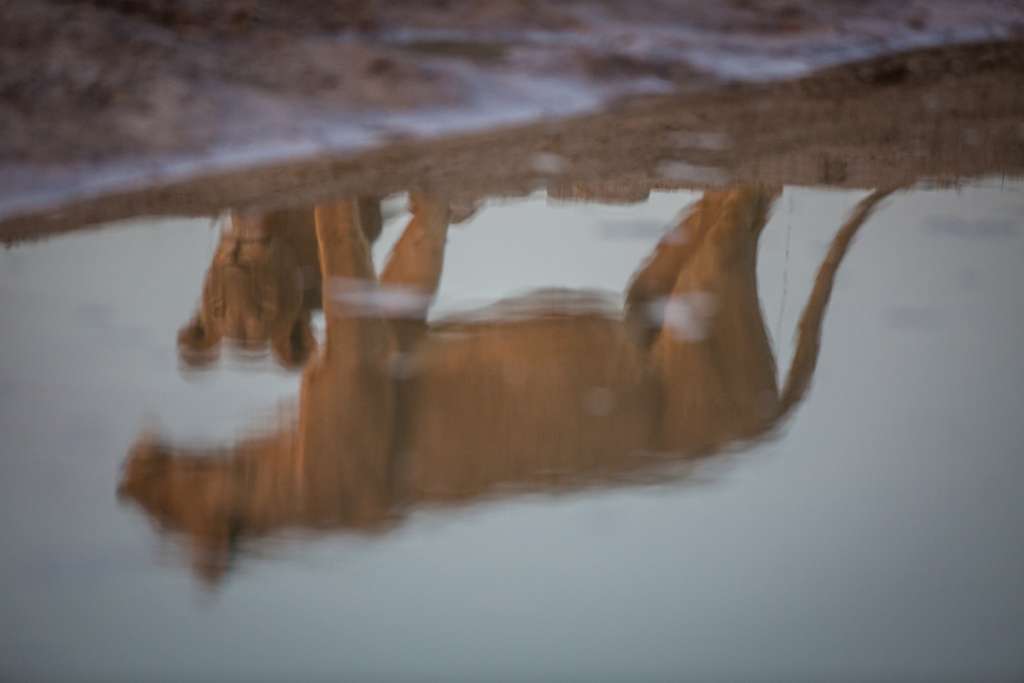
photo by David W. Shaw
As noted several times above, some of these cats are extremely elusive, making them difficult to photograph.
Having a knowledge of their behavior and characteristics will certainly help you plan your visit to Africa to capitalize on the best timing for photographing these cats.
Of course, venturing to Africa on a photo tour is the best way to see these cats (and Africa’s other magnificent wildlife). Participating in a small-group tour means you don’t have to plan your itinerary or book your accommodations in-country. Instead, you can sit back, relax, and enjoy individual instruction on how to improve your photography skills.
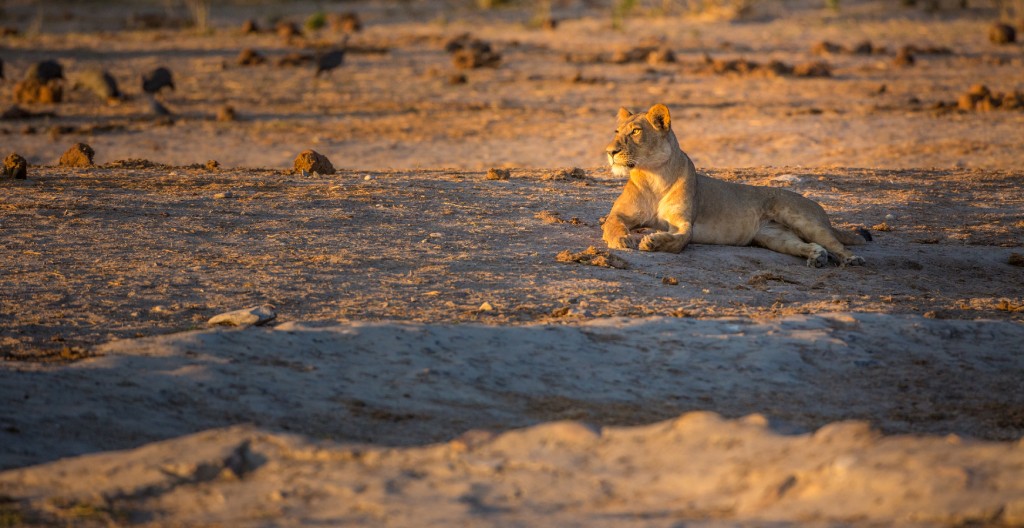
photo by David W. Shaw
A trip like this is best had with a professional photographer that has an intimate knowledge of wildlife. After all, who better than a biologist to understand the behavior and habitat of Africa’s cats?
David W. Shaw is one such man, a pro photographer with both undergraduate and master’s degrees in biology. With his knowledge of these disciplines, you’ll find yourself in a prime position to capture the best possible photos of African cats and other wildlife.
Additionally, what sets Dave’s workshops and tours apart from others is the off-the-beaten-path locations you get to explore. You won’t have to fight for position among a sea of other tourists; instead, you’ll often find yourself in the wild, just your small group and Africa’s beauty to keep you company.
For details on Dave’s upcoming Discover Botswana Workshop, visit his website.
